- Chile Wines of the Year 2024
- Hunter Valley: History to High Jinks
- Life or Death? On Wine and Health
- Chinese Wine: What’s the Deal?
- Your Ultimate Guide To Wine Faults
- Portugal’s Great Whites
- The Vines of the Future
- WINES OF THE YEAR 2024
- Lessons in Wine Chemistry
- Don’t Know the Great Southern? You Should
- Margaret River Finds its Voice
- Why Wine Matters
- Appellation Marlborough Wine
- Wine in a Can – Sacré Bleu!
- RIDGE – The Insider’s Guide
- Do You Need More than One Wine Glass?
- Fake Wine: A Laughing Matter?
- News & Views 2025
- Battle of the Bubbles
- ‘Adrenaline rush’: Wine Auctions & Trends with iDealwine
- AO YUN – The Insider’s Guide
- Essex: Class in a Glass
- There’s Prosecco – and there’s Conegliano Valdobbiadene
Summary
Margaret River is renowned as one of the world’s foremost fine wine hotspots – but it only got started in 1967, so how has it built that reputation so fast?
What makes this corner of Western Australia unique?
Why is it called, ‘wine utopia’ as well as, ‘the best hangover cure known to man’?!
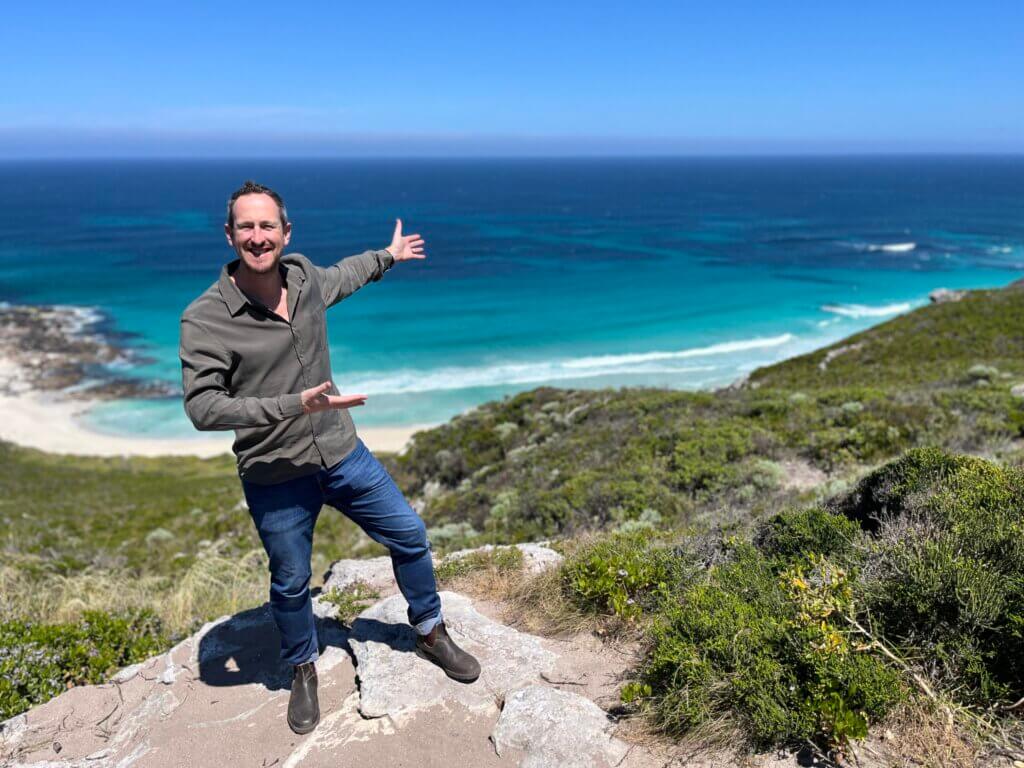
Join us as we go behind the scenes with a star-studded list of Margaret River wine royalty, from Cape Mentelle to Cloudburst via Vasse Felix, Cullen, Moss Wood, Xanadu, Voyager, McHenry Hohnen and Larry Cherubino.
We talk elegant Cabernet and savoury Chardonnay (plus the odd bit of Savagnin), also touching on things as diverse as Alfred Hitchcock, space invaders, Formula One, Tall Poppy syndrome, kangaroos, transparency, margaritas, radiometrics, raucous birds and short shorts. We even take a moment to appreciate a bit of opera…
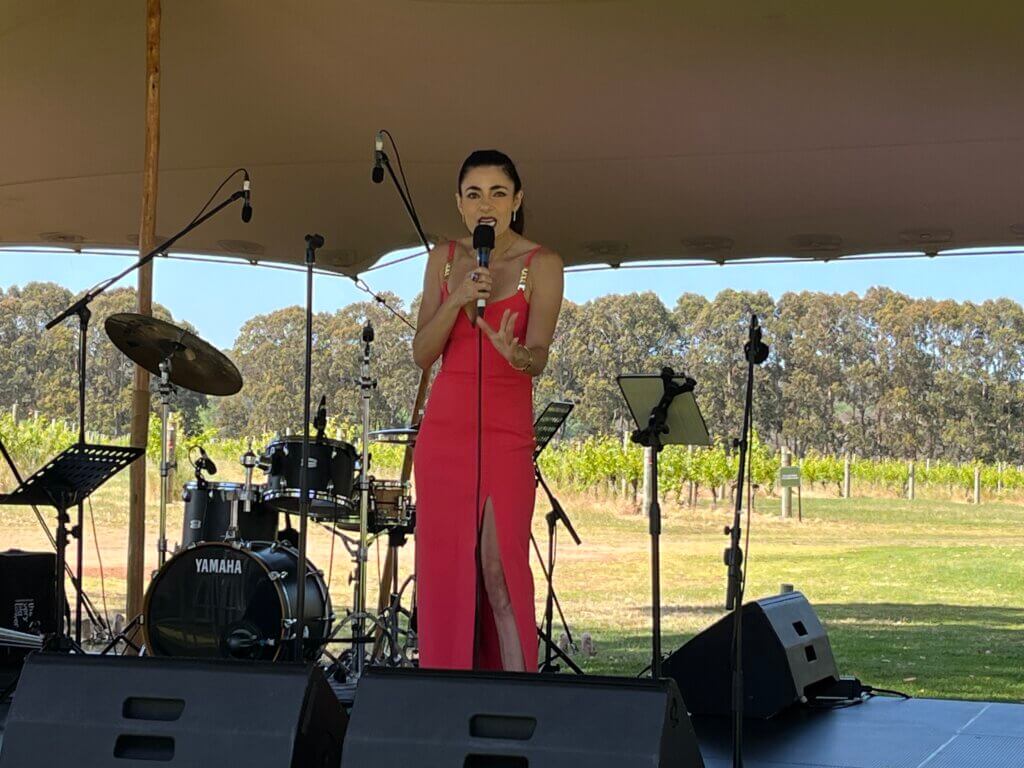
This is a sponsored episode in conjunction with Western Australian government and industry – the second in a two-parter mini series (check out our episode on the Great Southern to get the first instalment).
ps if you spotted our cockatoo / kookaburra mix-up in this episode – we just wanted to check how hard you were listening. Honest….
Starring
- Keith Mugford, Moss Wood
- Vanya Cullen, Cullen Wines
- Virginia Willcock, Vasse Felix
- Glenn Goodall, Xanadu
- Tim Shand, Voyager Estate
- Japo Dalli Cani, McHenry Hohnen
- Dave Moulton, Cape Mentelle
- Will Berliner, Cloudburst
- Larry Cherubino
- Erin Larkin
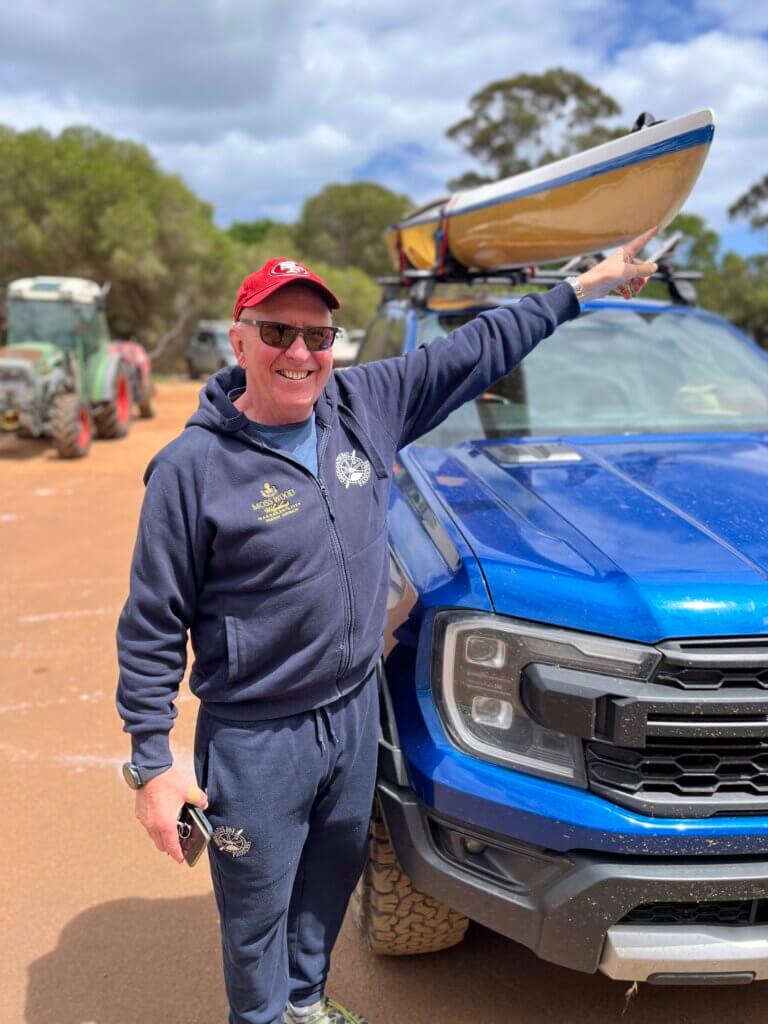
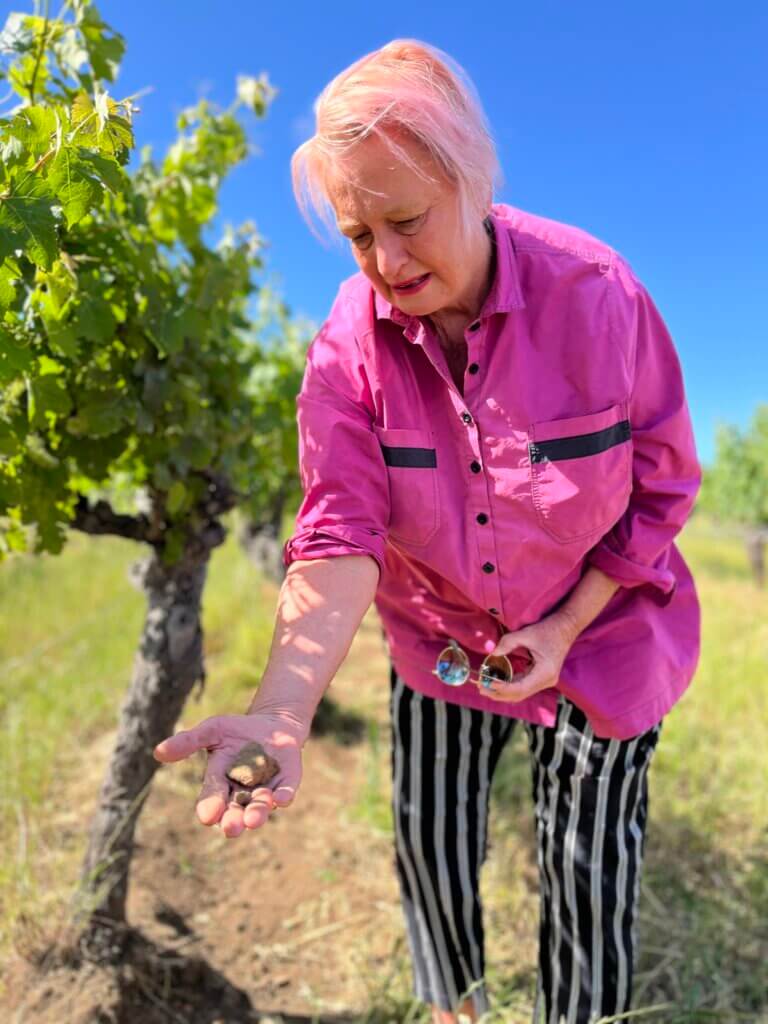
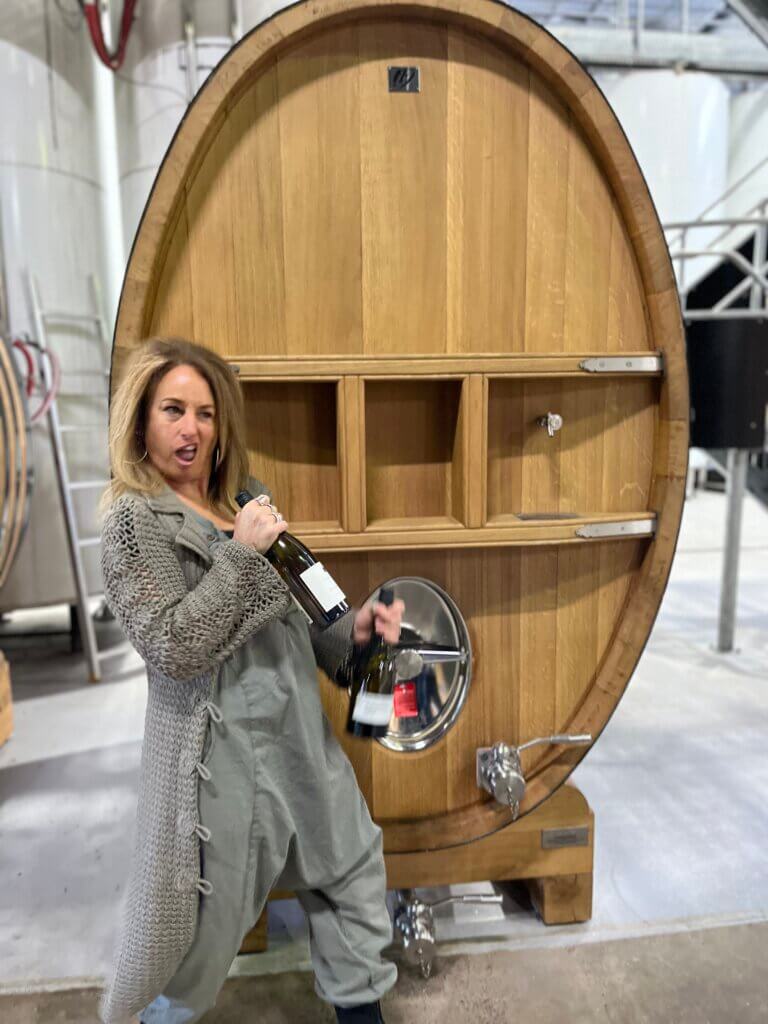
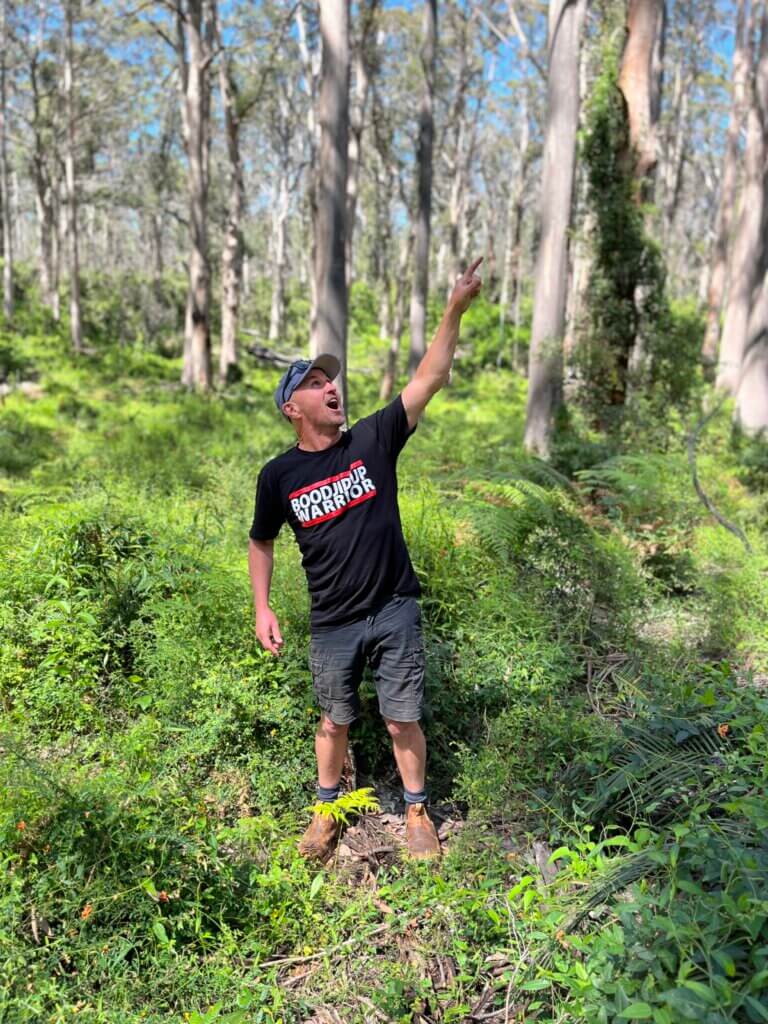
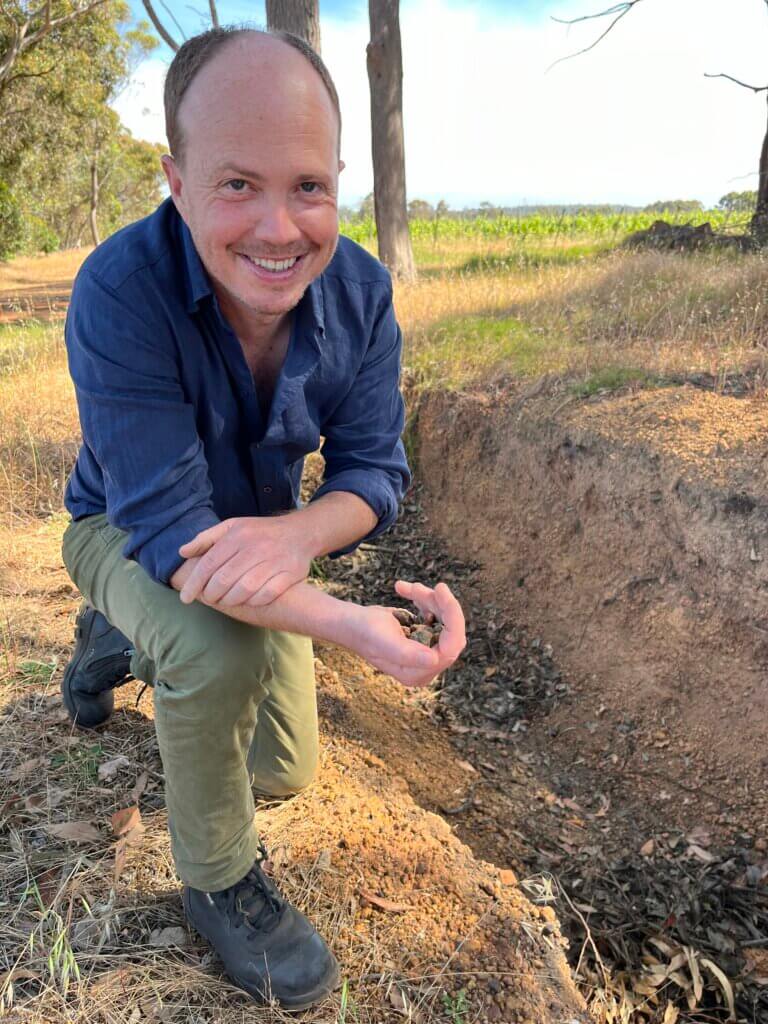
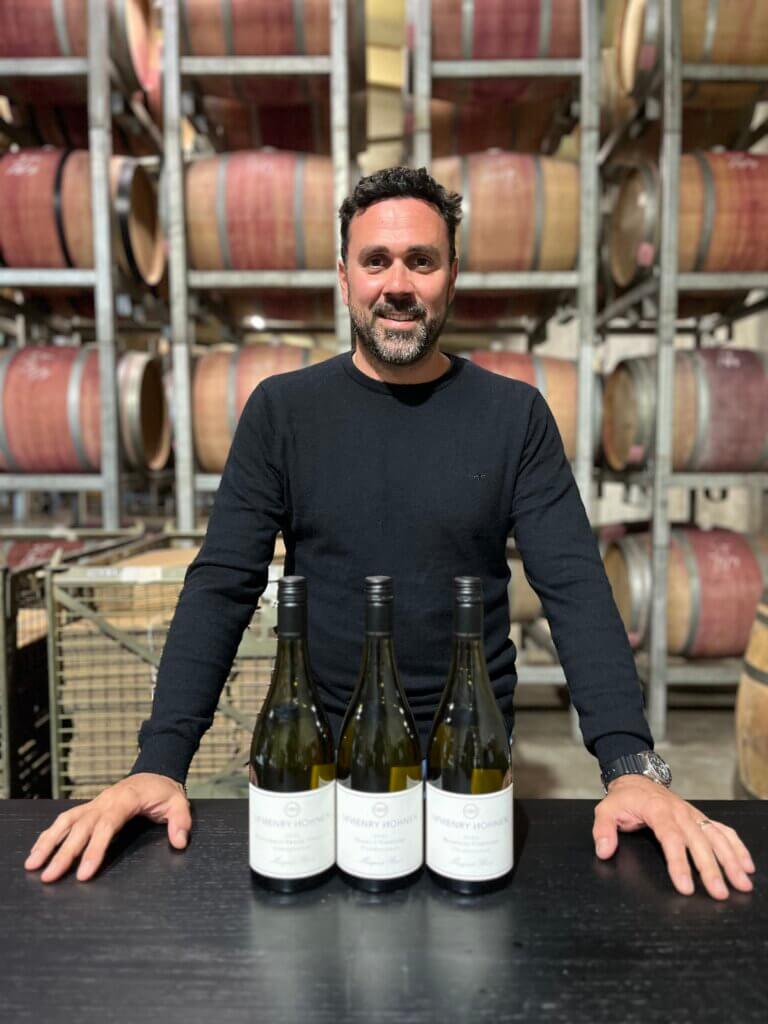
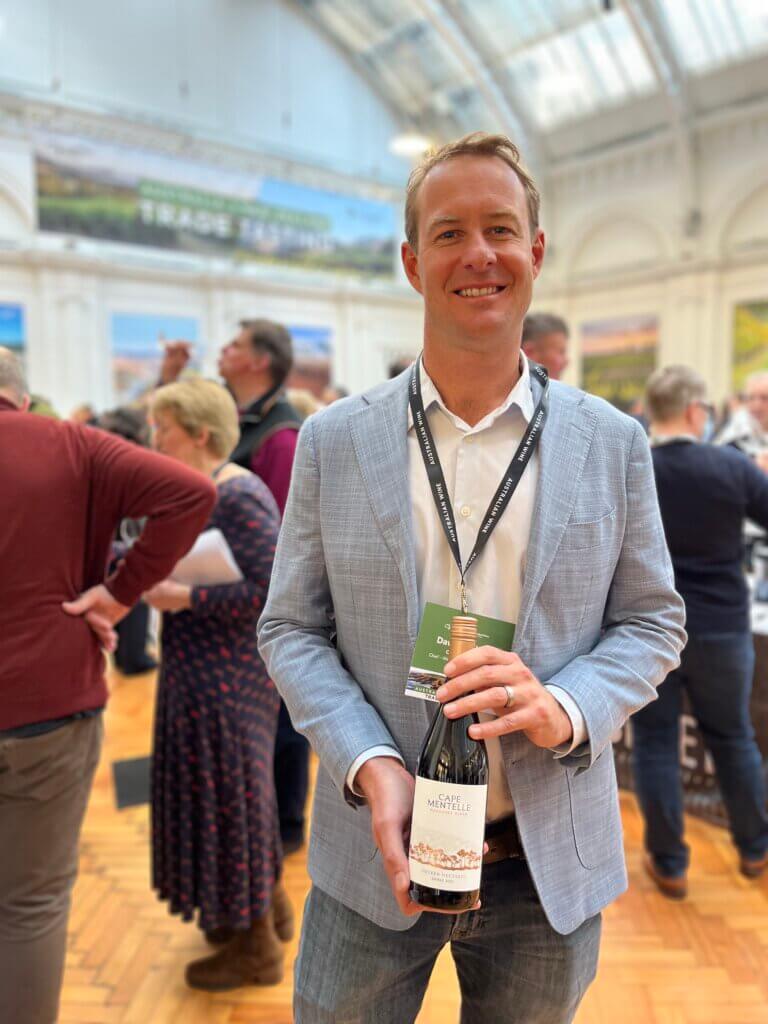
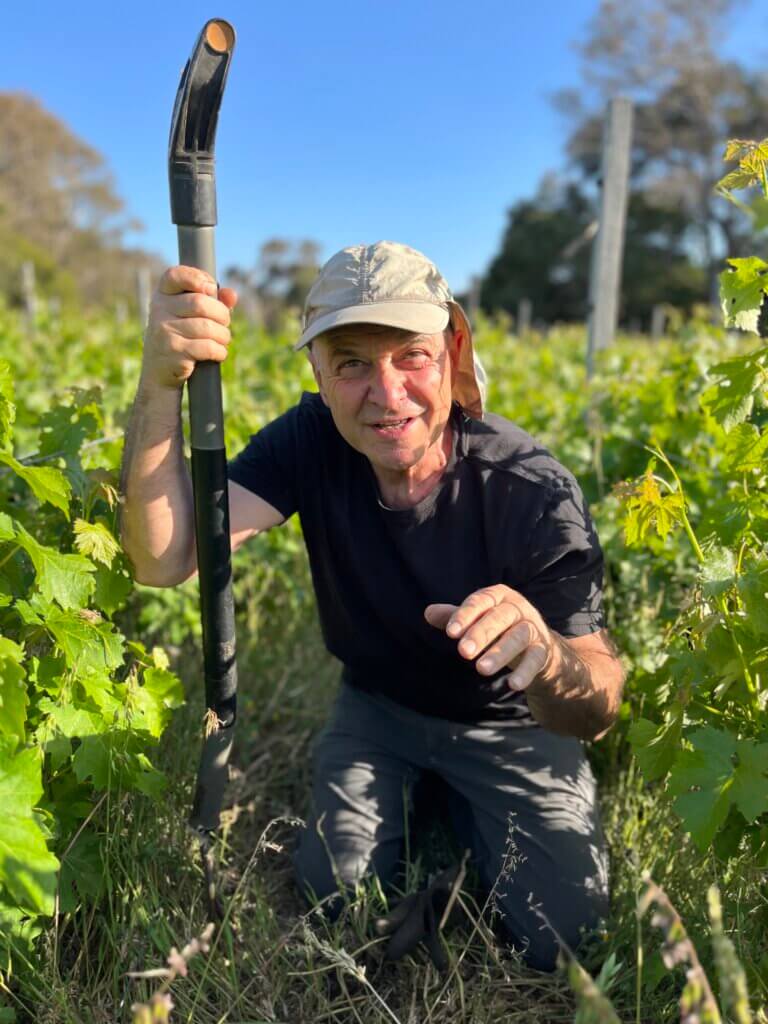
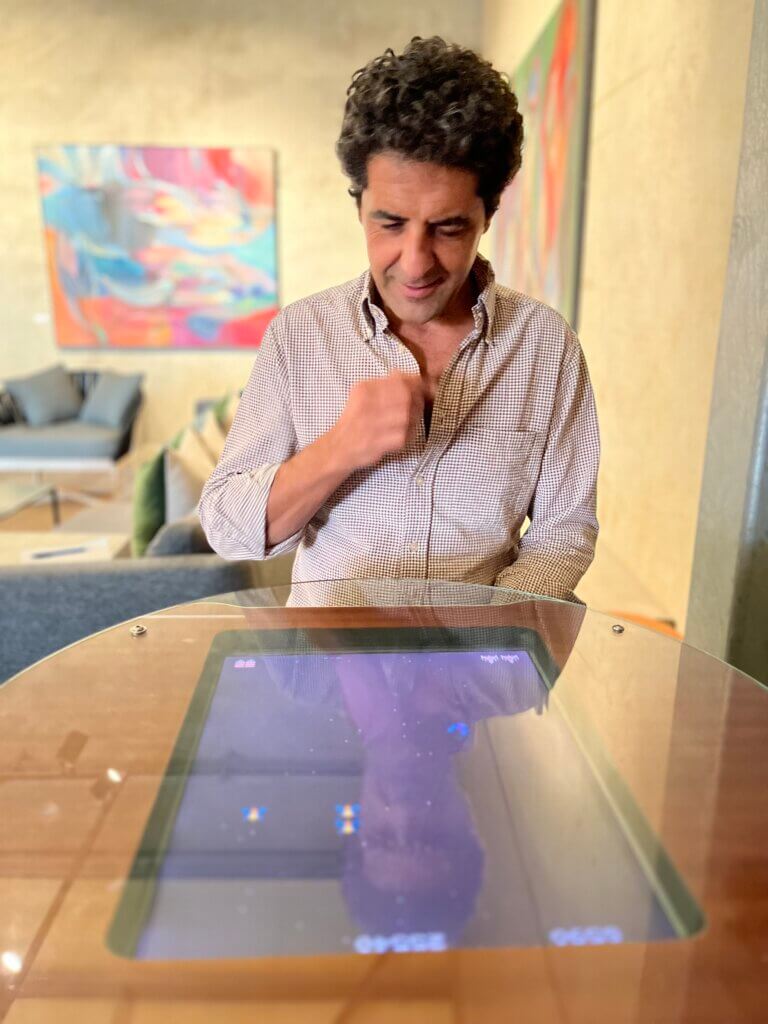
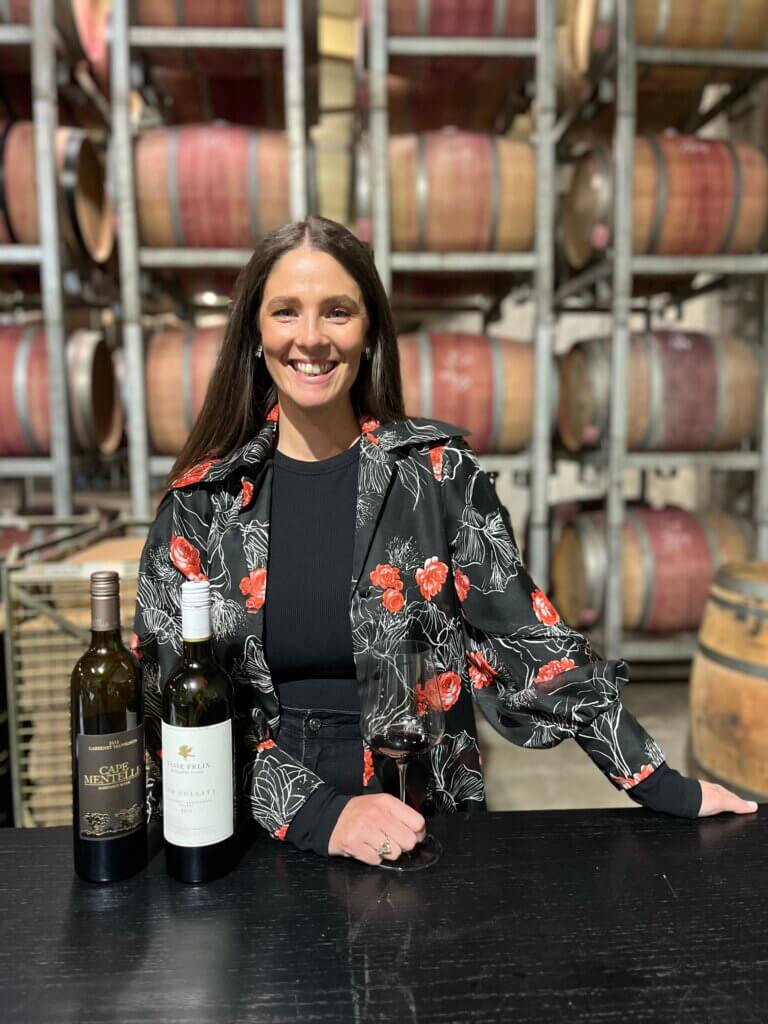
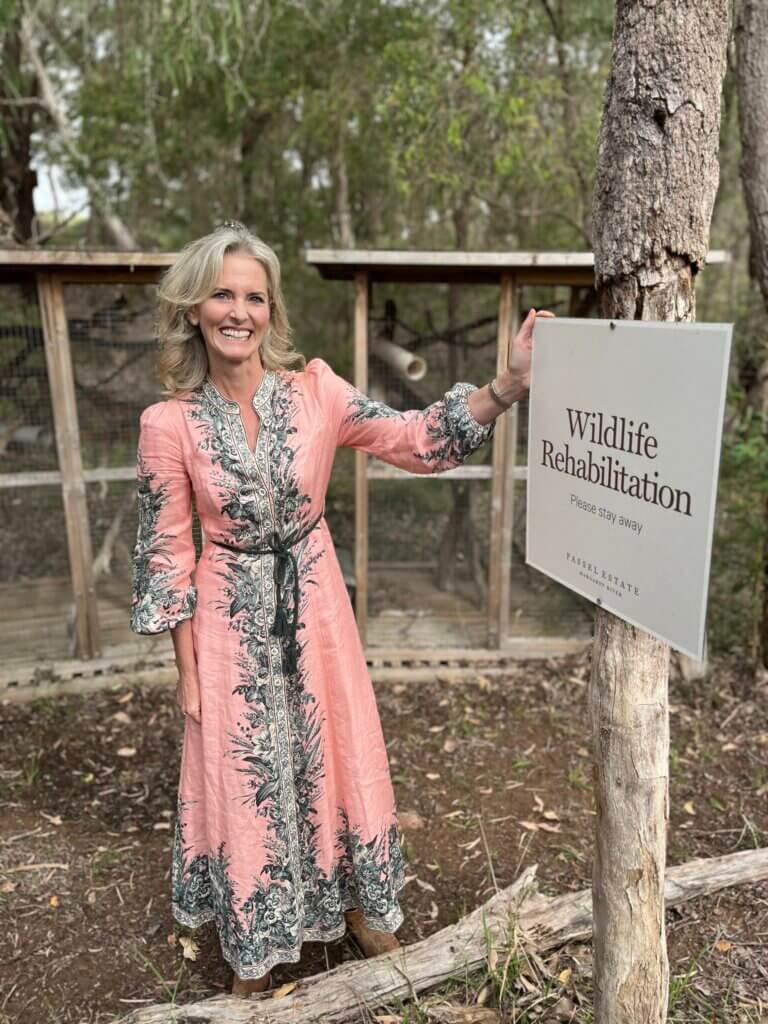
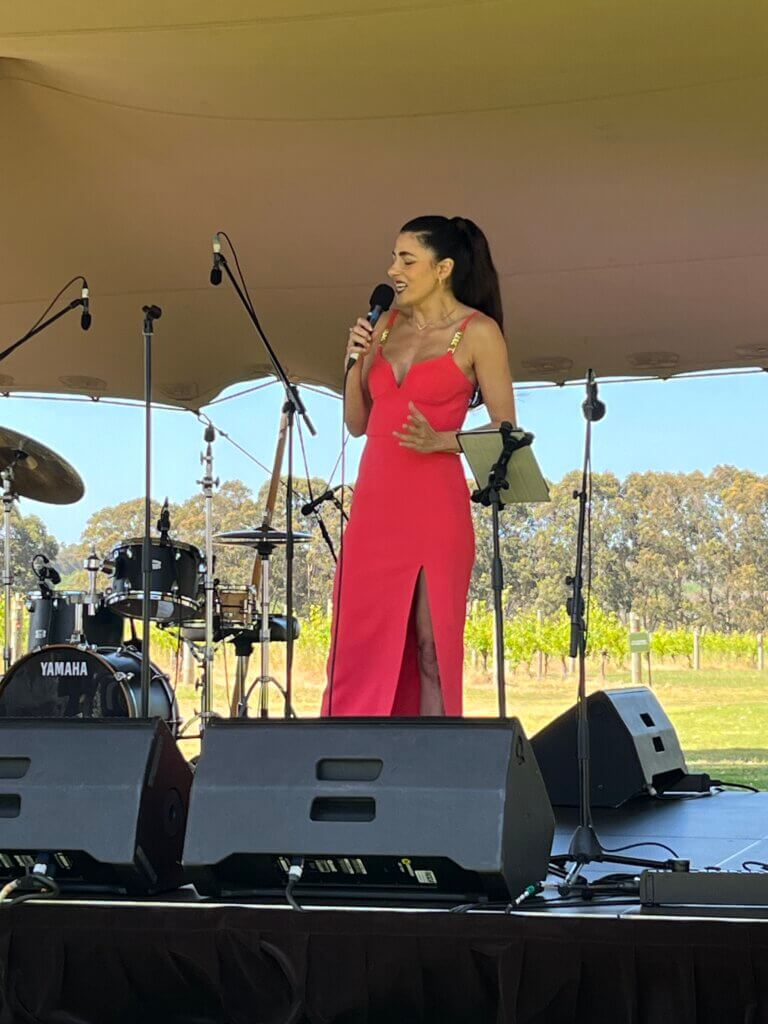
Links
- Here’s an article Peter’s just had published on Decanter Premium (so behind a paywall) – On the Road with Larry Cherubino
- If you’d like a bit more detail, here’s a Regional Fact Sheet on Margaret River
- One of the people who helped Peter move around Margaret River was Mo Ashton-Dean at The Journey Margaret River – who comes recommended. Get in touch if you fancy setting up your own wine tour in the region.
- You can find our podcast on all major audio players: Apple Podcasts, Spotify, Google, Amazon and beyond. If you’re on a mobile, the button below will redirect you automatically to this episode on an audio platform on your device. (If you’re on a PC or desktop, it will just return you to this page – in which case, get your phone out! Or find one of the above platforms on your browser.)
Wines
We’d recommend all the following Margaret River wines, which include some historic vintages as a testament to how well these wines mature.
In the UK, these wines are available at a number of outlets. For example, the Miamup wines are at Tesco (and great value shouts). Beyond that it tends to be independent merchants (a quick online search or using Wine Searcher can identify the best places for you to buy). Regarding importers, Fells bring in Vasse Felix, Liberty do Cullen and Nocturne, Hatch Mansfield do Cherubino, Louis Latour do McHenry Hohnen, Bancroft do Cape Mentelle, Flint do Leeuwin…
Margaret River whites
- Howard Park Miamup Chardonnay 2023
- Vasse Felix Filius Chardonnay 2023
- Passel Estate Sauvignon Blanc 2021
- Vasse Felix Sauvignon Blanc 2022
- Cullen Vineyard Margaret River Sauvignon Blanc Semillon 2012
- Vasse Felix Chardonnay 2021 and 2022
- Cherubino Margaret River Chardonnay 2023
- Deep Woods Estate Reserve Chardonnay 2020
- Fraser Gallop Estate Palladian Chardonnay 2020
- McHenry Hohnen Calgardup Brook Vineyard Chardonnay 2011 and 2023
- McHenry Hohnen Hazel’s Vineyard Chardonnay 2023
- McHenry Hohnen Burnside Chardonnay 2023
- Xanadu Chardonnay Reserve 2020 and 2022
- Nocturne Forrest Vineyard Chardonnay 2022
- Cape Mentelle Chardonnay 2014
- Cherubino Gingin Chardonnay Willows Vineyard 2023
- Voyager Estate MJW Chardonnay 2020 and 2022
- Cherubino Margaret River Chardonnay 2023
- Cloudburst Chardonnay 2020, 2017 and 2022
- Leeuwin Estate Art Series Chardonnay 2012, 2019 and 2021
- Cullen Wines Kevin John Chardonnay 2007, 2010, 2018 and 2023
- Vasse Felix Heytesbury Chardonnay 2013, 2022 and 2023
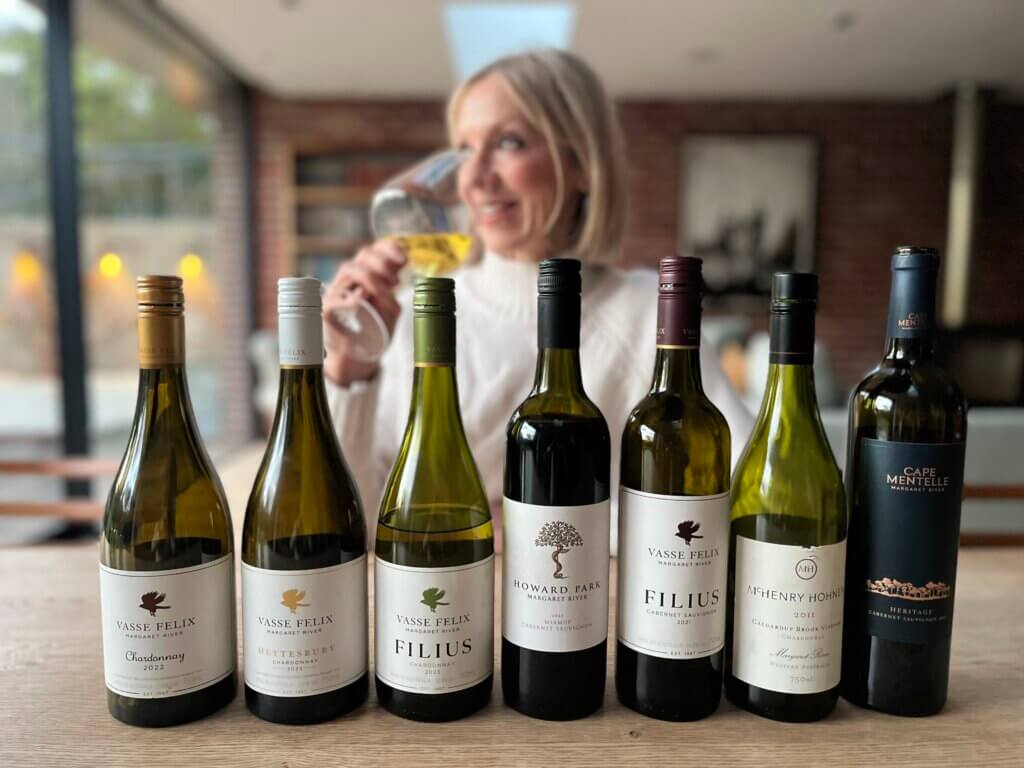
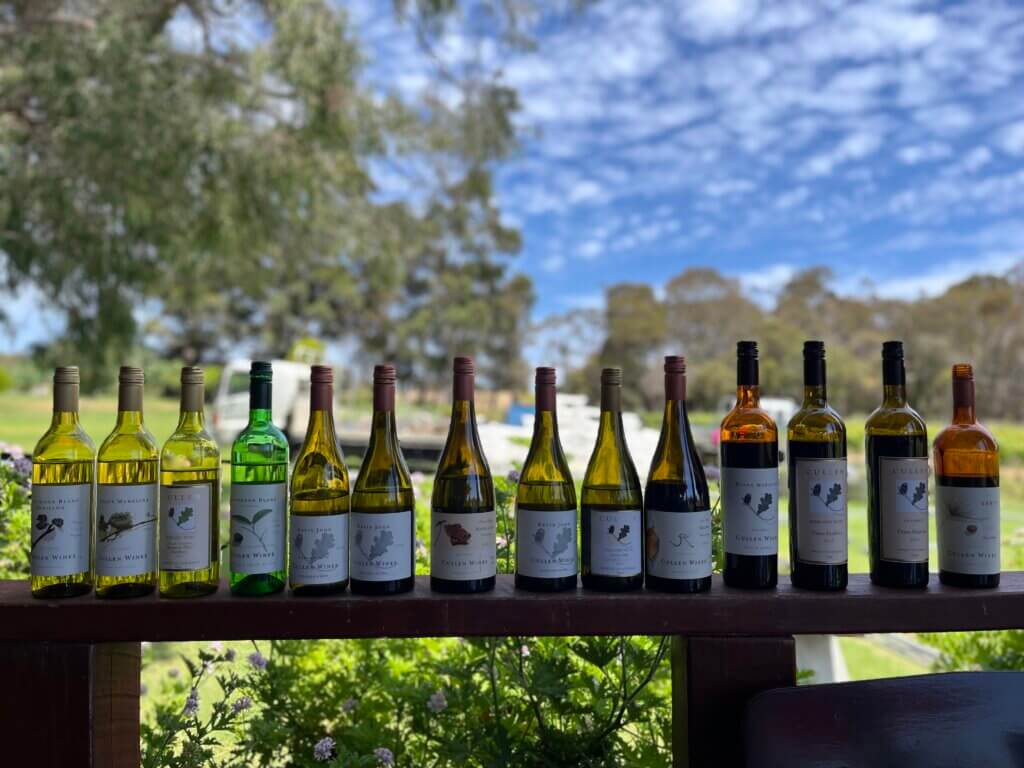
Margaret River reds
- Voyager Estate Vivid Red 2024
- Howard Park Miamup Cabernet Sauvignon 2023
- Vasse Felix Filius Cabernet Sauvignon 2021 and 2022
- Cherubino Pedestal Cabernet Sauvignon 2022
- Xanadu Reserve Cabernet Sauvignon 2014 and 2019
- Voyager Estate Cabernet Sauvignon 2014 and 2020
- Vasse Felix Cabernet Sauvignon 2021
- Nocturne Yalingup Cabernet Sauvignon 2021
- Moss Wood Cabernet Sauvignon 2003
- Cherubino Margaret River Cabernet Sauvignon 2021
- Cullen Wines Vanya 2022
- Cape Mentelle Heritage Cabernet Sauvignon 2012 and 2021
- Cullen Wines Diana Madeline Cabernet Merlot 2012, 2015 and 2022
- Vasse Felix Tom Cullity Cabernet Malbec 2014 and 2020
- Cloudburst Malbec 2021
- Leeuwin Estate Art Series Cabernet Sauvignon 2020 and 2021
- Cloudburst Cabernet Sauvignon 2014 and 2021
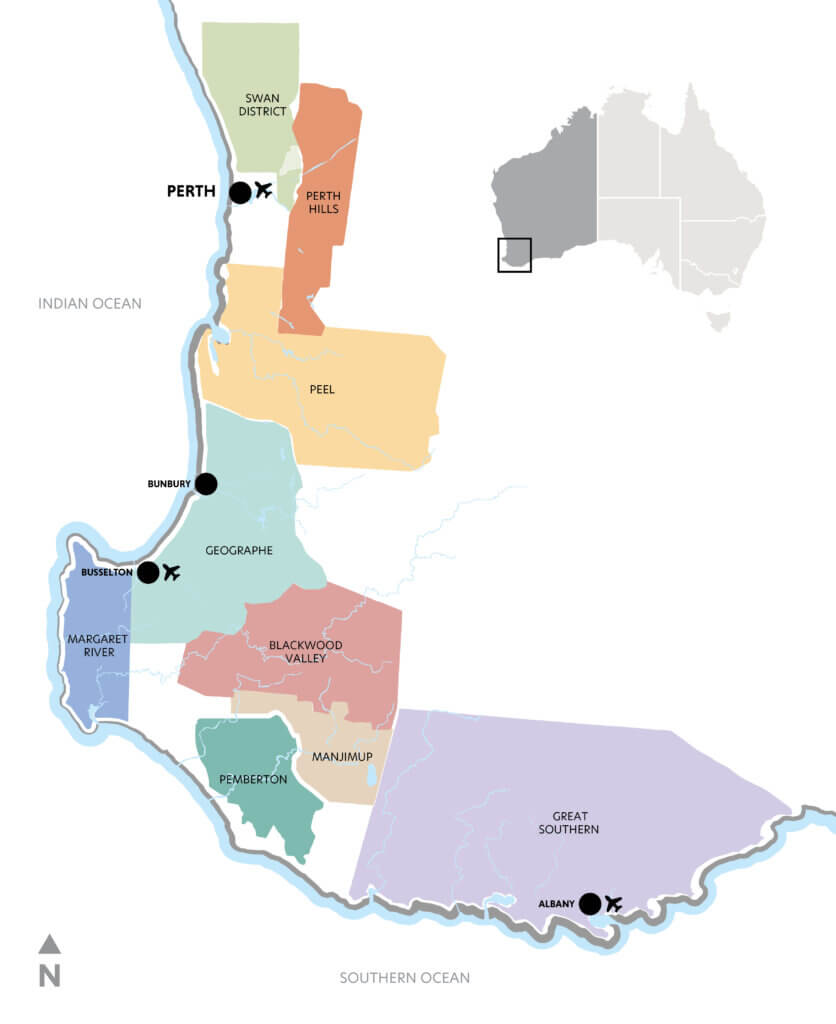
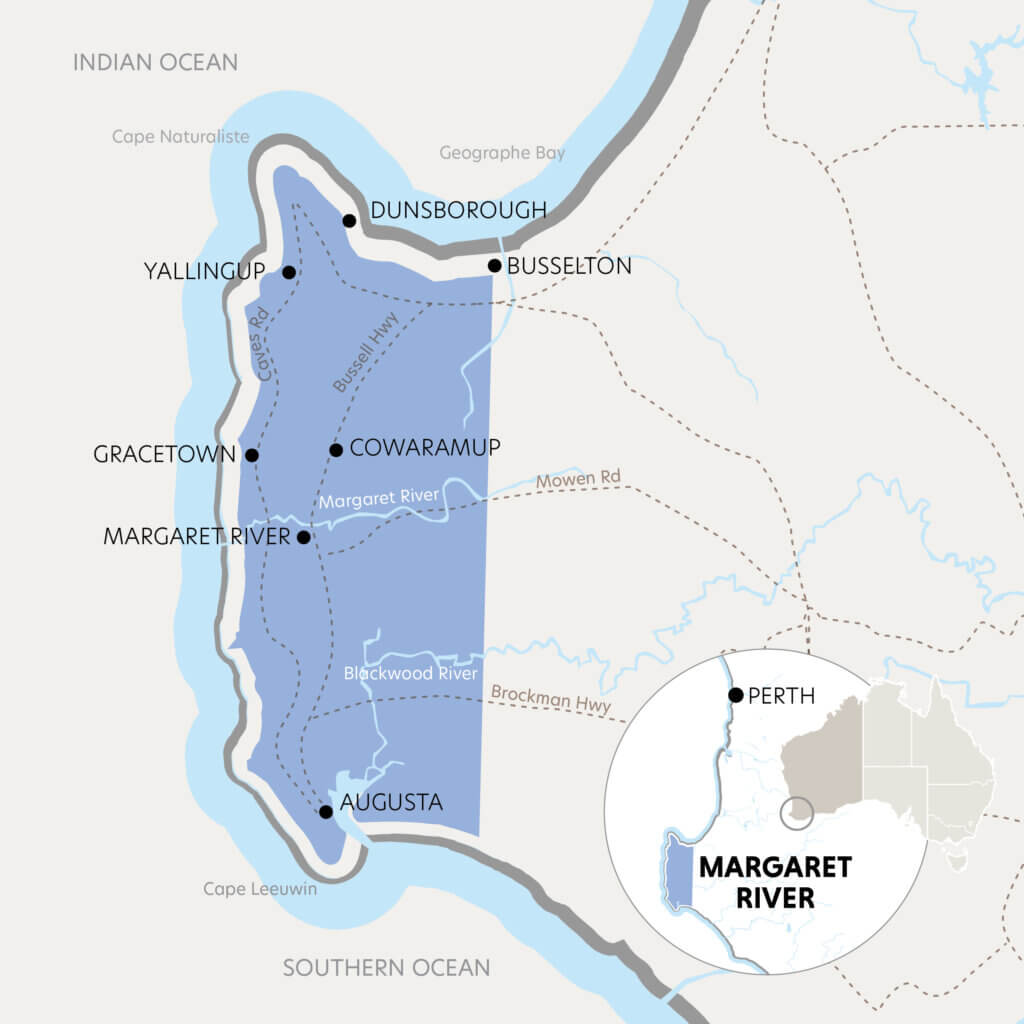
Professional Images
The brilliant Sean Hsu from Ovis Creative accompanied Peter on a couple of visits, and took some amazing shots. Here’s a selection:
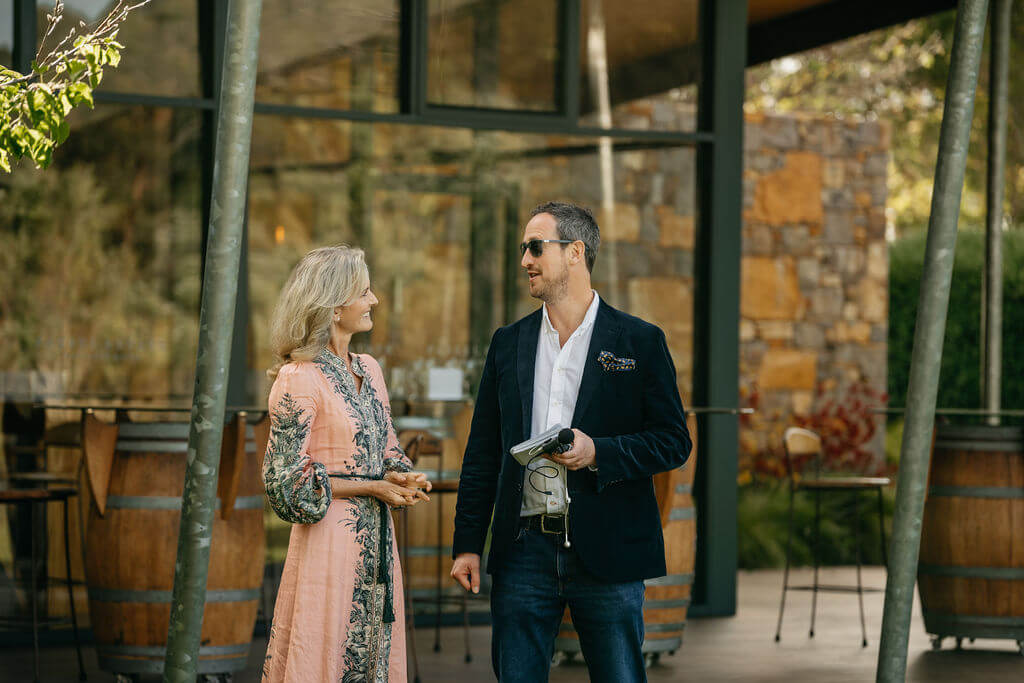
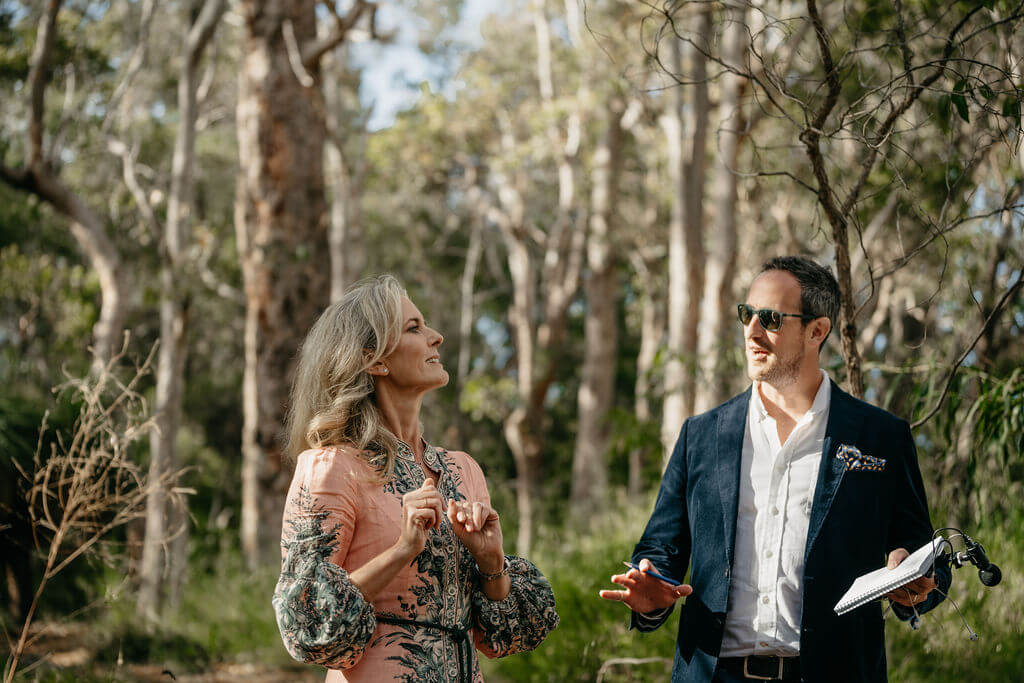
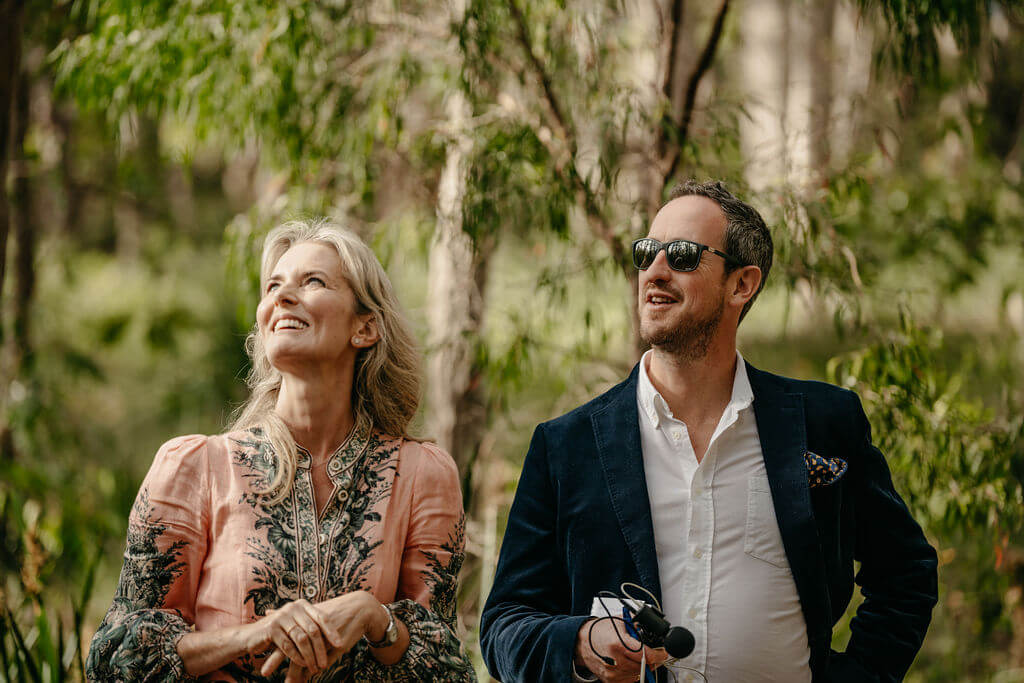
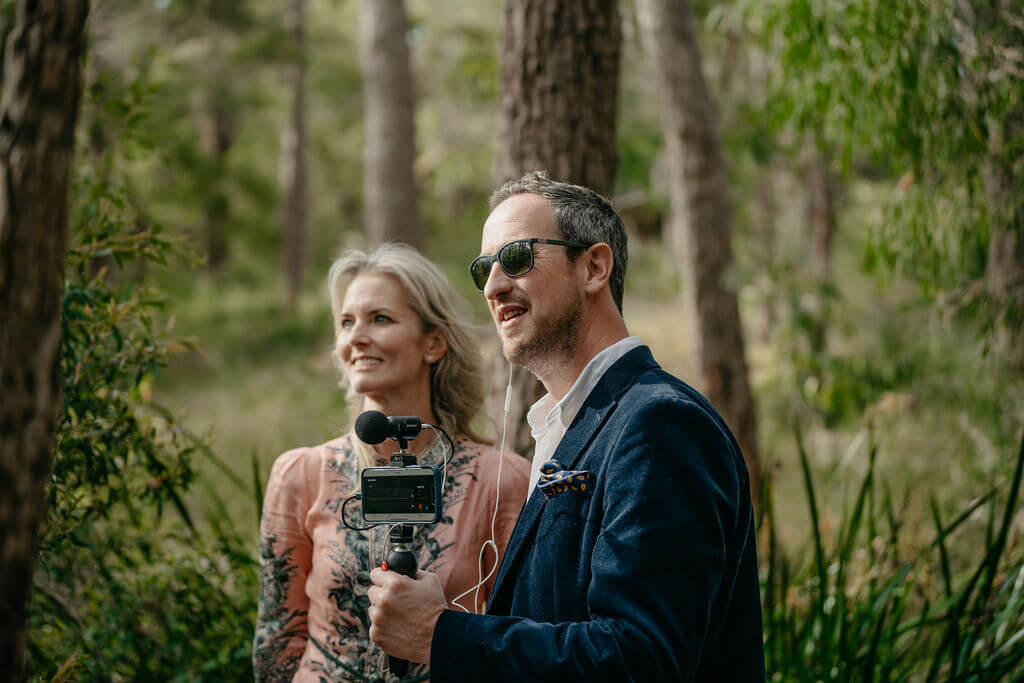
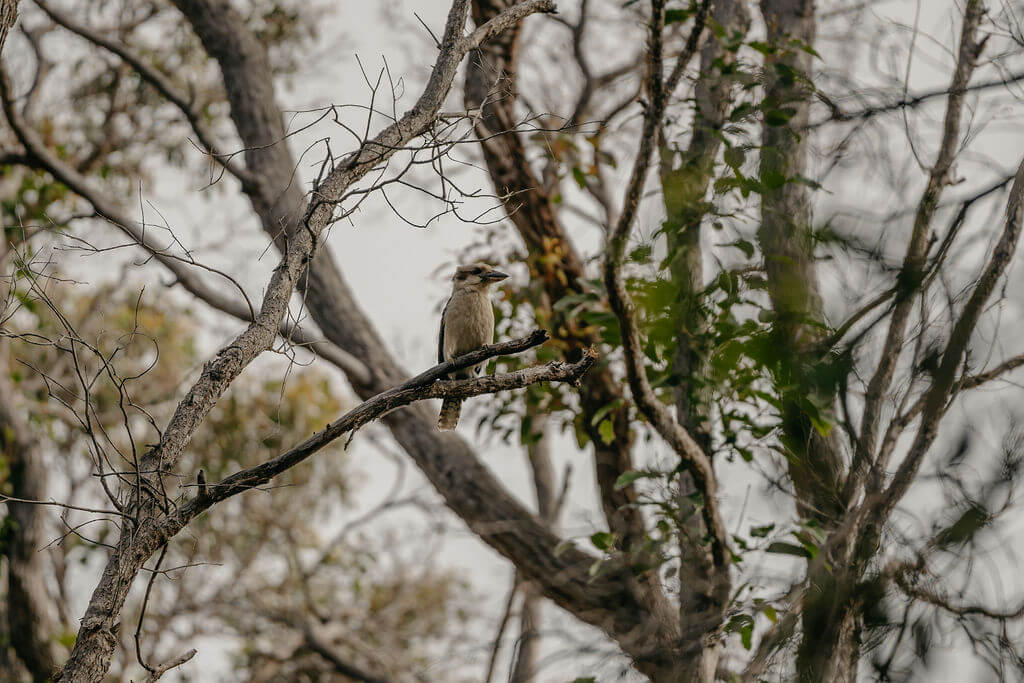
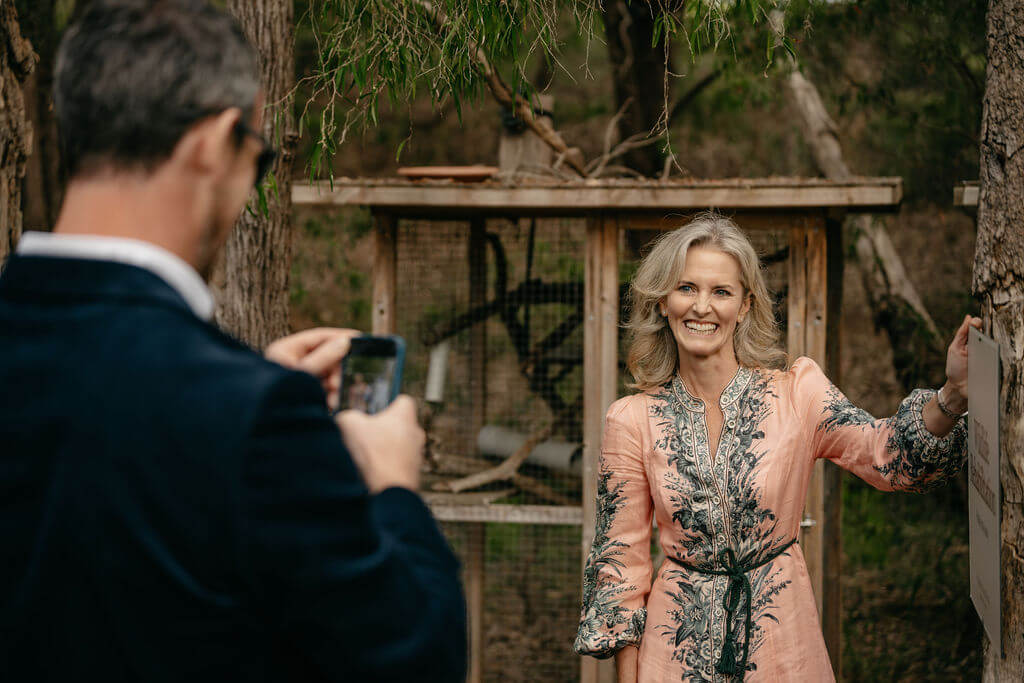
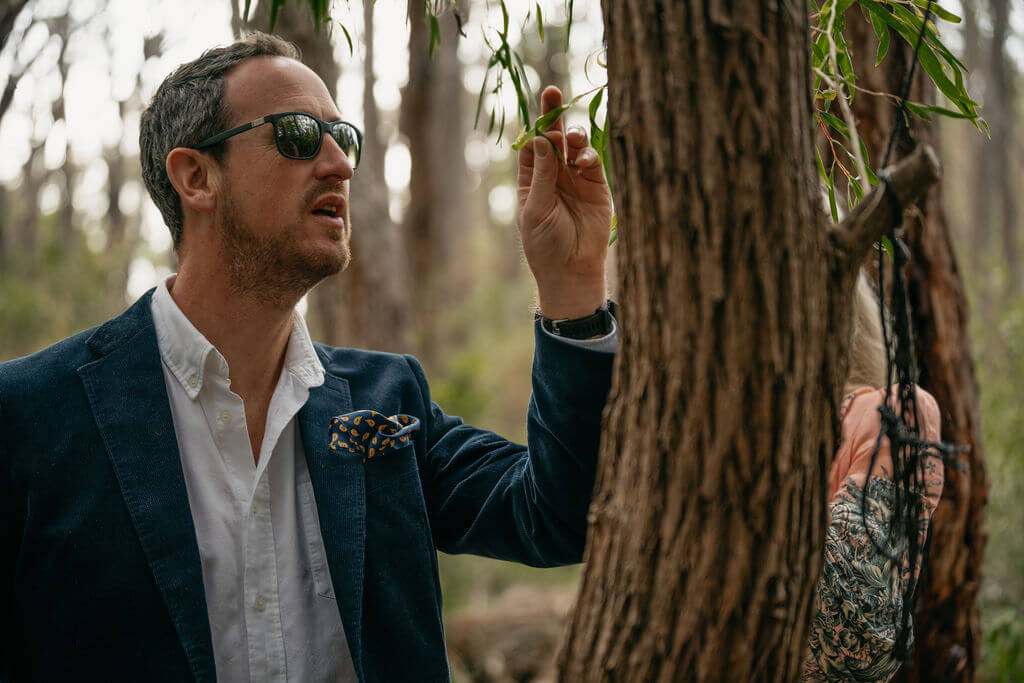
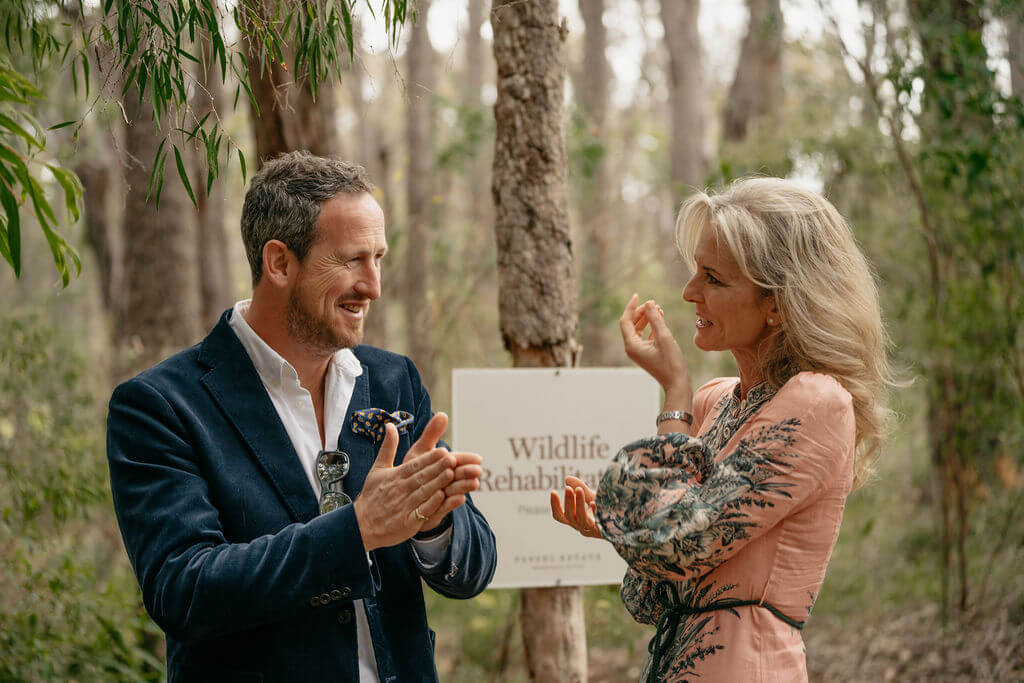

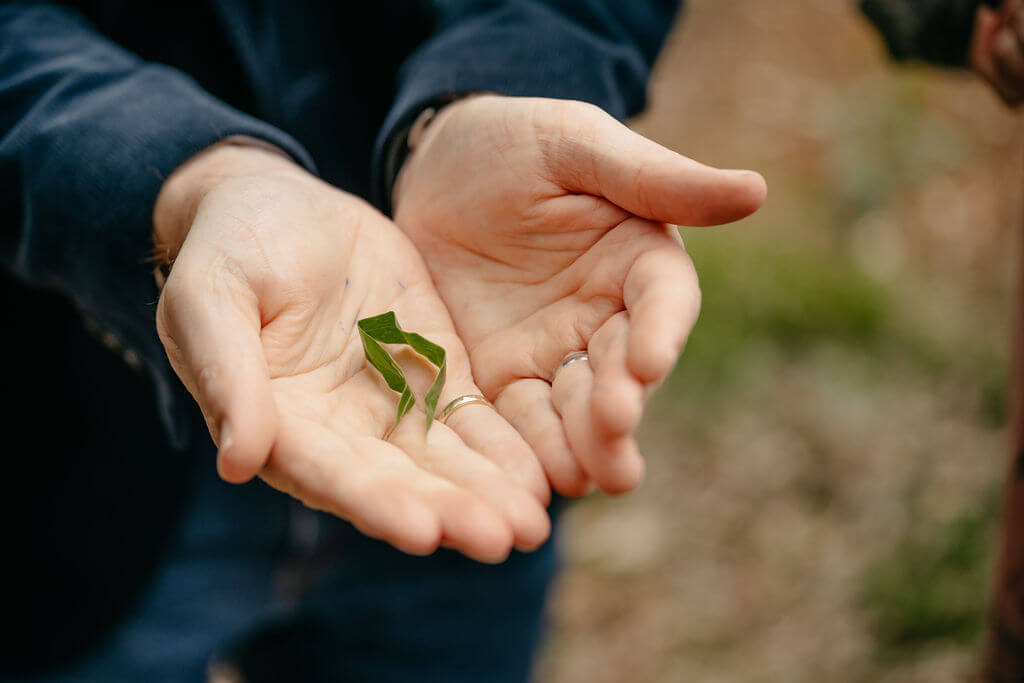
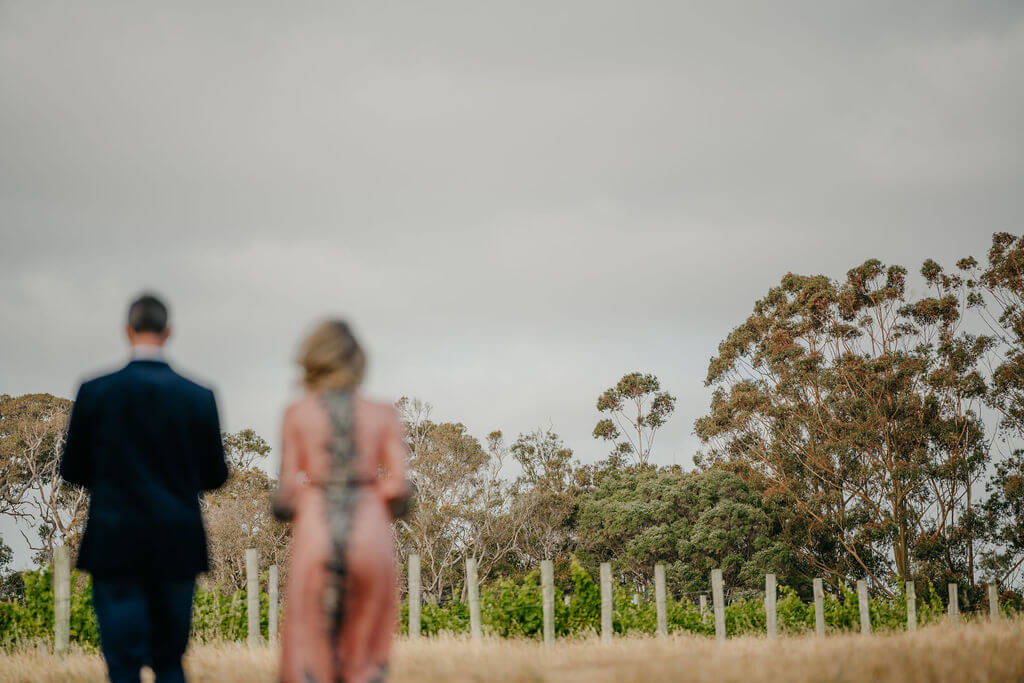
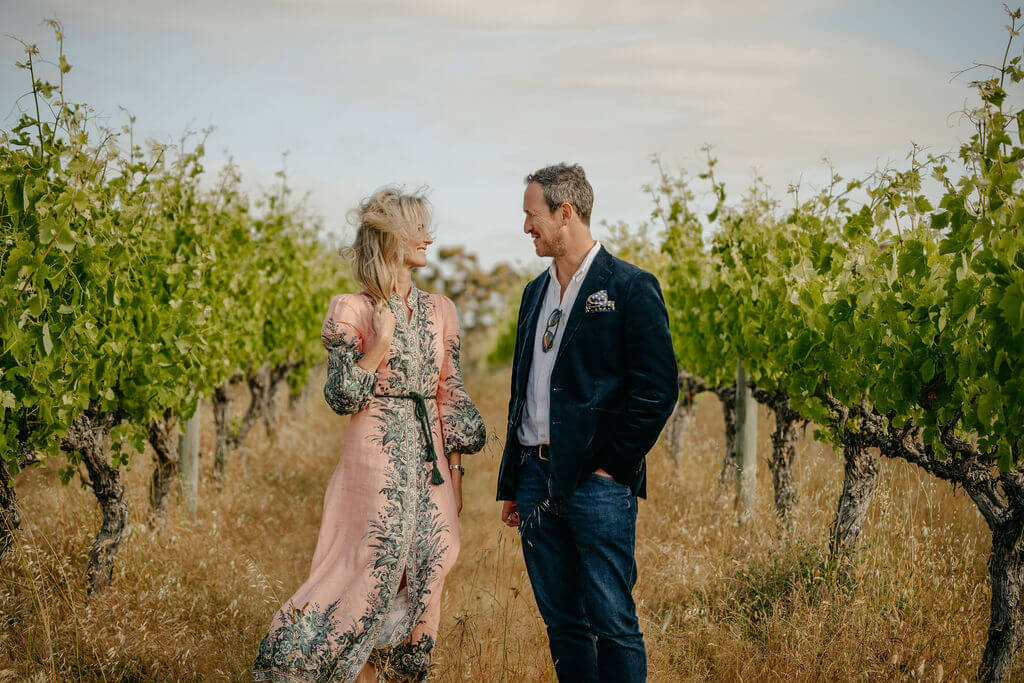
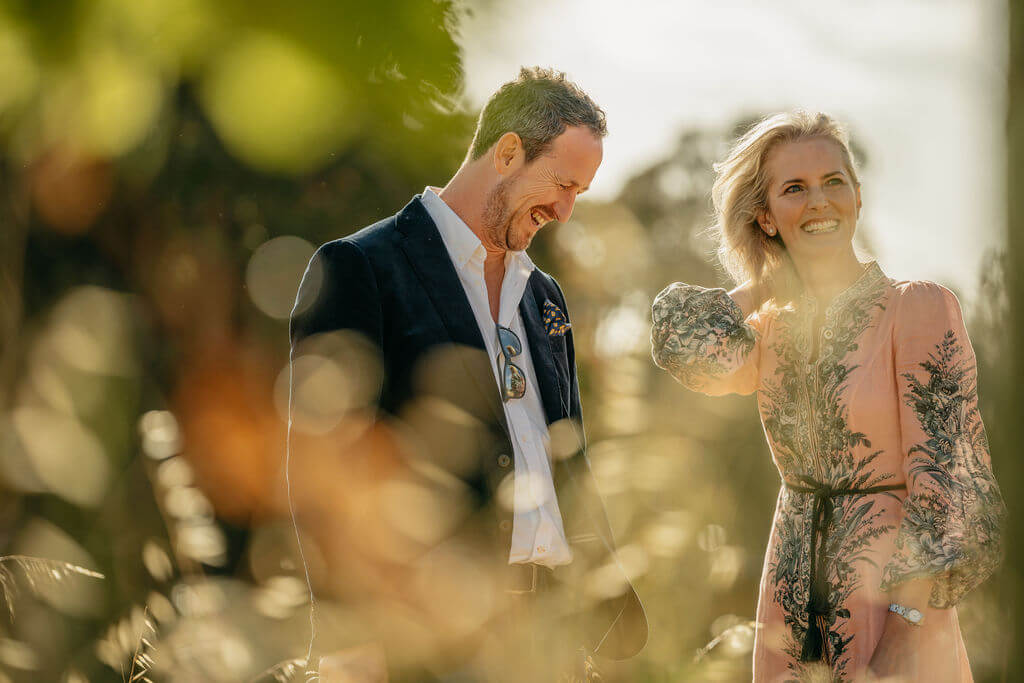
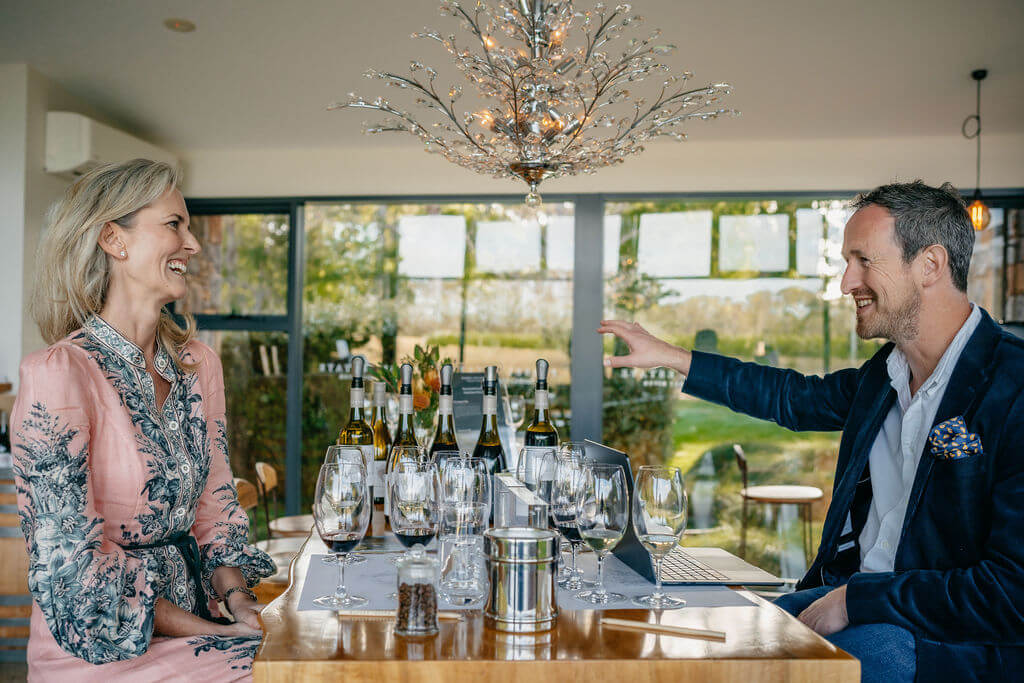
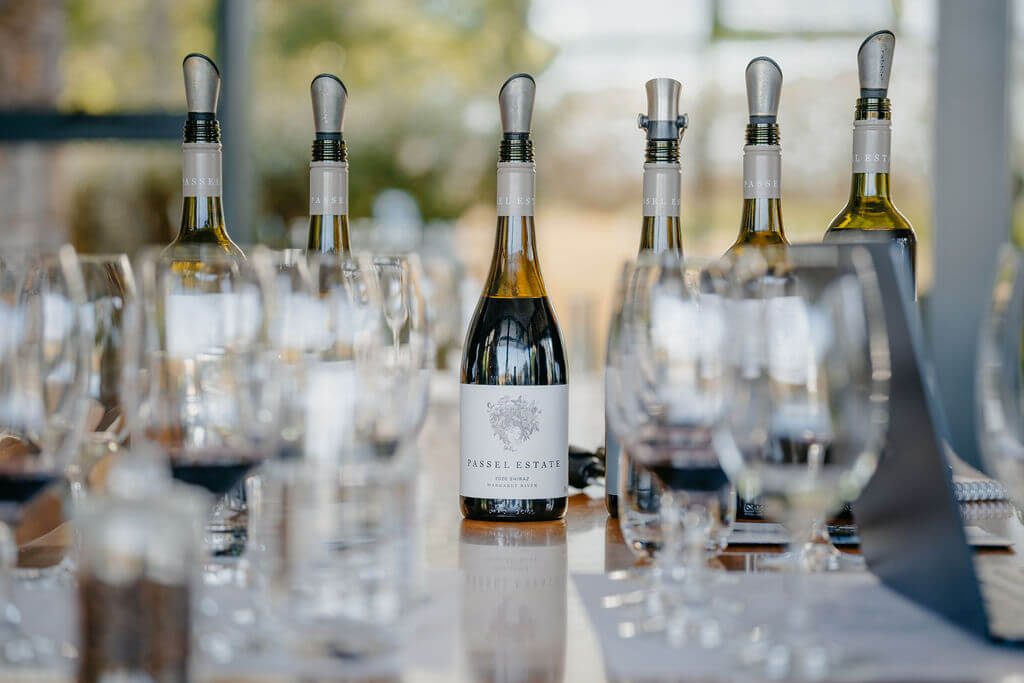
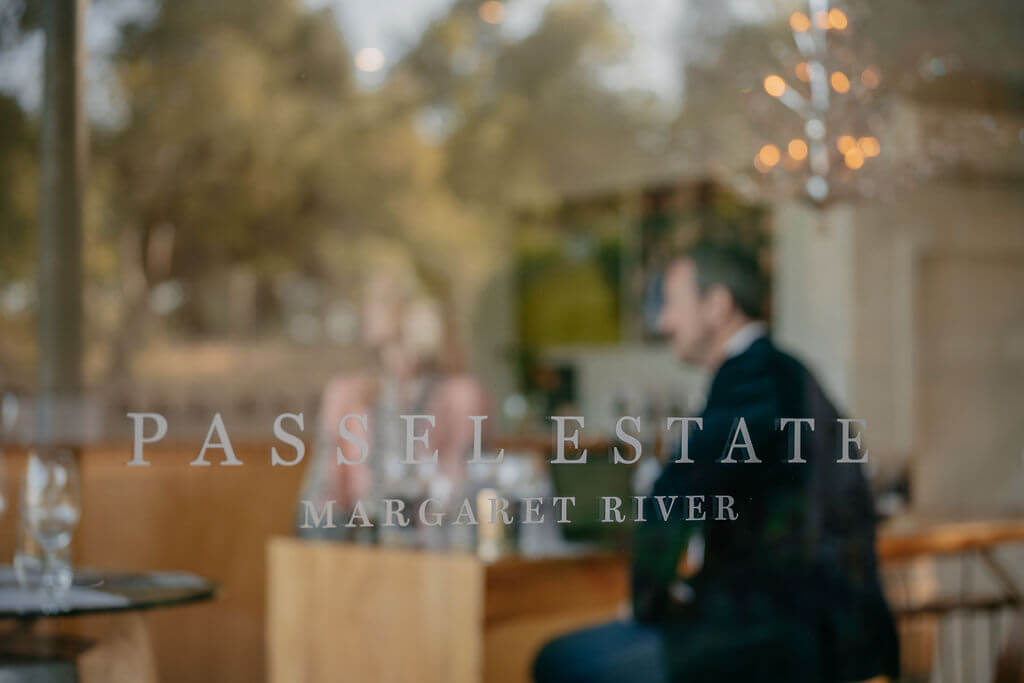

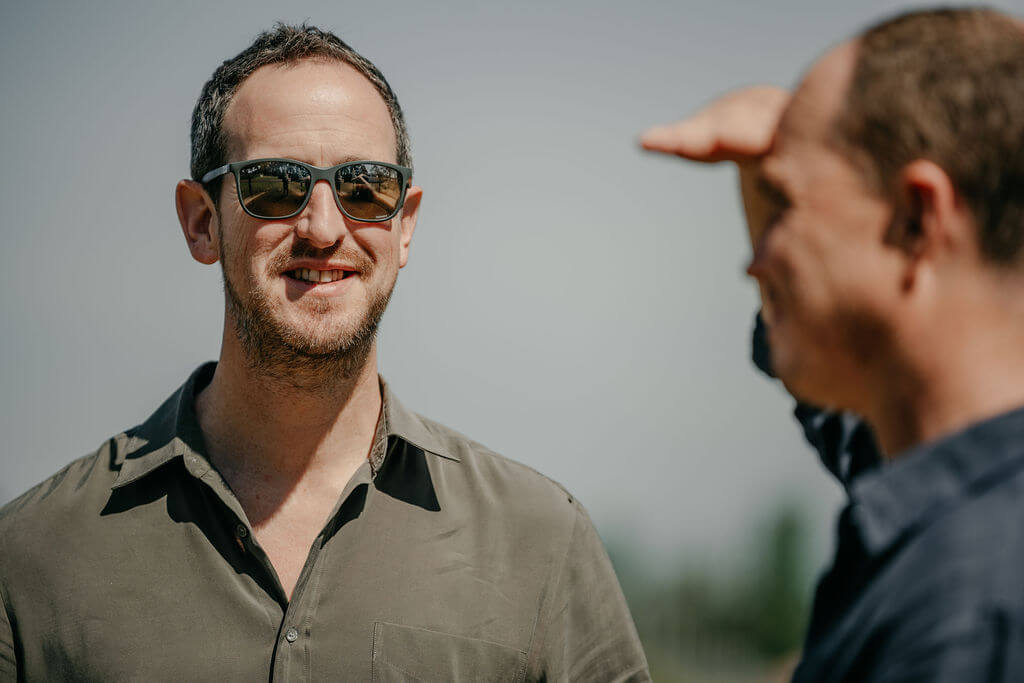
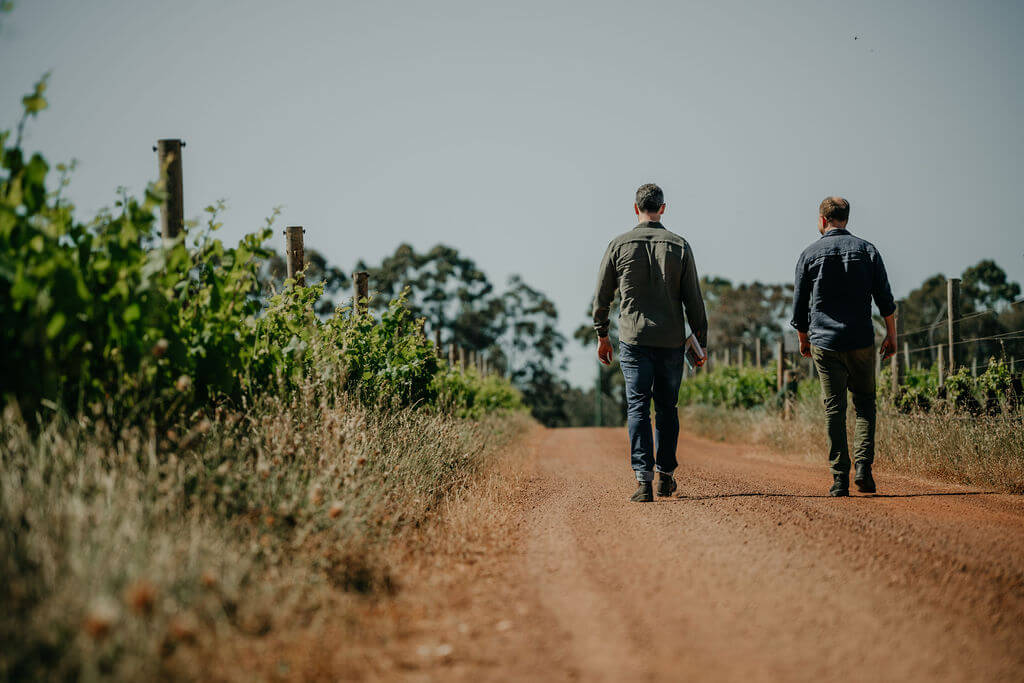
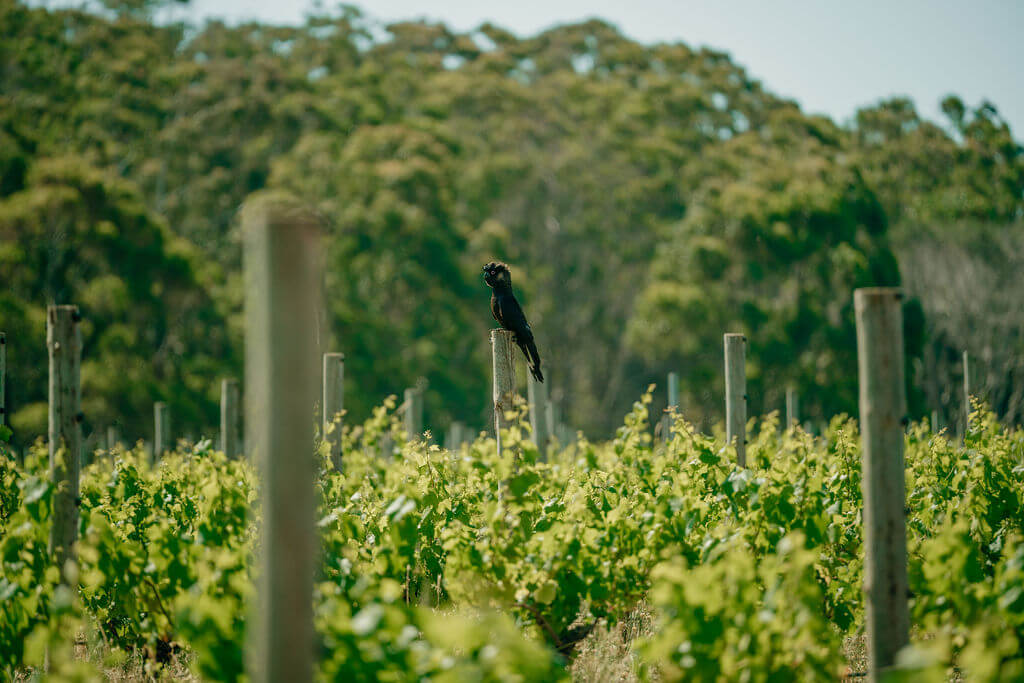
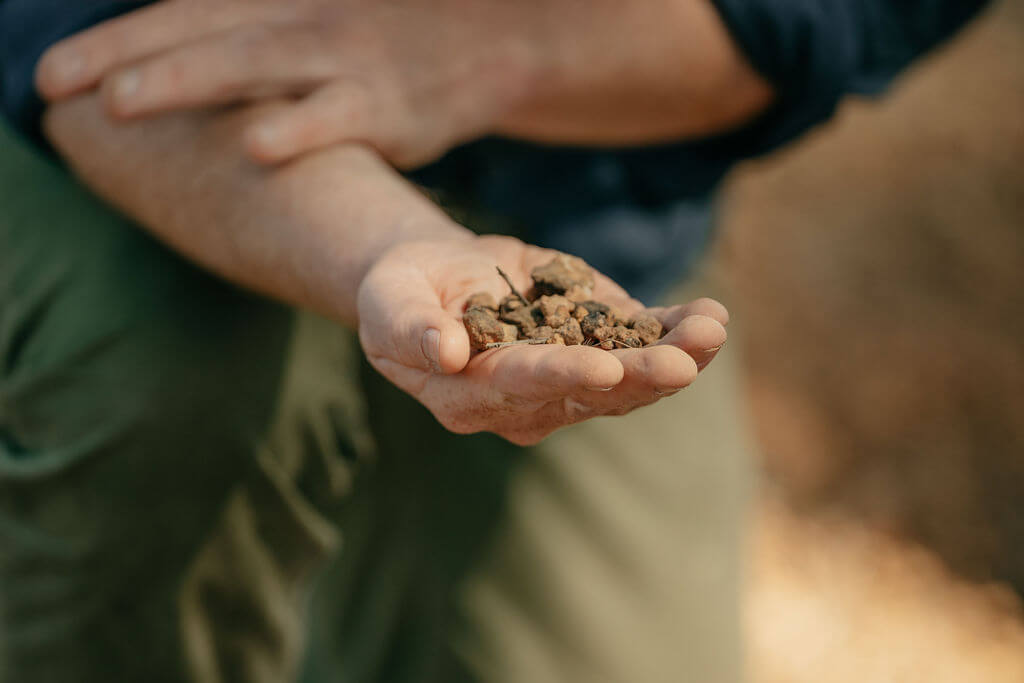
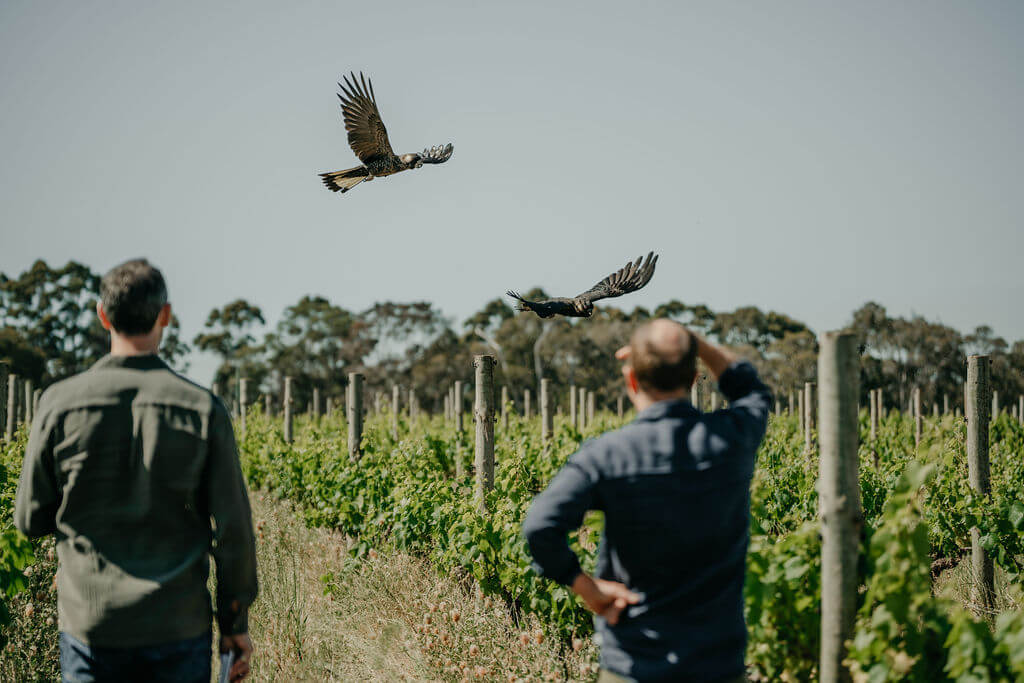
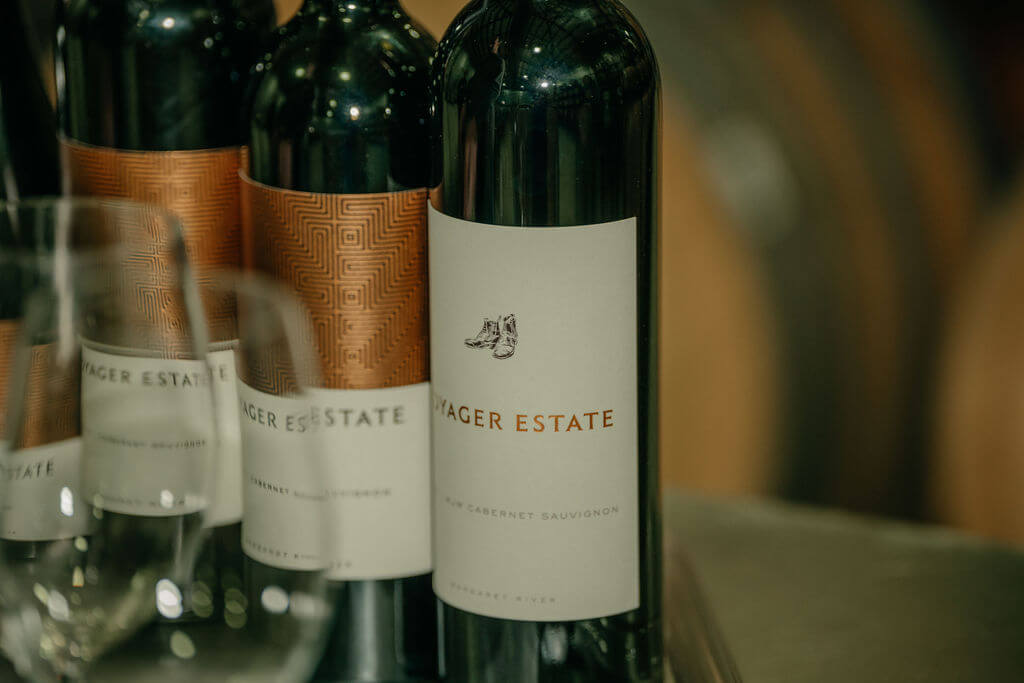
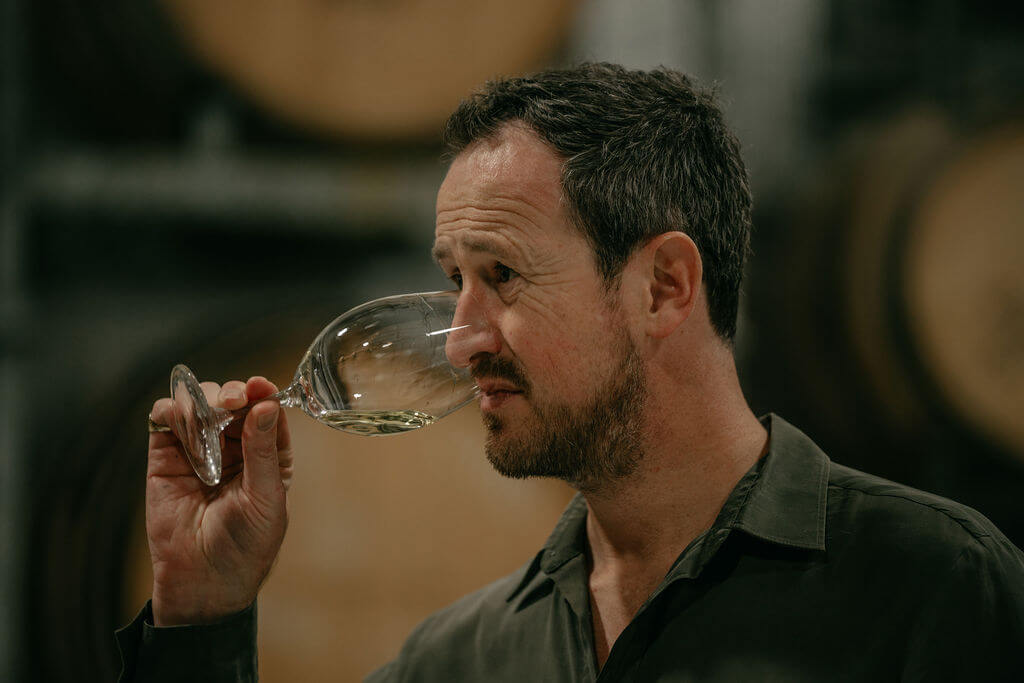
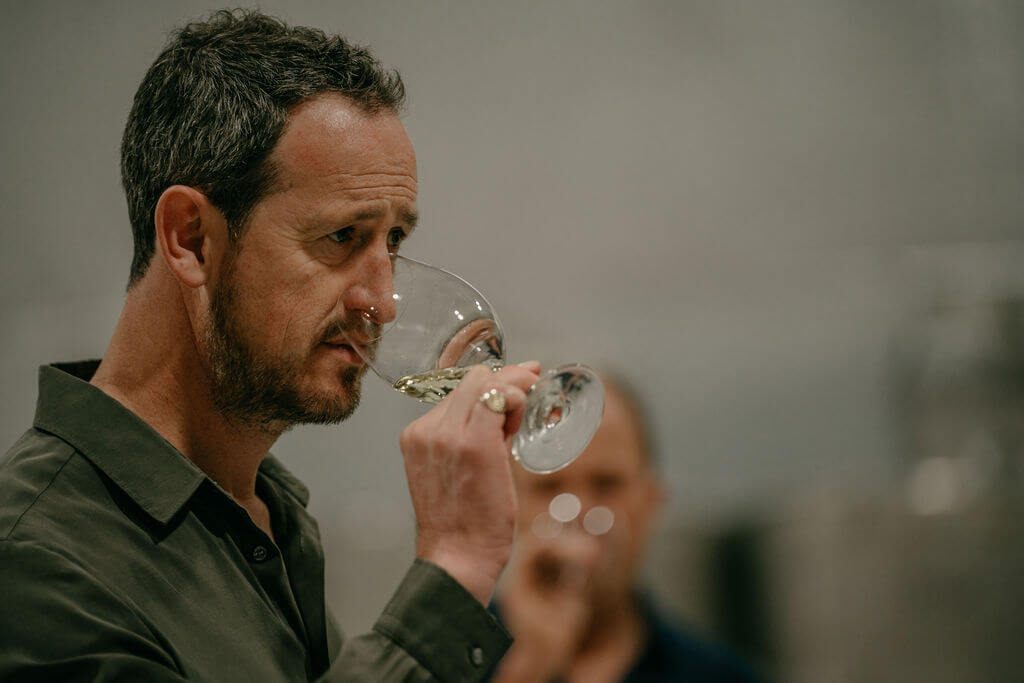
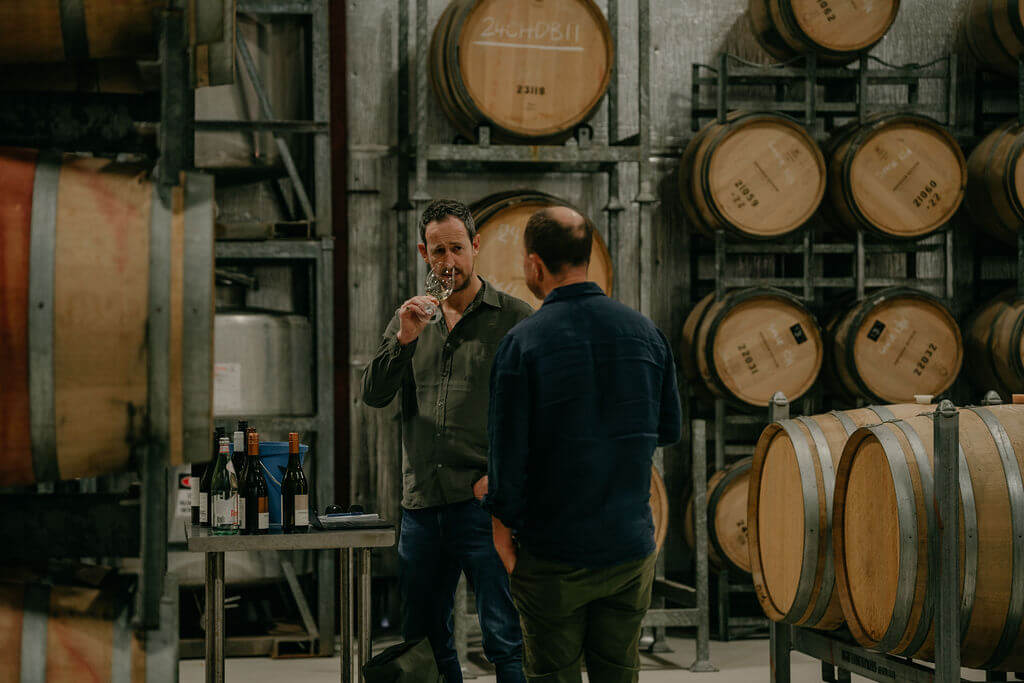
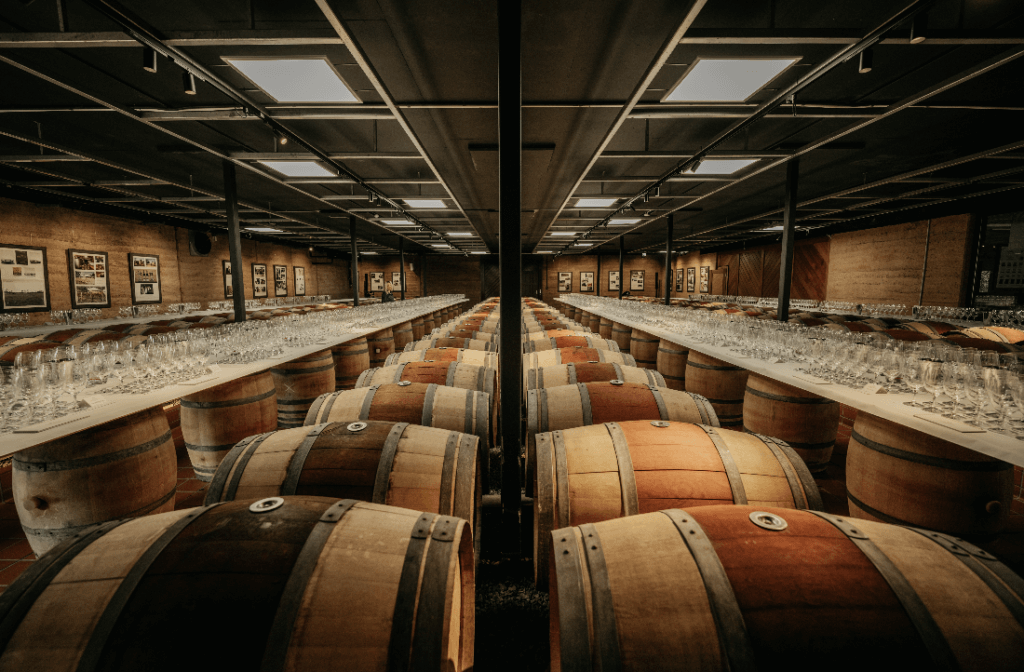

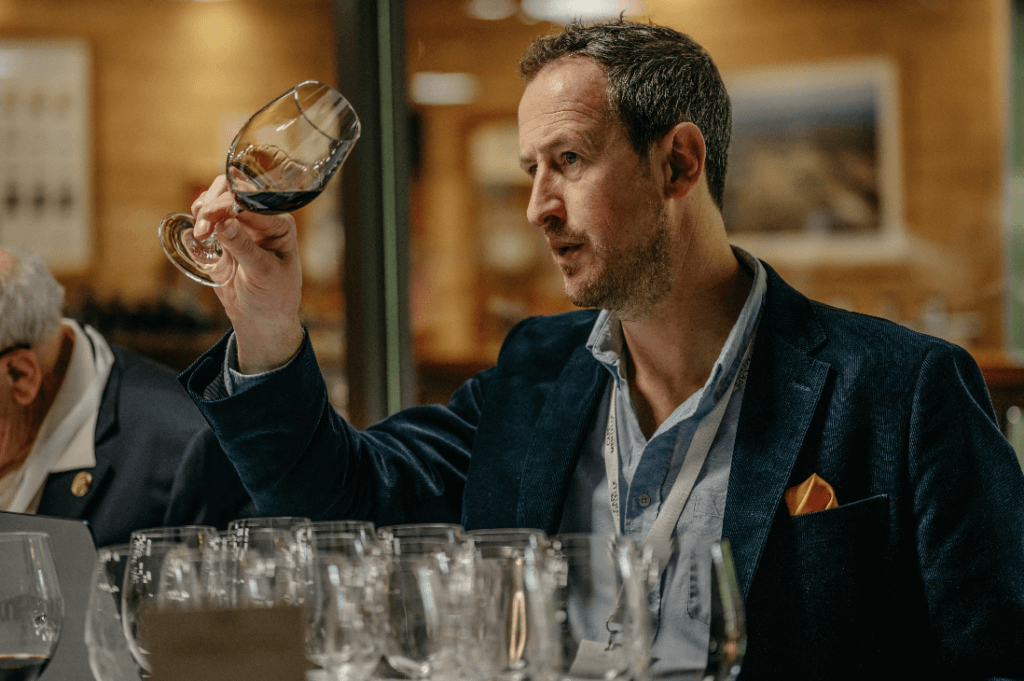
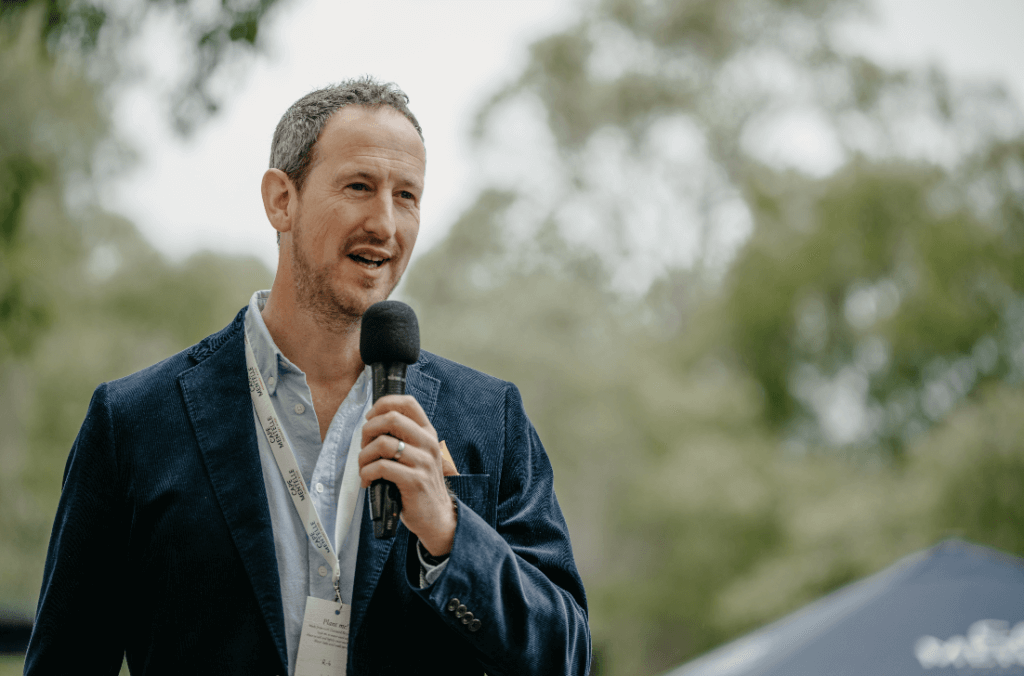
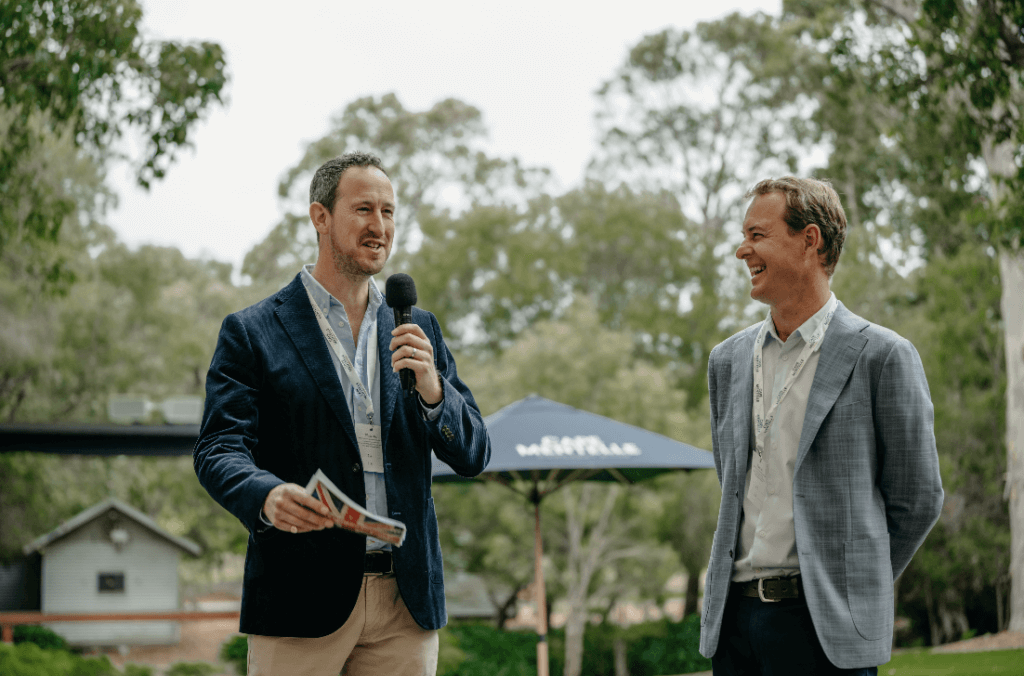
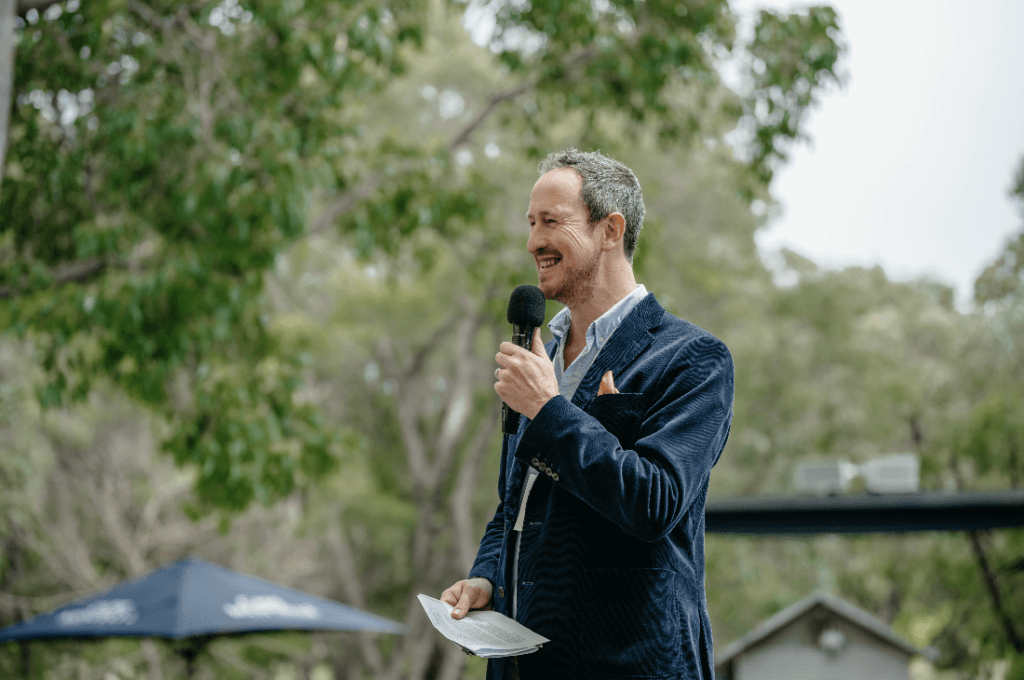
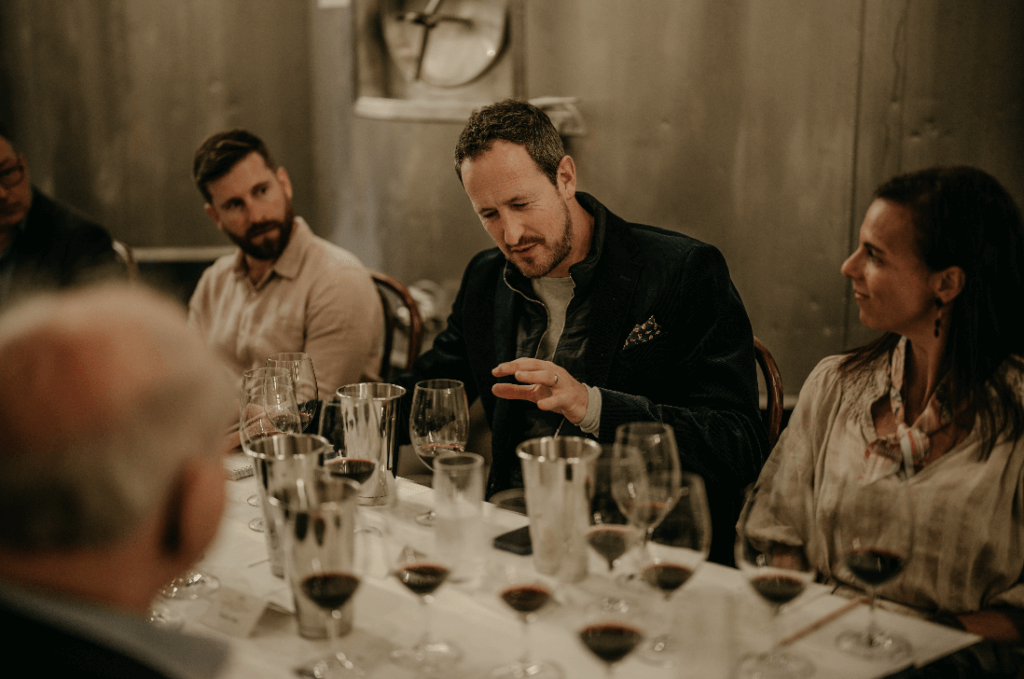
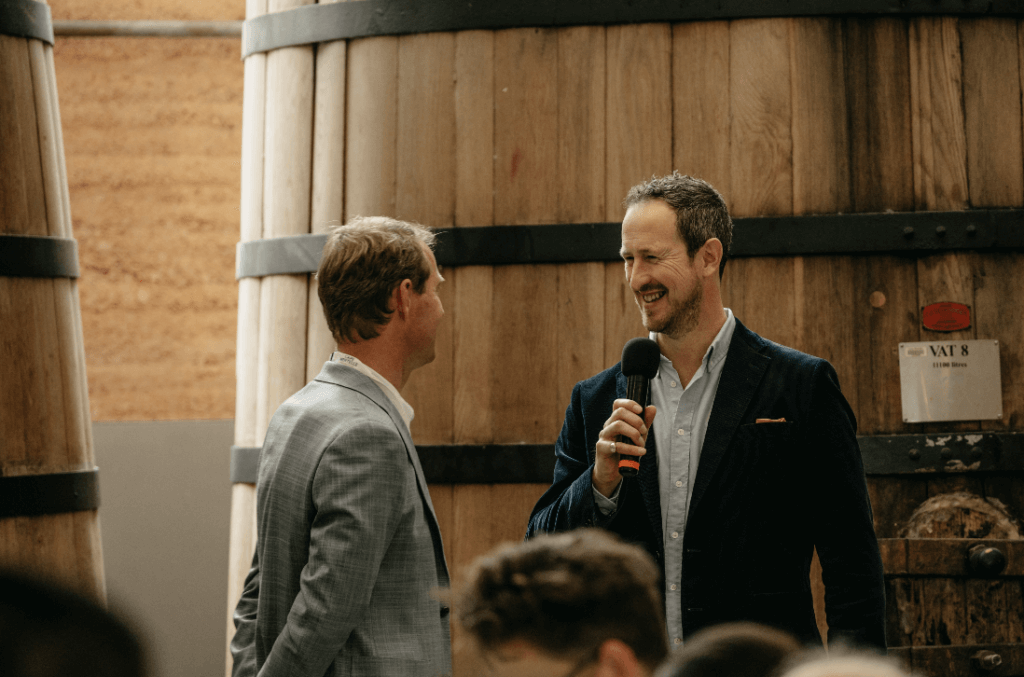

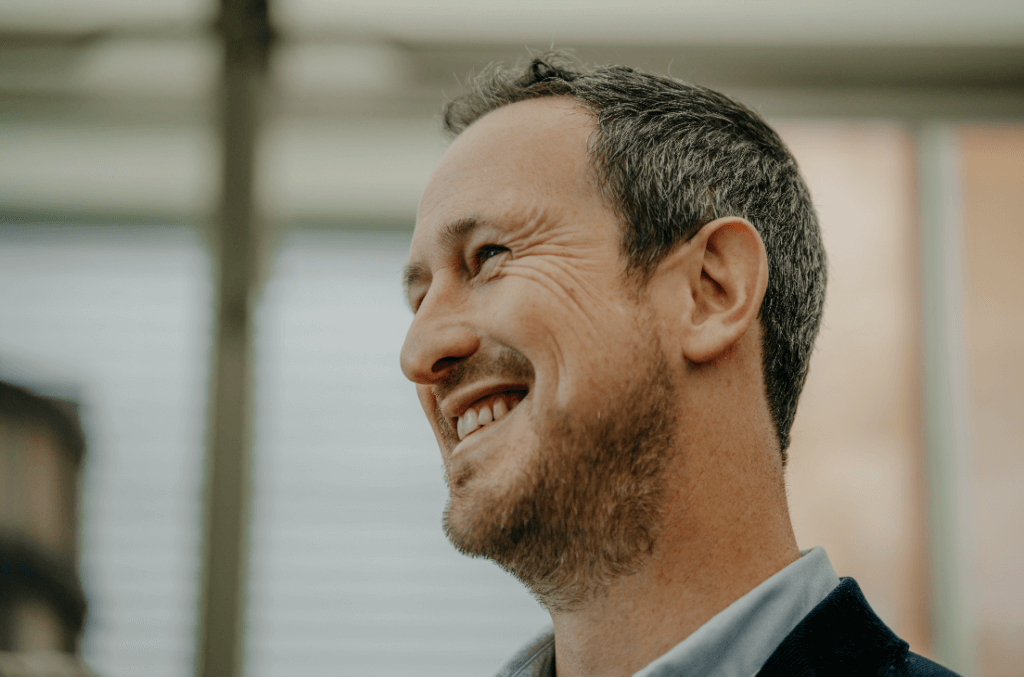
Amateur Images
Taken by Peter and friends, November 2024!
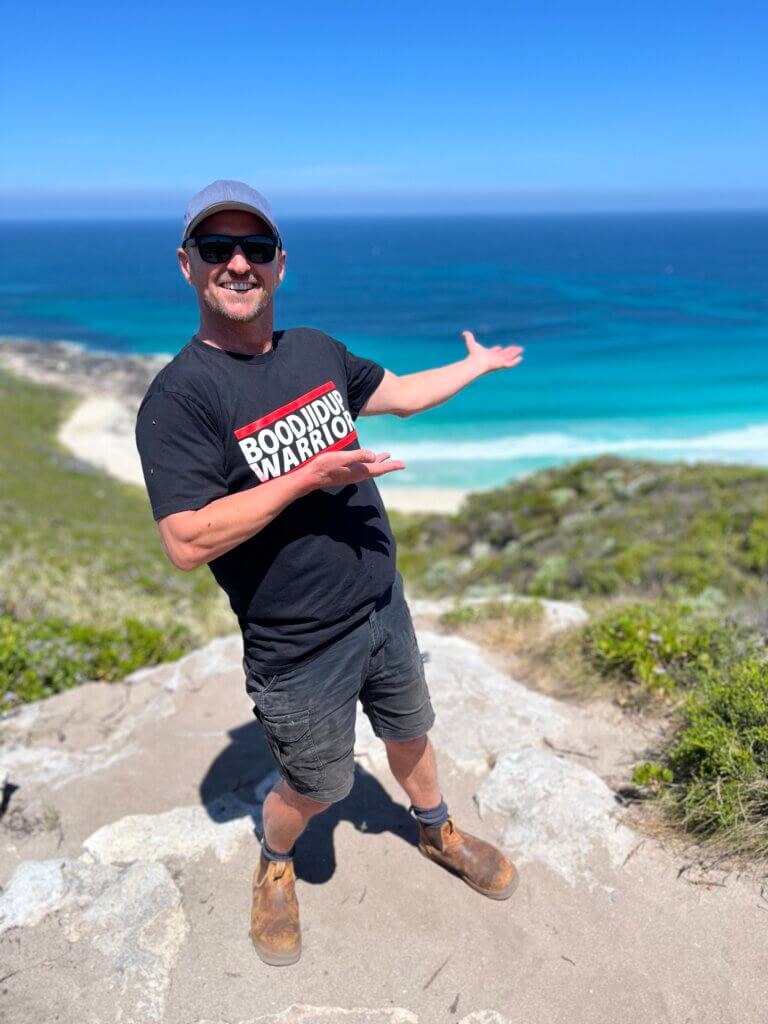
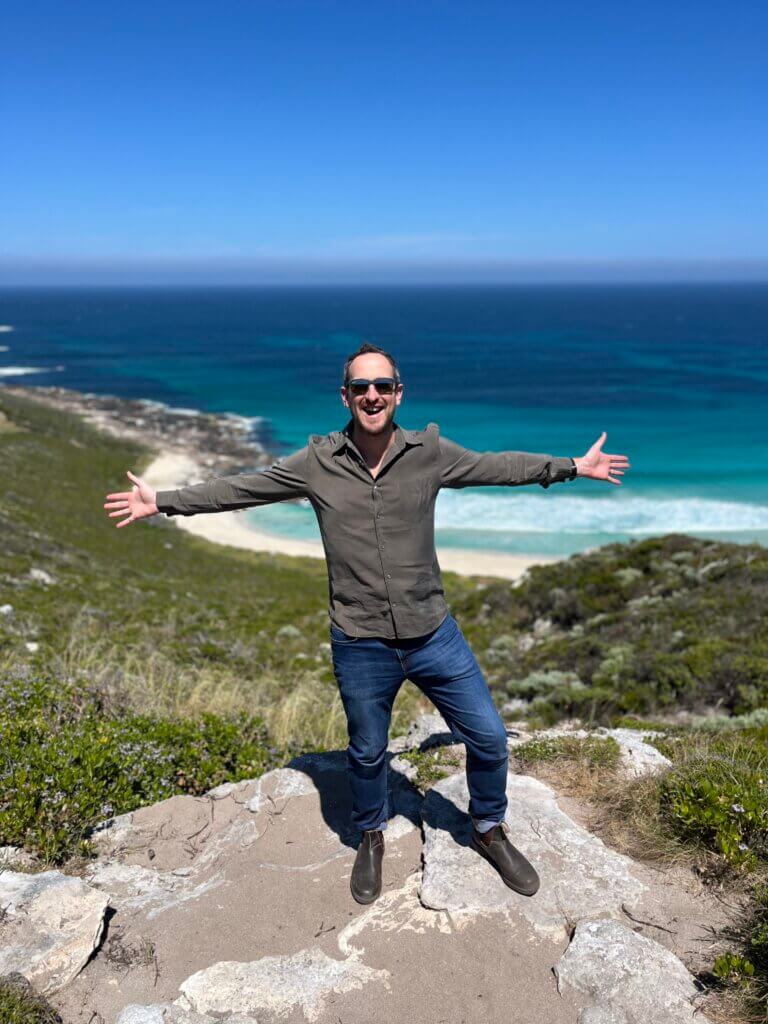
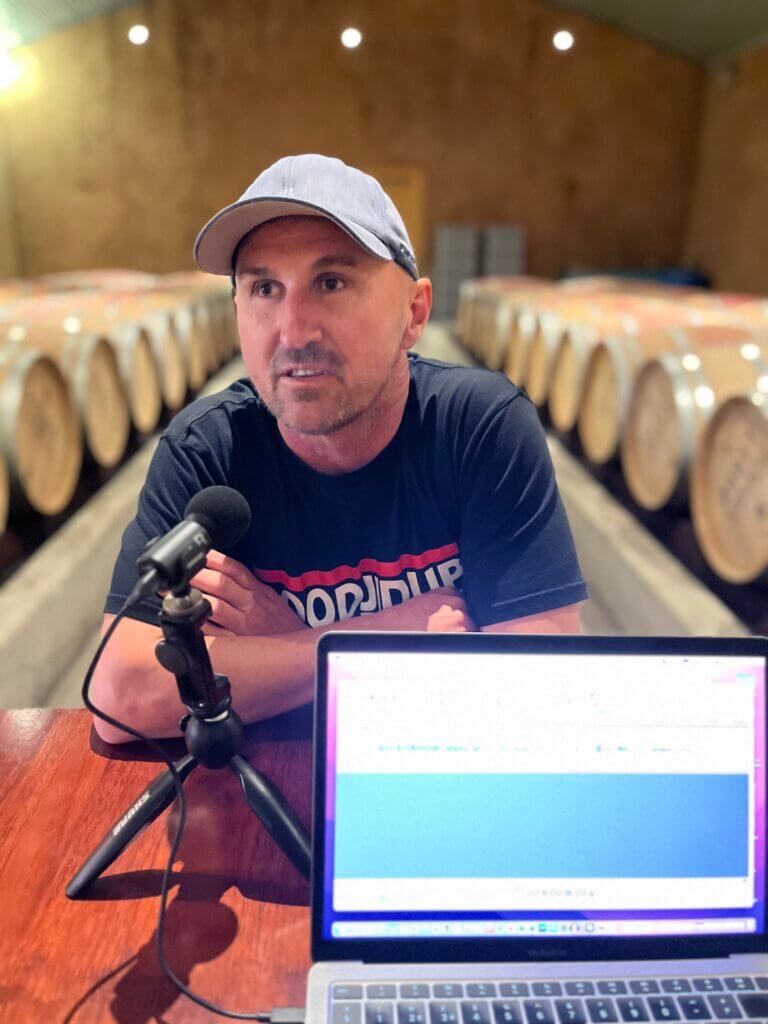
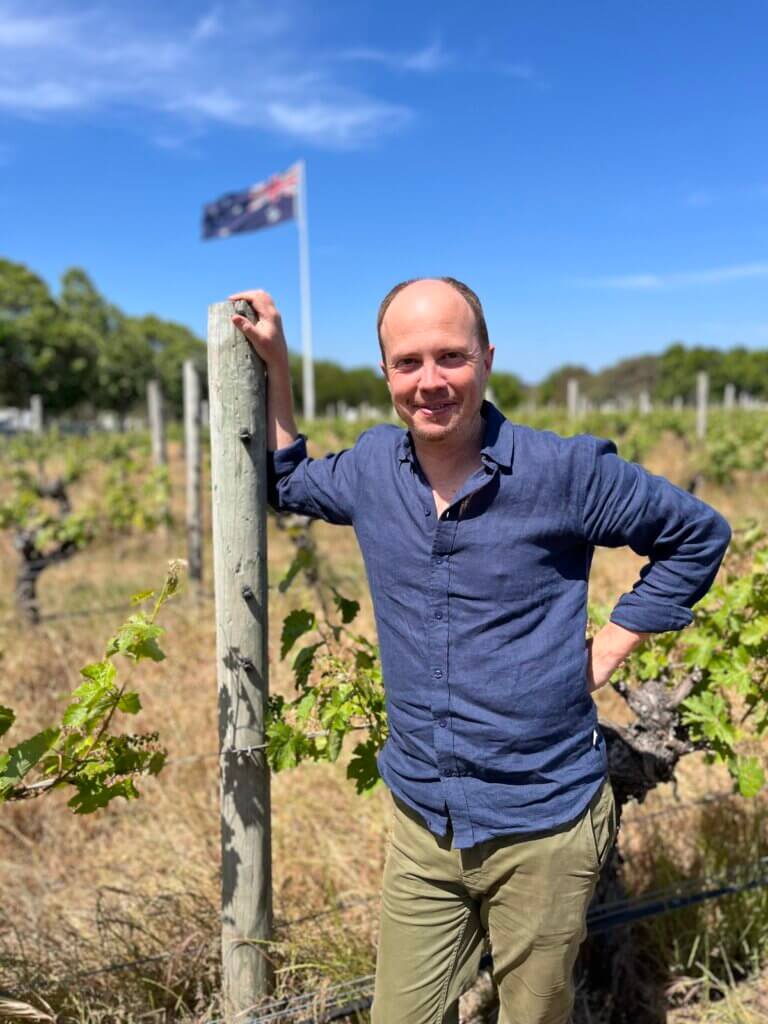
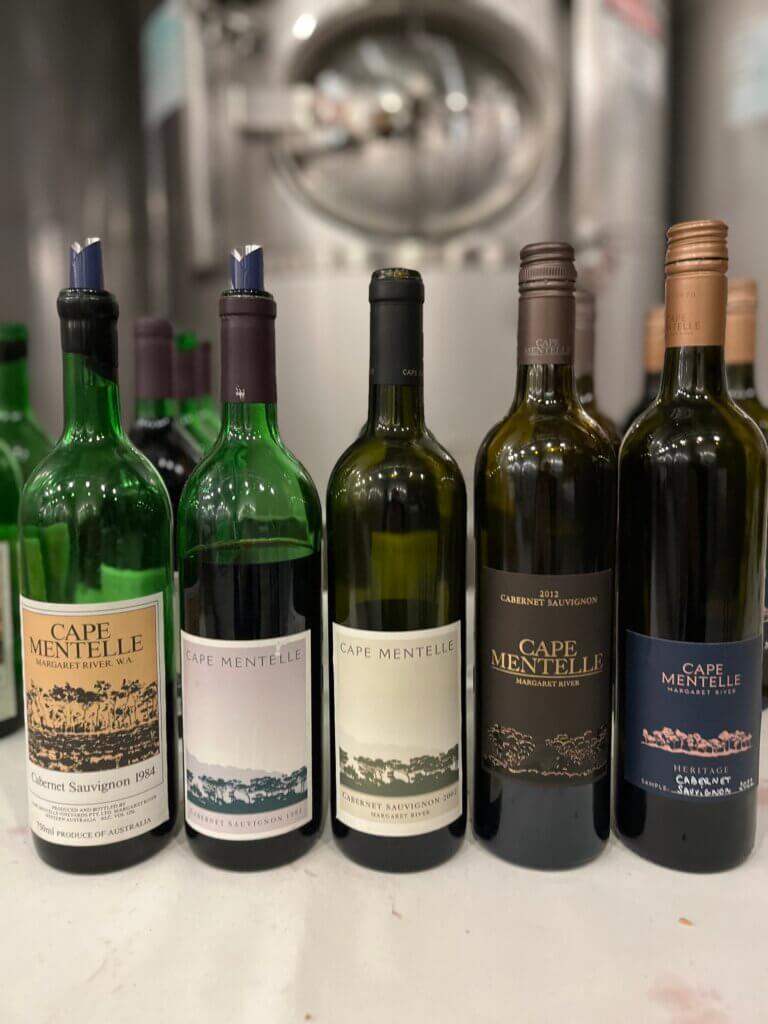
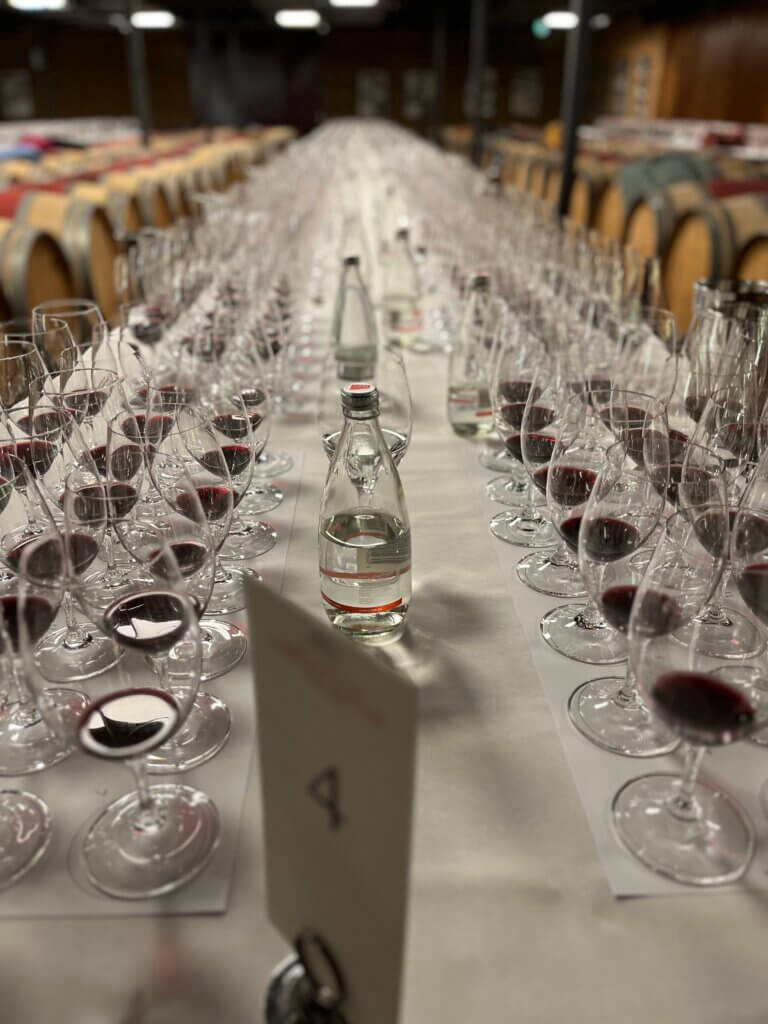
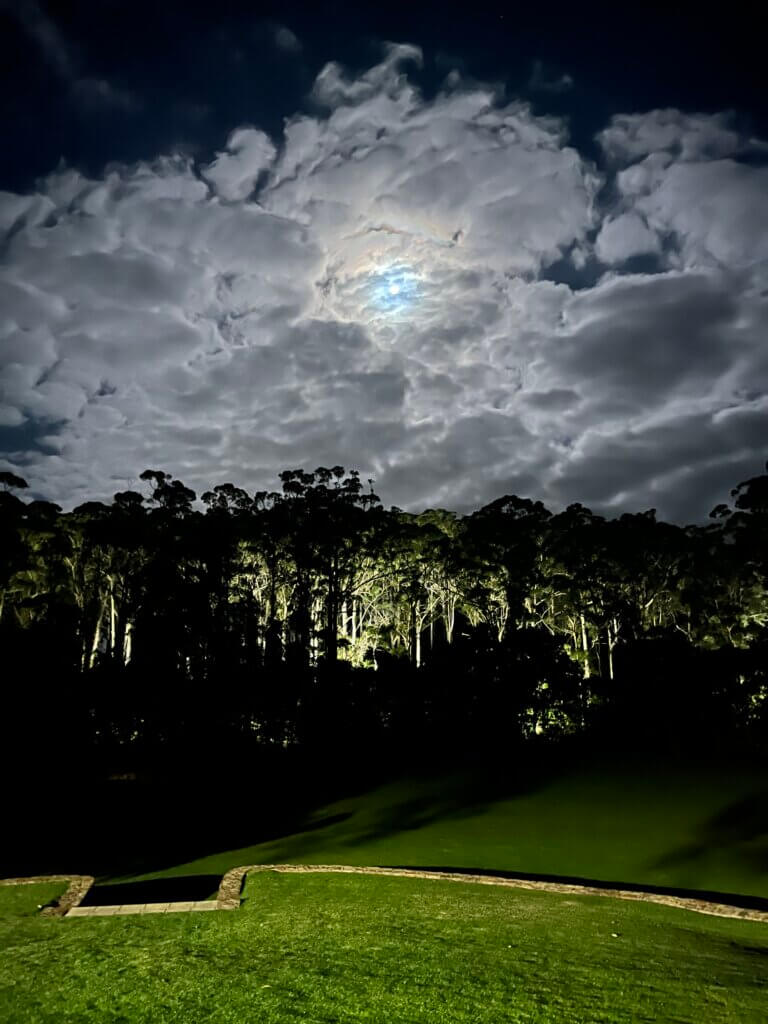
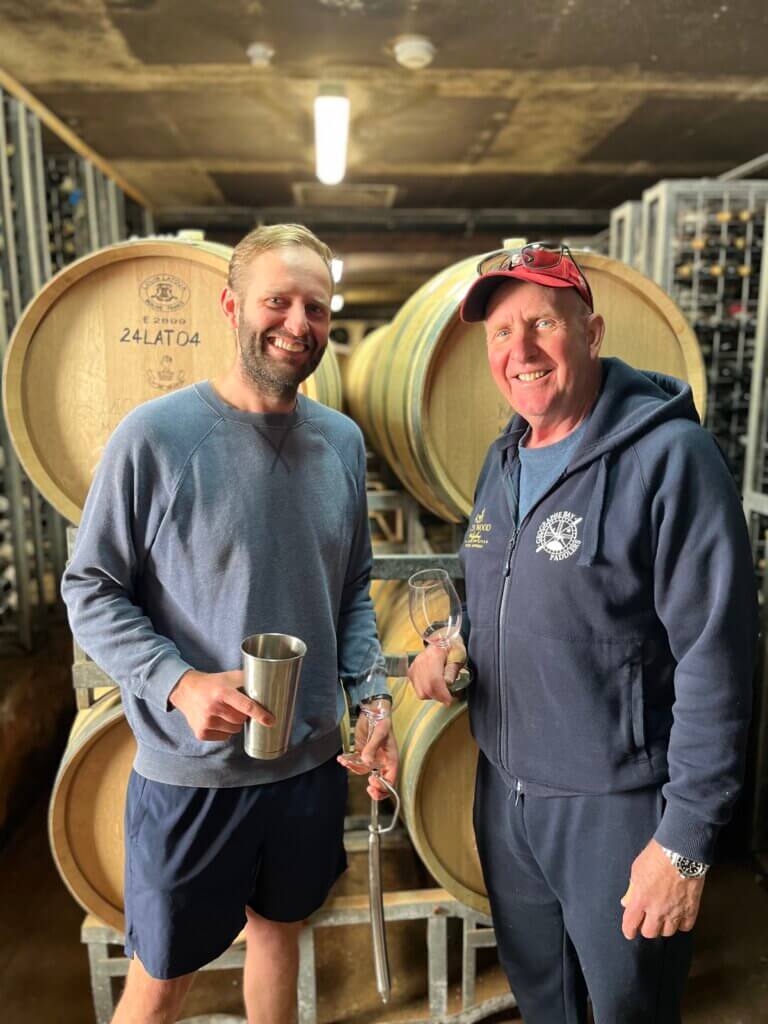

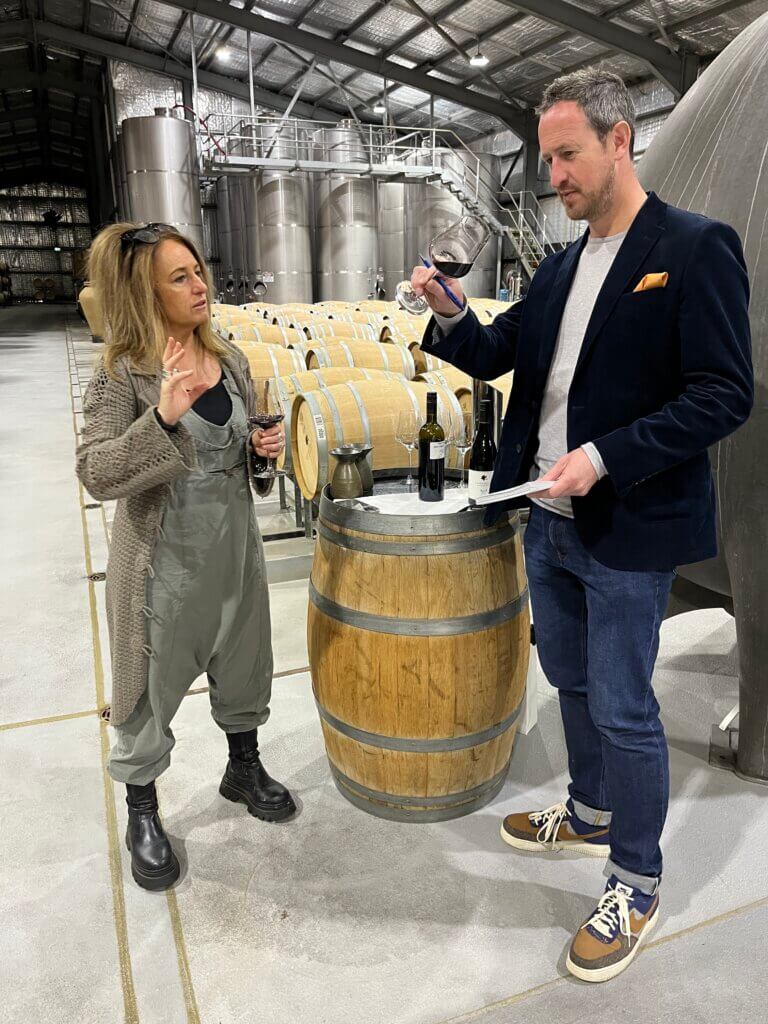
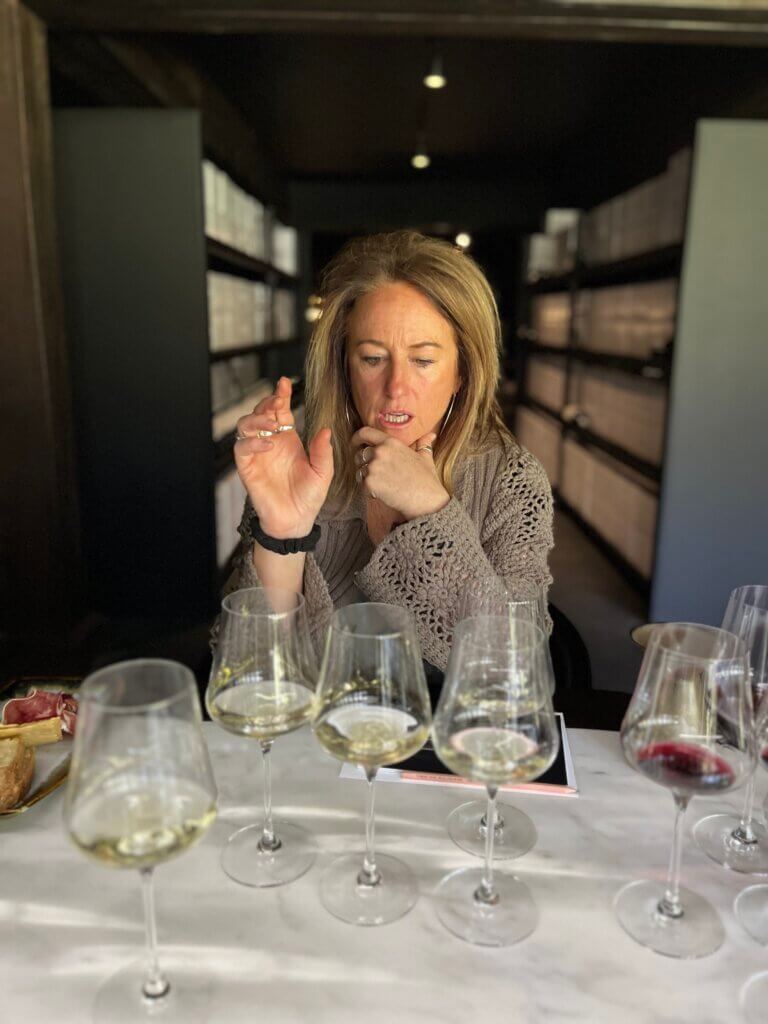
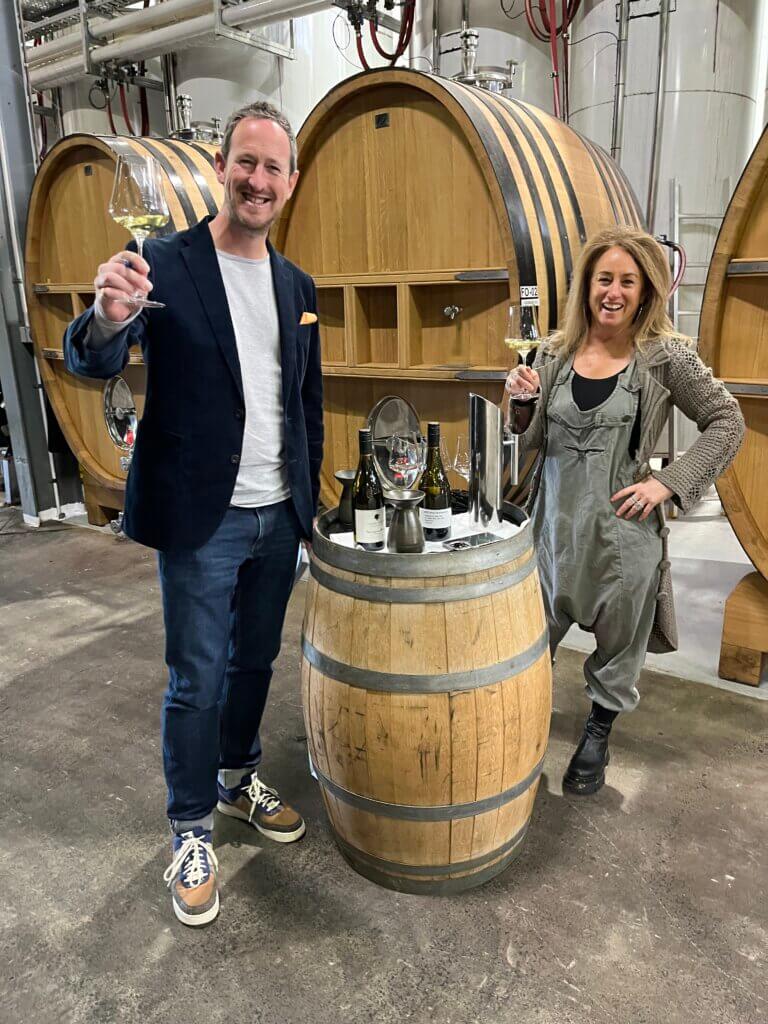
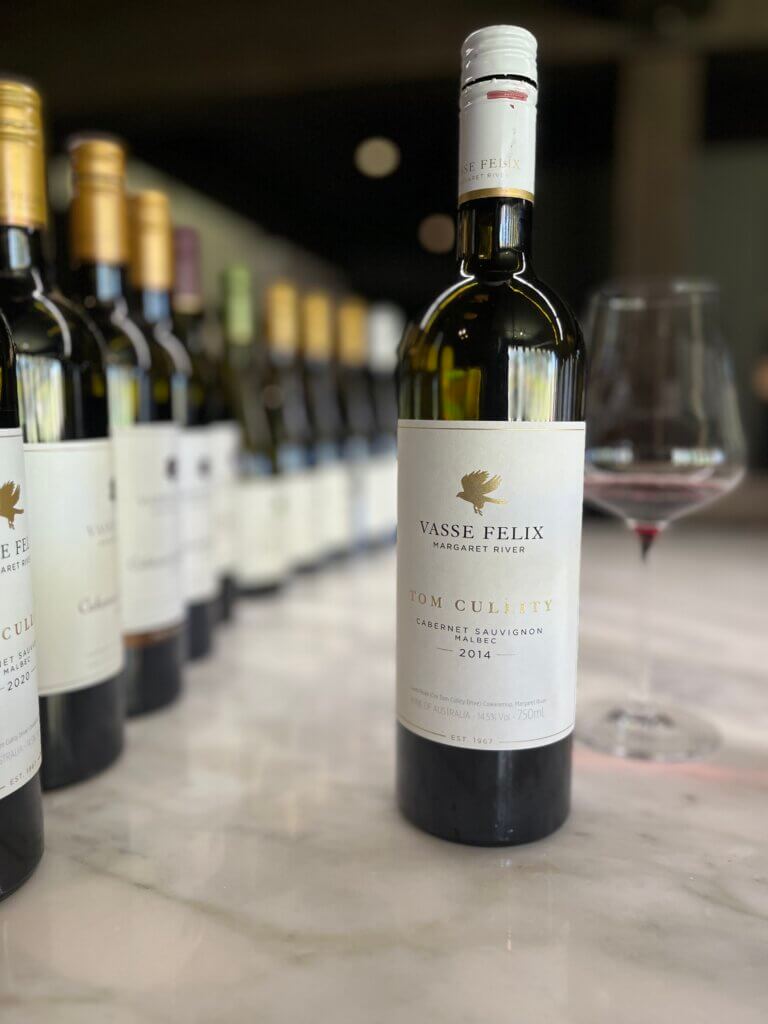
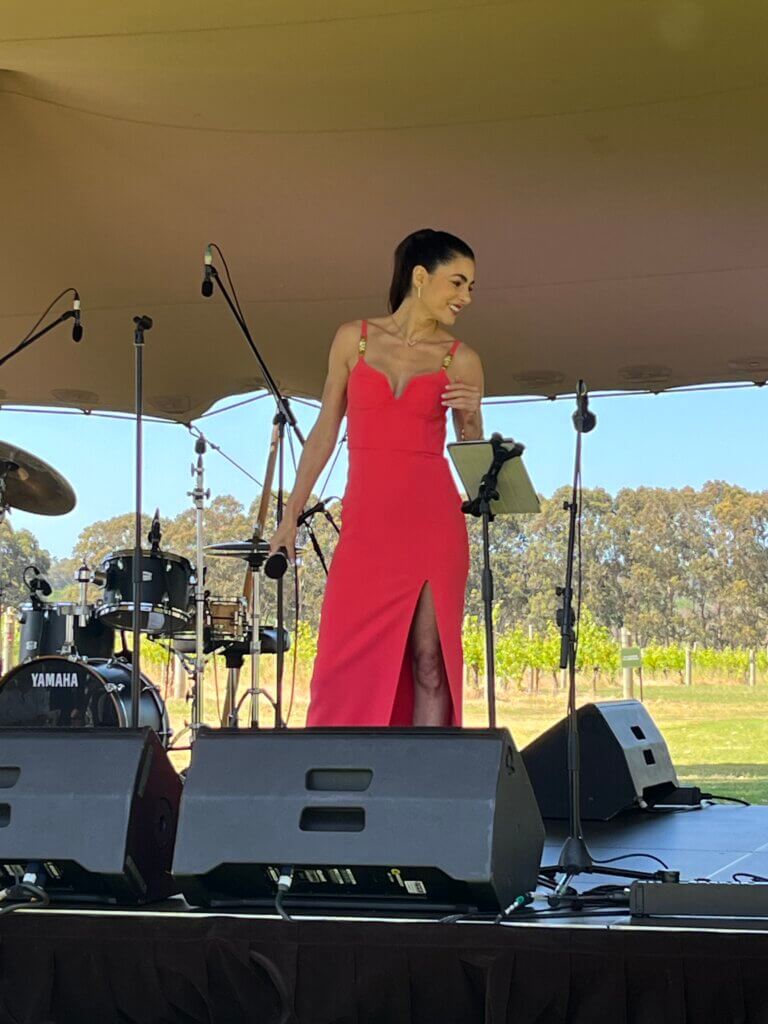
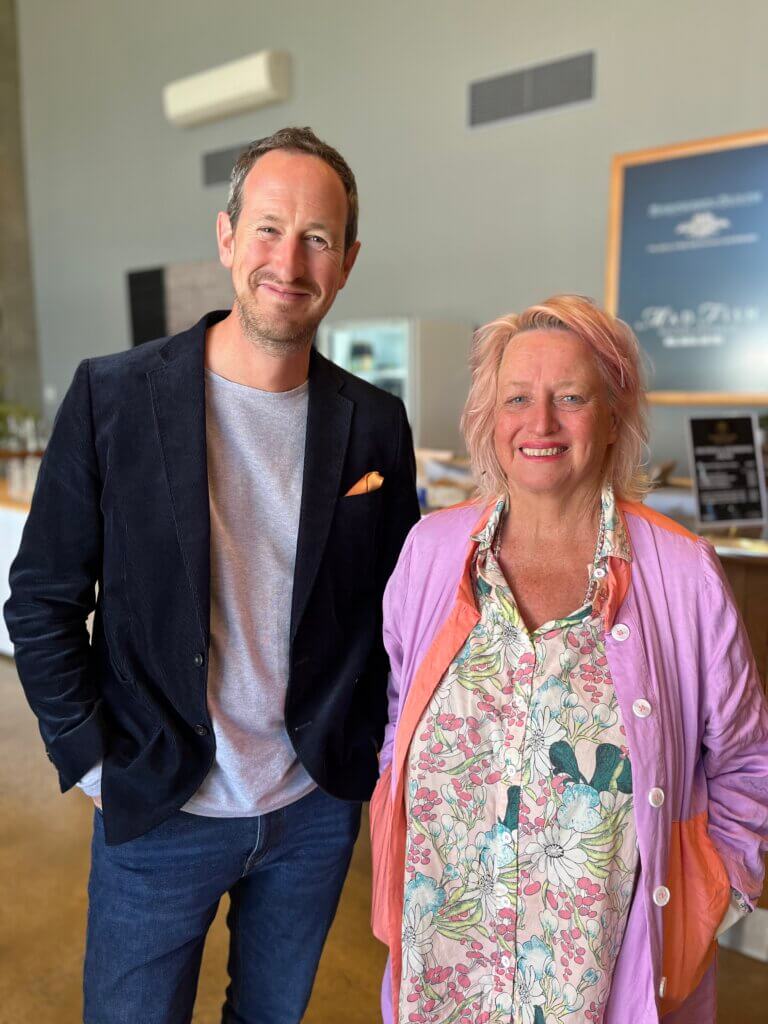
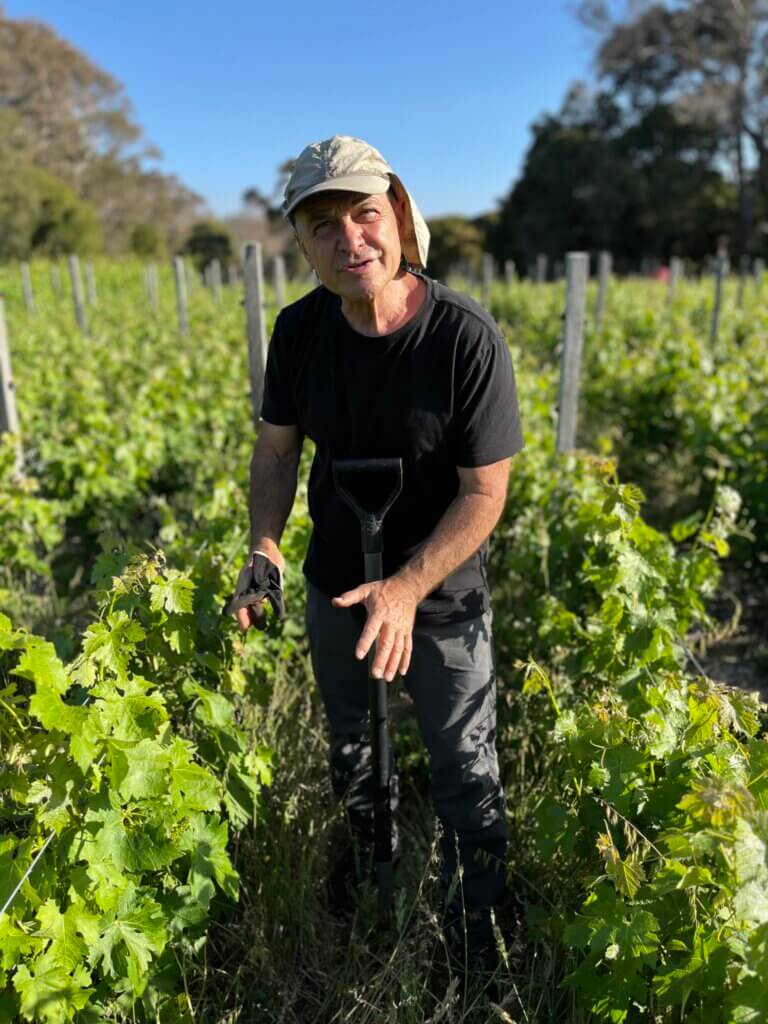
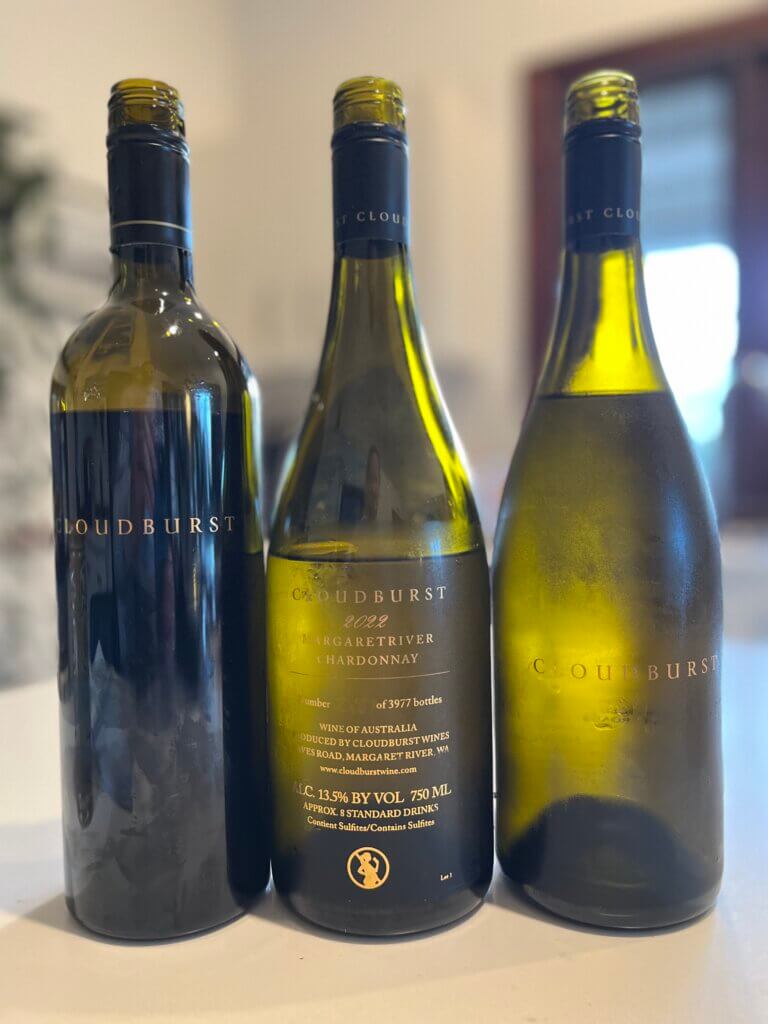
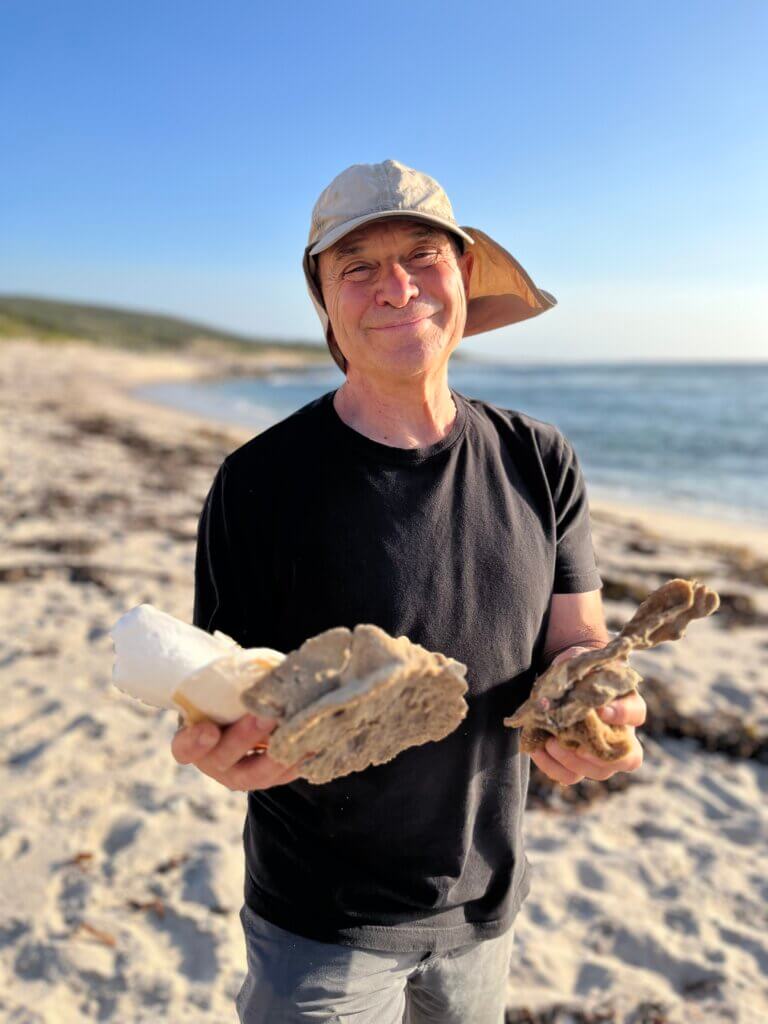
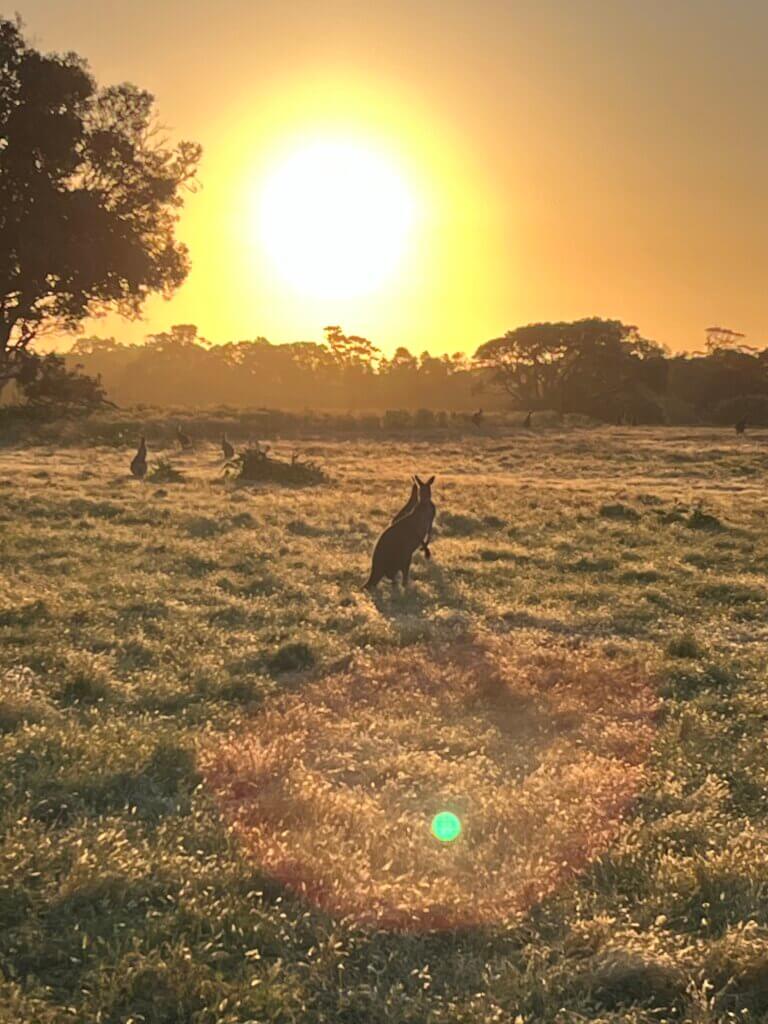
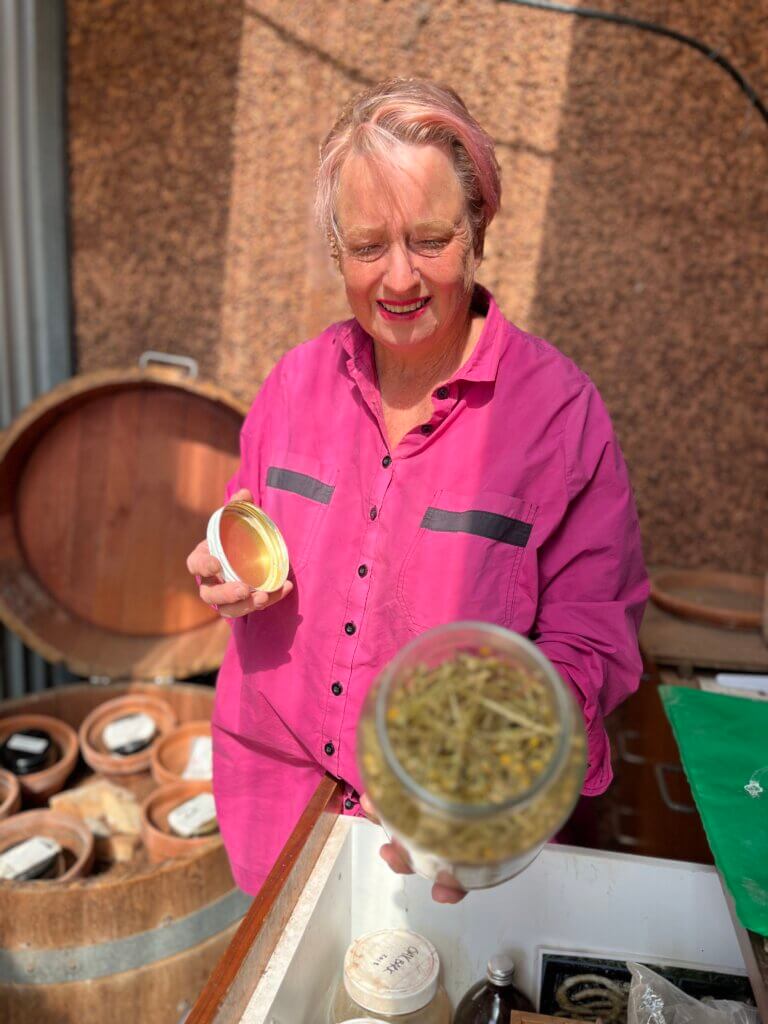
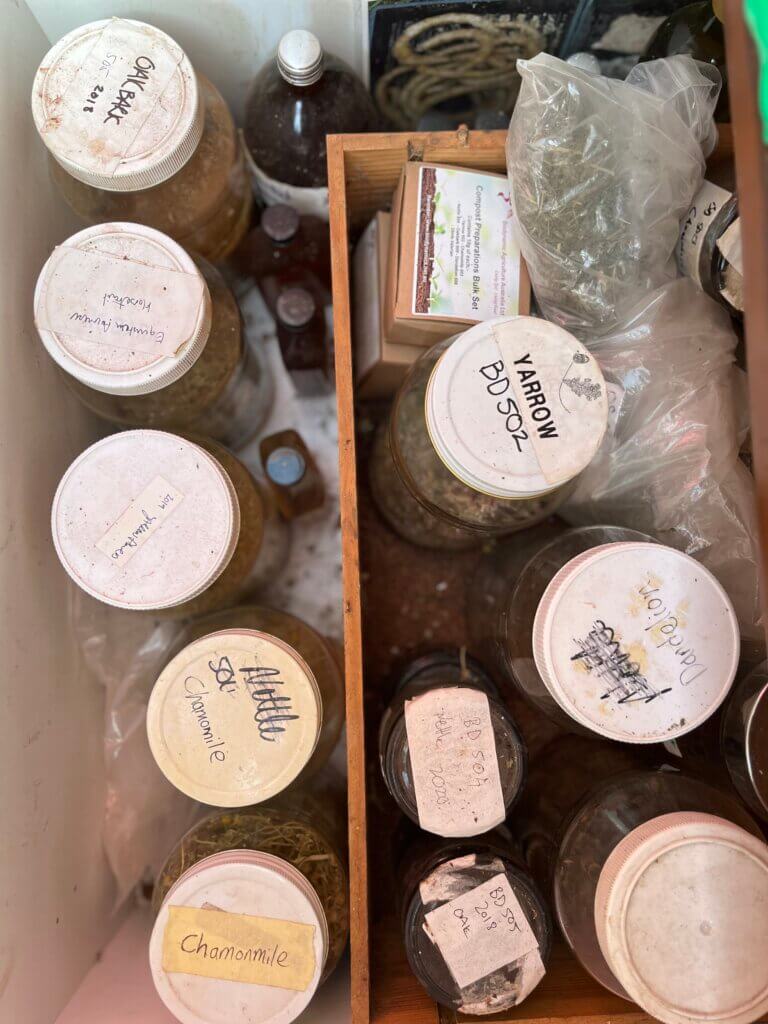
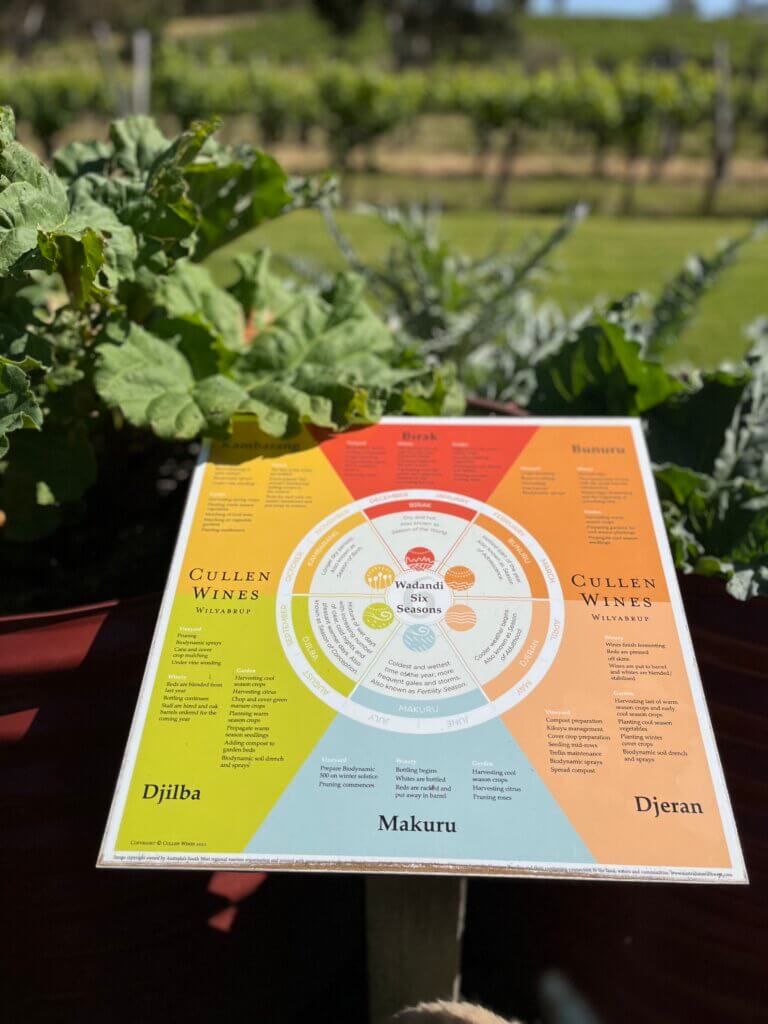
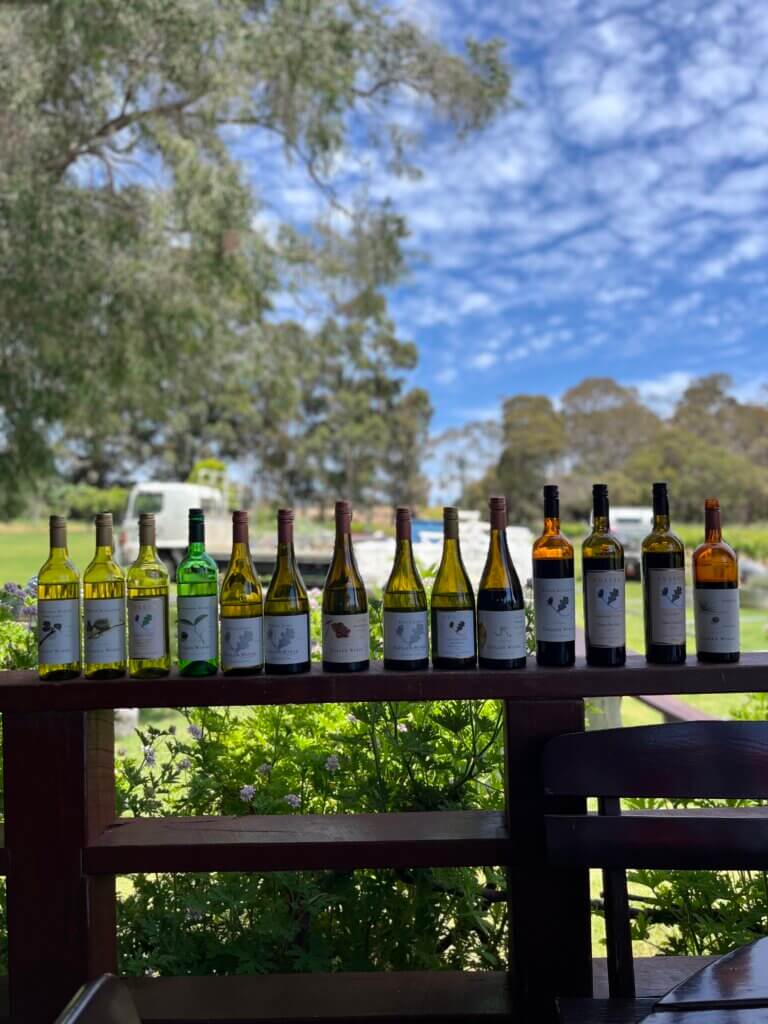
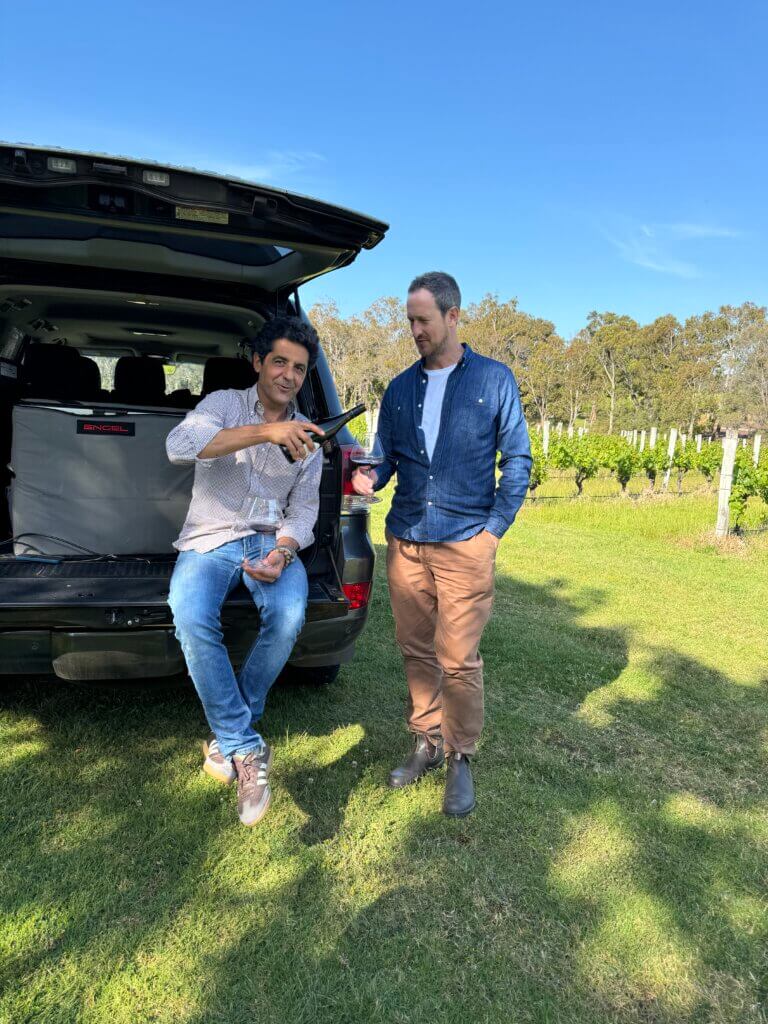
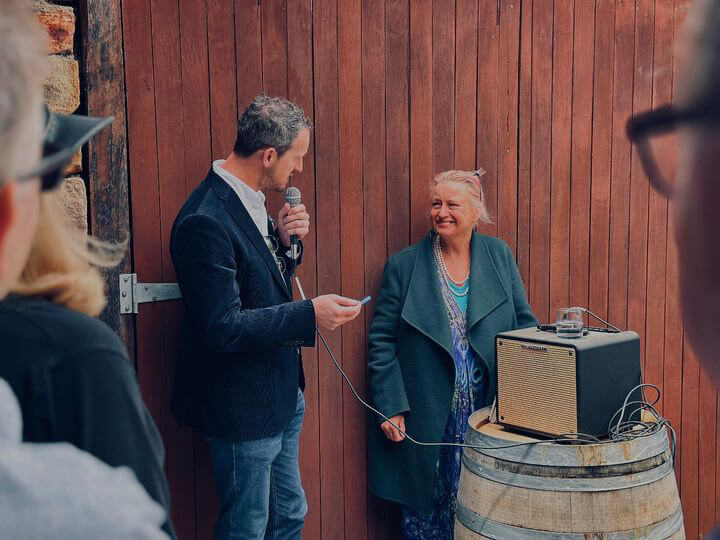
Get in Touch!
We love to hear from you.
You can send us an email. Or find us on social media (links below).
Or, better still, leave us a voice message via the magic of SpeakPipe:
Transcript
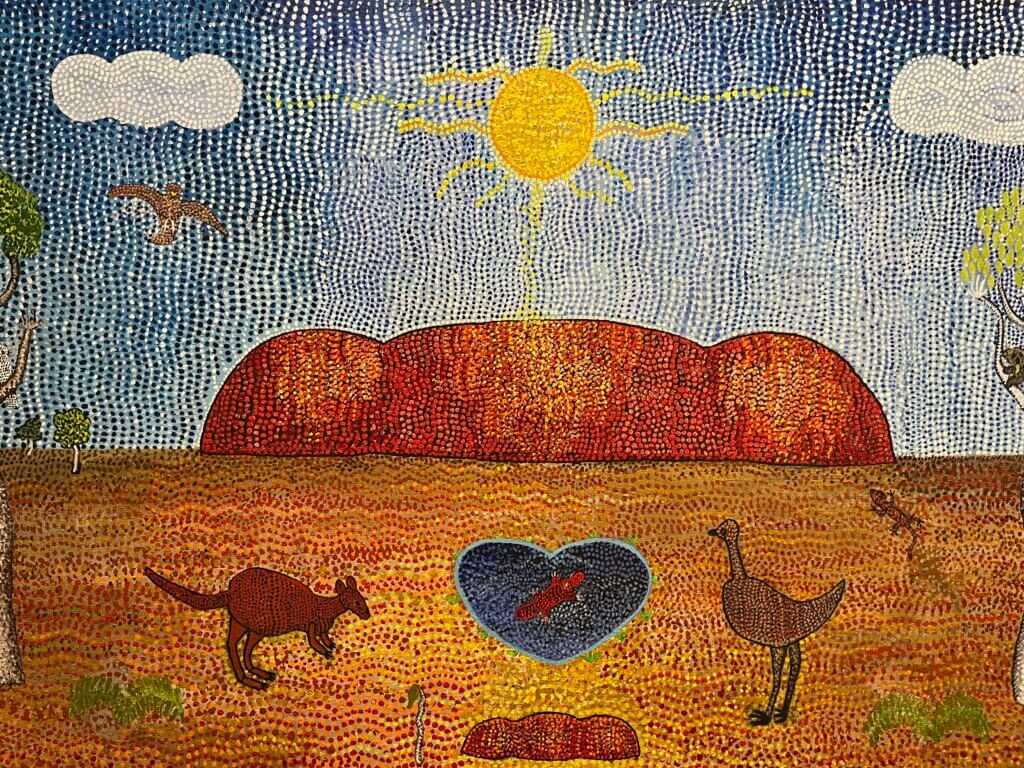
NB: this transcript was AI generated. It’s not perfect.
Peter: G’day! You’re listening to Wine Blast with me, Peter Richards and my wife and fellow master of wine, Susie Barrie. And you’re joining us mid party. Picture the scene: warming sunshine, deep blue sky, everyone, wine in hand, kicking back, relishing the sounds and sights of Margaret River in glorious springtime.
Susie: Yes, welcome. Grab a glass and join us as we take you on a trip round Margaret River, one of the world’s most celebrated wine regions, but also one that offers quite a bit in the way of intrigue, surprises and fun. Here’s a taster of what’s coming up:
Virginia Willcock: Margaret River is one of the most unique and beautiful places on the planet. The greatest hangover cure known to man, by being able to swim in the ocean after a big night drinking wine.
Will Berliner: I believe that there is a flavour to this place. I think we’re able to create something of beauty here, of elegance here. That something astonishing can come through here and does come through here.
Erin Larkin: And these wines are world class, they age beautifully, they’re under screw cap. I mean, what the fuck?! These wines are such great value for money and I find that thrilling.
Peter: It’s always good to get a profanity or two in early doors, don’t you think?! Apologies to those of a fragile constitution. But this is a region where passion meets precision meets picture perfect surroundings and some pretty forthcoming people too, respectively there: Virginia Willcock, Will Berliner and Erin Larkin. we’ll be hearing more from them as well as a star studded host of top Margaret River wine talent in this show.
Susie: Yep. So this is the second and concluding part in our Western Australia miniseries. And we’d like to thank the Western Australian government and industry for sponsoring this two parter. In our previous episode on the mysterious and magical Great Southern, we set the scene in this remote but intriguing extreme corner of southwest Australia which is home to some of the oldest surface geology on the planet. And without doubt some of Australia’s finest wines.
Peter: And now we’re rolling into Margs…
Susie: Margs.
Peter: Yeah, as it’s known locally, something like that. Anyway, somewhere, we’ve both been lucky enough to visit, haven’t we? You know, it’s a very privileged peninsula about 270 kilometres south of Perth. And what a visit it makes. welcoming wineries, great foods, great wine, cool beaches and surfing. Lovely people. As long as you don’t talk to them about cricket.
Susie: Well, I probably wouldn’t anyway.
Peter: Well, fair enough. And of course, you know, the weather. The weather, oh my goodness, the weather. You Know, consistently warm, but tempered by the cooling Indian Ocean, which acts kind of like a giant air conditioning unit. it’s ideal for growing long season grapes to give complex perfumed and balanced wines.
Susie: Yeah, I mean we’ve long been fans of Margaret River Indeed we have many of its wines in our cellar to prove it.
Peter: We do indeed.
Susie: So Cabernet Sauvignon and Chardonnay are the headline grape varieties in this region. Now of course, these are two of the most widely planted grape varieties on the planet. But in Margaret River they come into their own making for bright, elegant, savoury styles. So in this episode we want to ask why that happens, how it happens, and what is it about Margaret River that makes the place and the wines special?
Peter: So when I was over recently, what I loved was this sort of juxtaposition of rural charm, incredible forests, you know, wild ocean coasts and wildlife, which we’ll come on to in a bit with a kind of sort of cosmopolitan, cultured refinement, for want of a better word. We just heard that beautiful opera, the wonderful and very multi talented singer, food writer, actress and ah, presenter Silvia Colocca, who was performing as part of the Pair’d festival, which is a very cool celebration of wine and food at Margaret River And I was lucky enough to take part in the international Cabernet and Chardonnay tastings held at Cape Mentelle and Cullen, two of Margaret River’s founding wineries, tasting first growth Bordeaux and Grand Cru Burgundy up against Margaret River’s finest wine.
Susie: Living the high life as ever, Mr. Richards.
Peter: Right at the coal face, that’s me, you know, sort of playing Space Invaders at the winery cellar door with a glass of world class Chardonnay and that kind of thing. That’s what I’m talking about. But yeah, you know, the high life is exactly what it can be. but then you turn a corner and this happens.
Susie: Was that you after a big night out, or maybe just trying to psych yourself up to going for a swim?
Peter: You keep going with that one. No, no, that was the sound of some particularly, raucous Kookaburra birds apparently entertaining us in the rural serenity of the wildlife sanctuary at Passel Estate where co owner Wendy Stimpson was talking me through their fine wines. and the, the Ringtail Possum sanctuary that they have around, which is actually amazing. It’s a really fantastic visit.
Susie: And I mean, talking of wildlife, you do actually see kangaroos hopping around all over the place as well, don’t you?
Peter: Absolutely do, sometimes in huge numbers. You know, I went on a. On a Sunset Drive. It was like something out of Jurassic Park, you know, sort of giant herds of kangaroos bouncing across the plain. But, you know, of course, nature can be challenging as well as magnificent, especially if you happen to be a wine grower, and said wildlife has a bit of a taste for grapes. Now, I asked Moss Wood’s Keith Mugford for his honest and unfiltered opinion of kangaroos.
Keith Mugford: Well, they’re a fucking pain in the ass. You know, they. They love, grapes. You know, they will eat grapes and. Vine leaves to their heart’s content over. Any of the natural food sources. And so, yeah, of course they look. Cuddly and furry and all that kind. Of thing, but no, they’re not my favourite animal.
Susie: Hence big fences round the vineyards. And just going back to the birds, you know, they’re another issue, aren’t they?
Peter: They absolutely are spot on. You know, generally speaking, this is a pretty easy place to grow grapes, right, with relatively little disease pressure like other parts of the world. But nowhere is without challenges. And in some years, when the local Marri trees don’t blossom, the birds will try to eat the grapes instead. This is what Vasse Felix, winemaker Virginia Willcock had to say on the subject.
Virginia Willcock: Birds. Bloody birds. If we get no blossom, the birds. Alfred Hitchcock plague proportions. It’s the scariest thing you’ll ever see. You know, Bart and I , my viticulturist, The tension that birds create within us is so immense. He wants me to pick. I don’t want to pick too green. We’ve got to fight the birds. It’s. It’s devastating.
Susie: Virginia versus the birds. Now that’s a film I’d like to see. But of course, this is why they use netting in Margaret River even if it is expensive in terms of labour costs. I mean, I think a couple of years ago they spent the equivalent of over a hundred thousand pounds on netting just for one vintage, didn’t they? Yes, but either way, you get a sense of these winemakers out there doing battle to make great wines.
Peter: Yeah. Nothing that’s easy is interesting. Is it? you know, the irony, of course, is that most of the time, nature is precisely what’s enabling the production of fine wines in Margaret River you know, and that’s what we’re going to be getting into. so let’s start with a little bit of history. Margaret River is a relatively young wine region, but one that’s had the immense benefit of having Its foundations in science and data. So agronomist Dr. John Gladstones published a well researched report in 1966 noting the potential of Margaret River for fine wine. this was off the back of some pioneering work by Dr. Harold Olmo in the wider region. And this kind of planted the seeds, if I may m. You know, for, for Margaret River wine today.
Susie: Now we should say wine had been made in the region before that, but it was pretty basic stuff. And when another doctor, Dr. Thomas Cullity, a Perth cardiologist, planted Cabernet Sauvignon, Shiraz, Malbec and Riesling in 1967, the ambitions were altogether loftier. Now those vineyards would later become Vasse Felix and other plan plantings followed shortly after at Moss Wood, Cape Mentelle and Cullen, which we’ve already mentioned. Who we’ve already mentioned and Leeuwin.
Peter: Yeah. Now I asked Keith Mugford, co owner of Moss Wood, one of the founding wineries, what it was like back in the early days of Margaret River
Keith Mugford: Well, it was, it had a pioneering feel, which was part of the excitement. There was. Margaret River was a blank canvas. We were learning about the wine styles from here. With every vintage. there was simply no, there was. No history that we would, we could judge against. And so that was fascinating. And we debated a lot. We debated wine style, how it should each of the varieties, Cabernet first of all, but Chardonnay, Pinot Noir, how should this taste, what should be aiming for. Which wine should we try and emulate? And so that was great. And so the very famous doctors of that period, so Tom Cullitty, Bill Pannell, Kevin Cullen, those three guys in particular were men who enjoyed a vigorous debate. And so it was not a place for the faint hearted when these debates were taking place. But I can certainly assure you that it led to, well, striving for excellence. And a, determination to produce the best possible wine. So, yeah, it was great. And one of the big differences in. Those days between Australian winemaking and say. Bordeaux was the elegance that the Bordeaux wines displayed. Australia probably had a reputation for making overripe, slightly hot styles. And so we were determined that we. Weren’T going to do that.
Susie: Well, I think we can safely say they’ve succeeded because that elegance and freshness is a real hallmark of Margaret River wines now, isn’t it?
Peter: Yeah. And Keith was quite honest saying that, you know, in the early days, Bordeaux was the model they were aiming to emulate with their Cabernet and Burgundy for their Chardonnay. but it’s evolved since that’s the key thing, you know, either way, big ambitions right from the outset. Now, someone else who talked about history was Vanya Cullen, who acknowledged the traditional custodians of this land, the Wadandi people, and talked about why custodianship is important.
Vanya Cullen: Because you look after the land, you have healthy soils, healthy vines, then you have the best quality wine. And I think, you know, you look back to the indigenous culture, 65,000 years of, of sustainable land care. And then I think if there was a way to go forwards, it’s to. To look after the land as, as they did and to learn from them. but I think that, that looking after the land, you know, what you give to the land, it gives back and vice versa. And so you have that, that sense of place which, you know, over the course of the biodynamic, the past 20 years being biodynamic, I think that, you know, the wine’s becoming more and more off place and unique and wonderful thing to have those differences. I think diversity is great. and to have that, you know, you go to a place and you have that wine which is of that place. And, what could be better?
Peter: What have you particularly learned from the traditional people of this, of this area that helps you with. With wine now?
Vanya Cullen: I think, you know, going biodynamic was. Was big in terms of saying you don’t know and you, you know some things, but there’s a lot that you. Don’T know, and that observe. And it’s more like ancestral farming through experience. And I think the indigenous culture deepens that. It’s all of that detail. I think great wine is about detail and I think detail and the natural world, they know that better than anything.
Susie: Now Vanya mentioned biodynamics there, which to, to put it very crudely, is sort of like supercharged organics, taking into account the influence of planetary dynamics on plants, integrating animals into the farming, spraying preparations on vines rather than synthetic treatments.
Peter: Yeah. And Cullen’s been biodynamic since 2004, which she says, Vanya says proved a bit controversial at the time. But for her it’s made the wines m more complete and connected to the place. that place is Wilyabrup an area in central Margaret River known for the quality of its Cabernet Sauvignon. Particularly. I asked Vanya what makes such Cabernet distinctive.
Vanya Cullen: from the top down, you get the roses and the violets and the red fruits, the mulberries, you know, Cherries, blackberries, and then, we go into the red capsicum and then the bitter chocolate. And then you go into that ironstone, which is what. What happens when, as a bass note of the wine. And, And I think the wonderful thing is with young wines in Wilyabrup you get, all the fruit and the flowers, and then you go to the old wines and you get, you know, and then if the wine sits in the glass, you’ll get the irons don’t come. Old wines, it’s all about the earth. And then the fruit comes up as it opens up. And I think the other thing is about Wilyabrup Cabernet is that they had wonderful tannins and, a long palette and a different palette structure in terms of the tannin profile is different.
Susie: So ironstone being a local soil, which lots of people talk about, ah, both in terms of aroma, like warm earth, that kind of thing, and also texture. When people talk about the fine, firm, drying tannins that great Margaret River Cabernets can have, they often evoke it by talking about iron stone dust, the way it might coat your mouth and dry it, but with a very fine texture.
Peter: Now, somebody else I spoke to about Cabernet Savignan was Virginia Willcock head winemaker at Vasse Felix, who we’ve already heard from briefly. But I asked Virginia, what makes Margaret River Cabernet special?
Virginia Willcock: We have very light framed Cabernet, naturally, here in Margaret River It’s a cool environment. It’s a Mediterranean climate with a maritime influence. And people think Mediterranean equals warm. But on a temperature graph, Margaret River looks warm, but it feels like cold. A grape feels like we do. It’s hanging out there in the breeze. It’s actually cool. So it’s got all of the Margaret River wines have a very cool climate look about them, yet they’re ripe, which is kind of magical.
Peter: How important is perfume in Cabernet to you?
Virginia Willcock: Perfume is critical. Cabernet is the most aromatic red variety on the planet. I think, like, nothing is more intense than Cabernet and right and wrong, you know, sometime if it’s green Cabernet, you know about it. If it’s overripe Cabernet, you know about it from Margaret River There is a, ah, you know, there’s always a herbal element to Cabernet. If there’s not a herbal element, it’s grown in a hot climate and it’s bland and boring. It’s just a dry red wine. Who wants to drink dry red wine? Well, you can, but that’s boring. Wine, dry red wine is boring. If you want to drink wine that has sense of place and a varietal characteristic, you need the perfume of that variety. So herbal nuances are very important.
Susie: I know. We’re both huge fans of Virginia’s, aren’t we? she’s so cool. She doesn’t mince her words, is passionate about what she believes in, and her wines are fabulous. And this is how she describes Margaret River
Virginia Willcock: Margaret River is one of the most unique and beautiful places on the planet. I fell in love with it when I first came down here to do a vintage and found the most incredible surf beach, the greatest hangover cure known to man by being able to swim in the ocean after a big night drinking wine, but making some of the most beautiful wines that have never been big, heavy footed. They are elegant and fine.
Peter: And she likes to say, when all her colleagues headed off to France to learn how to make wine, she went to Italy, to work on all these weird and wacky varieties and focus on things like shape and space in wine, rather than trying to recreate Bordeaux, for example. And I found this notion of shape and space in wine intriguing. So I asked her about it.
Virginia Willcock: You get a big fat wine and you put it on your palate and it’s all the way from front to back, and it’s all parts of your mouth and you go, man, whatevs. Yep, beauty. It’s a drink. But when you actually have an architectural shape to wine, so it might start on your palate, quite light, and then it, it has this juicy, sort of succulent fruit core. And then all of a sudden the tannins start building towards the back. And then you get these long tannins and you go, I’ve just been on a journey. It’s like looking at a piece of art. I believe that cabernet has this beautiful shape, and it’s not a hole in the middle, it’s actually an elegant front and it rides into a beautiful, plump sort of background. And then the tannins hit you quite late. And I kind of look at them as like horseshoe tannins. They happen late and around the outside and deep. I’m like, this is cool. So I was at this, dinner and we were talking about the shape and space of Cabernet. And this one guy turned around and said, can I tell you a story? And he had goosebumps and he was really excited and he said, I’m a landscape gardener. And I think about exactly the same thing when I’m landscaping a garden. Because if you walk into a garden that’s full of plants, you can’t see them all. But if you walk into a garden and there’s a bit of space, you can see more plants and you can see more of the flowers and you can see more going on. And he said, I totally understand what you’re talking about, because I can see more in this one because there’s space to see everything else going on. And I just fell in love with that concept. And I love gardening as well. So there’s this beautiful synergy with space being very important to Seymour.
Susie: So less is more my mantra for life. And she makes such beautiful wine, doesn’t she? You know, we’ve got a couple here, actually.
Peter: Yes, we do, yeah.
Susie: Talking Cabernet. Specifically, her Filius Cabernet 2021 is gorgeous. It’s so perfumed and fresh and savoury with that lovely shape and space she talks about. And great value, too. I mean, it’s about £14.
Peter: Absolutely, absolutely. And she also makes sensational Chardonn. the Filius Chardonnay 2022 we got here is sort of savoury and creamy and nutty. Again, just great value. So much wine for £14. Really hard to find a Chardonnay of that calibre and pedigree for, that price. It’s also, of course, a former wine of the year of ours. Former WOTY, right. Back in the day. And then here we’ve also got. We’re lucky enough to have the Vasse Felix Chardonnay 22. More serious and intense style, isn’t it?
Susie: And then, so that’s the straight Margaret M River Chardonnay.
Peter: Chardonnay. And then to cap things off, we’ve got The Heytesbury Chardonnay 2020 Chardonnay. Oh, wow. Stunning. So flinty, savoury, complex wine. It’s just gorgeous Chardonnay, isn’t it?
Susie: Yeah. Anyway, I think it’s time to take a breath, share some neutral space, perhaps, or just an excuse for us to chug some of this delicious wine before we come back for more. By way of summary, so far, Margaret River is a relatively young wine region, but one with very firm foundations which have enabled it to. To thrive with its unique brand of fine Cabernet and Chardonnay. It’s also a pretty nice place to visit, eat and drink. Even the birds think so.
Peter: Now, testament to Margaret River’s pulling power, as it were, is just how diverse the community there is. So many people come fall in love with a place and stay, you know, I nearly did that. Did you? Did you do that?
Susie: Well, I would have been happy to.
Peter: For some reason we came back.
Susie: Yeah.
Peter: Anyway, once there’s one blowing is Glenn Goodall, a, winemaker at Xanadu, originally from New Zealand, loves his surfing, who took me into his very neat barrel cellar to tell me what makes Margaret River special.
Glenn Goodall: Oh, it’s wine paradise. It’s kind of utopia, to be perfectly honest. It’s, anywhere, that you can get up, particularly, at this time of the year, go down to the beach and go for a surf before work, then go and do your work and enjoy some, of the best wines in the world. It’s a pretty privileged place to make wine and to. And to live.
Peter: I know. You’ve made me very jealous today. It’s a beautiful place, obviously, but what does that proximity to the ocean mean for the wines?
Glenn Goodall: It’s got a huge influence on the whole heartbeat of the place. from a perspective of the wines, that maritime sort of, influence is huge in that we’ve got very, ah, consistent, winters and summers. But as I mentioned today, we’ve got this great big air conditioner called the Indian Ocean that arcs up every morning during summer at sort of 10, 11am and that lovely cooling sea breeze coming through is what really helps to give our wines particularly to those later ripening varieties like Cabernet. helps them to just maintain that freshness and that vitality so that they spend. They get full physiological ripeness on the vine, but they still have that cooling effect of their sea breeze. So, it keeps them really, really fresh. And yeah, it’s just the, perfect combination.
Peter: How have you seen the winemaking or the wines change over the years that you’ve been here? Because you’ve been at Xanadu for 25 years now.
Glenn Goodall: 25 years, yeah. So it’s, I think there’s more emphasis on fruit, and elegance. stylistically I think wines are sort of fresher, they’re less reliant on oak and they’re more about, you know, the loudest force in the glass being the vineyard, not the winemaker. not having the fingerprint of the winemaker, but trying to have the, the DNA of the vineyard that’s actually, speaking.
Susie: So this goes back to the nuance and sense of place that Vanya and Virginia were talking about.
Peter: Yeah, yeah. And someone else saying something remarkably similar was Tim Shand of Voyager Estate, who’s made wine all over the place in Burgundy, Bordeaux, Italy, Chile, Oregon. He describes Margaret Rivers Cabernet and Chardonnay as distinctive in not just an Australian, but also a global context. With their kind of generosity of fruit and complexity. He says these wines are a, song to sing. Loud and proud. Absolutely love that. Now I asked Tim what he was doing to improve.
Tim Shand: We’ve got to identify very specific sites that have a voice. So we have to find a character. Australians are great for ticking boxes on quality. And if there’s a little machine that we can put our wines in that churns out a number, we’ll do it. We’ll blend across regions, we’ll follow, you know, fashion. we’re less and less interested in that and we’re much more interested in a voice. And it’s very, it’s very nebulous and it’s dangerous territory because you can start to, it can be a bit of a self fulfilling prophecy that if my wine looks like this, therefore it is great. But I think what we’re getting better at is finding the voice. And it’s clonal, it’s sight, it’s, it’s varietal and then it’s wine making philosophy and trying to bring those things to have a transparency to the wines. I think that’s something we need to get a lot better at.
Peter: And you talk about the importance of transparency in a wine. Can you just unpack that for us?
Tim Shand: A little bit more transparency? It’s probably two things. It’s a lack of winemaking artefact that’s important. The other one is a, ah, sureness of fruit. There’s a convincing night when you taste a lot of wines from a lot of different vineyards. Some vineyards just convince you with their character of the fruit. It’s very hard to define, but when you taste it in a vineyard and it says, this is me, this is my character, that’s to me, transparency also. And you can lose that quite quickly with winemaking. But yet some vineyards just say, I’m an almost indefinable fruit or an indefinable character, but you know who I am and it’s very pure.
Susie: I do know what he means about some vineyards just being so self assured, so utterly convincing in the wines. They produce almost an innate confidence, if you like, that’s really compelling.
Peter: Now that reminds me of talking to Jacopo or Japo Dalli Cani of McHenry Hohnen who’s originally from Soave in Italy. You’d never guess it with a name. Like that, would you? He’s originally from Italy, but he’s another one who fell in love with Margaret River and couldn’t stay away. he talked about the energy of the wines as being something he noticed right from the start. This is how he described his initial impressions of the wines. Put your finger on what the commonalities were in these wines. What was the gravity?
Japo Dalli Cani: For example, Chardonnays, they had that beautiful crunchy power. They were powerful like the wines that I tried in Europe, from Burgundy particularly. But they had a salinity that was like, so unique of this region. You know, to me you could taste the ocean, you could taste the gravel in the reds in the Cabernet, for example. The tannin and the quality of those tannins, to me remind me of the, you know, the dusty road. When you walk down a gravel road, they had, they really tasted like where they came from. And coming from Soave, which is a very strong, terroir driven area, like, I could see similarities but in a different way. You know, it’s winemaker’s dream to be making wine here because it’s, it’s relatively easy to make really balanced, world class wines in this region. It’s something that I’ve never encountered in other regions and I’ve worked in many places is, this is very, very special.
Peter: Now, McHenry Hohnen is an intriguing producer. biodynamic, tonnes of different grape varieties planted and they take a kind of Burgundian or single vineyard approach. And I was blown away by Japo’s Chardonnays he brought for me to taste. So I asked him about one, the Calgardup Brook Vineyard. And I just loved what he had to say about this vineyard and wine.
Will Berliner: Calgardup Brook is only maybe three kilometres from the water, literally from the beach. And it’s amazing. You walk the rose in this vineyard, you can hear the ocean on a windy day. You can feel that salt water almost like on your skin. It’s like walking at the beach. And I think somehow that character, that salinity, that savoriness, goes into the wine, and this is the unique character of this vineyard is to have that salinity. It’s not a powerful big Chardonnay. To me, it’s a very elegant, out of the three, the most elegant of the wines, but has got this beautiful combination of chalky phenolics and that savoury, salty Margarita kind of character in it, which to me makes you want to go back for a second and third glass, potentially the old bottle.
Peter: Always want a second margarita.
Japo Dalli Cani: Exactly.
Susie: A Margarita character. I Love it. From that description though, I can see why you’d go back for the whole bottle.
Peter: Totally. Absolutely. What a lovely idea. You know, talking of which, we’ve got exactly this wine here, haven’t we? Yeah, but from the 2011 vintage. so I tasted the 2023 while I was there, which was gorgeous, as I said, but. But this was a bottle we totally forgotten about it, I said, hadn’t we?
Susie: Yeah, just occasionally we find them, don’t we? Unearth, them.
Peter: Dug it out from somewhere. I’ve no idea. We were a bit nervous about opening it, weren’t we? But yeah. Oh, my word, it’s.
Susie: It’s so good, isn’t it? It’s sensational.
Peter: Beautiful, creamy, salty, complex, savoury, elegant wine.
Susie: It’s still so fresh.
Peter: Testament to how these wine tast. It’s gorgeous, isn’t it? Just. Wow.
Susie: Yeah. And actually this is something we should, we should mention. These wines, Margaret River reds and whites can age superbly. And partly just because of the wines themselves. They’re fresh but structured and savoury that they’re serious stuff. But also because they’re pretty much all sealed with screw caps, which is just so good for preserving freshness and ensuring consistency.
Peter: Totally agree. so talking about details like screw caps, I’d like to bring in Dave Moulton of Cape Mentelle here, one of the founding wineries. As we said, we talk about sight and transparency and whatnot, but there is a science as well as an art to this craft of wine. Tim Shand mentioned clones and I, ah, asked Dave at a rather busy tasting, hence the background hubbub. how their approach at Cape Mentelle has changed over the years.
Dave Moulton: You can get away with it being a business and not using tech and not using science because wine is, I guess, full of romance and we all know that. but personally, I love the tech. I love the science. It tells us where to look. So we’ve done a lot of work in the vineyards mapping precision viticulture techniques. We look at radiometrics, so the natural radiation that the soil emits, and we map it so we can see our, different soil types. We look at plant cell density imagery. We run a physiocap tool through the vineyard. So after leaf fall, it goes through before pruning and it measures the number of canes and their diameter. So it’s a really accur. Accurate measure of plant biomass. So we use all of these things to split our Cabernet vineyards up and it, it tells us where to look and it Makes us understand our sites a lot better. But every decision is still made on how the grapes taste and every winemaking decision is made on how the wine tastes because ultimately people end up drinking it. So science and tech is great and it helps us make educated decisions, but it’s not going to replace us. And long may that last. It takes a lot of shades and colours to paint a masterpiece. You can’t just use primary colours. So within our, Cabernet programme now we’re looking at more cloner material, we’re looking at different rootstocks. We’re actually doing spacings depending on soil type. And what we’re trying to do is, I guess, leave a nice legacy of lots of different shades and depths of colour. So rootstocks allow us to account for one, seasonal variation, but two, it mitigates risk. So we can take that fruit off a little bit earlier. It means about two weeks in physiological ripeness. So we’re taking those rootstock vines off two weeks earlier. What we can control has been controlled by that point. So it’s really us setting the business up for the future as well.
Susie: Now, this is particularly interesting because Margaret River is renowned for having the vast majority of its vineyards planted on their own roots, not on rootstocks, which is rare in wine these days. And of course, in Margaret River you’ve got the famous heritage clones of Houghton for Cabernet Sauvignon and Gingin and for Chardonnay, which give sturdy, structured, complex wines. But Cape Mentelle are clearly planting different clones and starting to use rootstocks too.
Peter: Yeah, Dave told me a third of their Cabernet vineyard is now on rootstocks, which is rare in the region. But he’s going to be increasing that slowly too, and I think that’s probably the direction of travel. So, you know, it’s interesting how some slightly more forward thinking techniques are being put into play.
Susie: How did the, how did the Cape Mentelle International Cabernet tasting go, by the way?
Peter: Oh, yeah, well, it was, it was astonishing. you know, 20 top, top cabernets from around the world, all from the 2021 Vintage Serve Blind to hundreds of tasters. I, mean, it was amazing. You know, I must admit, hands up that Chateau Margaux and Haut Bailly from Bordeaux were some of my top scorers. Also Spottswoode from Napa, but, but, but, but then the Cape Mentelle Heritage Cabernet Sauvignon 2021 was also one of my favourite wines on the day.
Susie: And we’ve got that here, haven’t we?
Peter: We do, we do. I mean, we’re not just saying that this result’s blind tasting and we do have the bottle here. We do. So, lovely rugged tannins and just polished fruit, you know, it’s proper stuff. on the evening before, we also tried Cape Mentelle’s cabernet back to 1984, which was a real education because the, you know, the sense of how the wines have become so much more precise and nuanced and self assured.
Susie: And just to be, just to be clear, this was the 42nd version of this annual tasting, is that right?
Peter: Yeah, absolutely. No, no, Dave, Dave said that the first one, just, just a picture of the scene. There were a lot of men in sandals, knee high socks and very short shorts. I’m glad he didn’t share that. Just going with me before I went, to be honest. but he did add, that he loves doing this tasting because he wants to see where their wine sits in kind of the global pecking order, you know, looking at what the rest of the world is doing, trying to understand it and figure out how they can best compete and be too insular.
Susie: And how did the Margaret River Cabernets look stylistically as a set?
Peter: Yeah, it’s a fair enough question. I mean, they weren’t all entirely homogeneous, of course, but there was often a kind of a brightness to them, you know, even in the dark fruit spectrum with this sort of firm, fine gravelly tannin and juicy acidity and a sort of herbal perfume. They’re fine boned and sort of insistent styles of Cabernet.
Susie: Now you mentioned, you’ve mentioned Napa and we did hear an American voice at the start of the show, Will Berliner of Cloudburst. Now, from everything I’ve read and tasted, I imagine going to Cloudburst was a rather different kind of experience to your average Margaret River visit.
Peter: Yes, in every sense. I think we should just sort of set the sound scene here. So Will has this amazing property on the edge of a national park. Nature runs riot, I think it’s fair to say. His vineyard is ultra high density planting. So, you know, you’ve got a dense throng of crowded, happy looking vines all hand worked, which is clearly very hard work. Now Will’s originally from New York. He’s, a Yale graduate and a kind of outdoorsy guy, I suppose you would describe him. And the wines, they’re magical. They, ah, taste utterly unique, you know, totally enchanting, almost baroque in style. this is how Will describes his approach.
Will Berliner: I’m taking care of this piece of land. And there are many things living here. I’m doing my best to be respectful of them and in the process, allowing something of beauty to come forth, it’s completely unexpected and unplanned, and I’m making it up as I go along, which requires a lot more of me than you might imagine. And it’s been amazing. And the proof is in the glass, because in my opinion, it tastes like nowhere else. And I think that’s a triumph. And to get it that way, meant sticking to my guns, despite many challenges. And I’m very happy about that. So, you know, we’re tasting that and that’s probably speaking through me because I’ve probably had too many sips.
Peter: It’s hard not to. It’s hard not to.
Will Berliner: I. I believe that there is a flavour to this place and I’m aiming to taste that flavour as it is, as it changes. Okay, I’m looking at this place changes. This place expresses. Can it express itself without my human hubristic overlayment laying something on everything? Can it come through without me? Yes, it can. How do I get out of the way? I get out of the way by respecting what the land is saying, by listening, by trying to get off of my agenda. So what can this place do in, you know, in my humble opinion, I think we’re able to create something of beauty here, of elegance here, that something astonishing can come through here and does come through here. So I’m very positive on what can happen in this region.
Susie: Now, Will’s wines are really good, but they’re also expensive. we are talking 500 Australian dollars or 250 pounds per bottle for his Cabernet. Now, we know that’s raised eyebrows not just in Margaret River but also around the world. What did he have to say about that?
Peter: Well, you know, when you’re there and you see the extent of the work that must go into that tiny vineyard, you know, because of the ultra low fi way he chooses to do things, if you want to describe it that way, you do start to understand it and it does start to make sense. But here’s what Will had to say about pricing.
Will Berliner: We’re not Formula One here. We’re in a ramshackle farmhouse. I’m not complaining, but I’m just trying to point out something. When I started, I looked at what it cost to do what I was doing, and it was like, if I can’t get this, then this is. I will be in the black. So I said, this is what it’s got to be. And from the start it’s been that and more. So the marketplace has always accepted that. And I actually think that for what we have, that these are bargain prices. And I think that they won’t stay at bargain prices forever. To compare what we’re doing, I would imagine that we put more dollars, let’s do it from the dollar standpoint, into our tiny vineyard than most a hundred times or a thousand times our size do, because we’re human power. So when people talk about expense, I don’t know what they’re talking about. And I wish I were egalitarian. Ah. And this were for everyone. I wish I had wine for everyone, but I don’t. That’s not what this is. This is a tiny, like human driven. Day after day, it’s a seven day a week. There’s no, we don’t put our feet up. It’s, it’s, it’s constant. It is what it is. No one goes into, you know, I don’t know, name the car dealership and goes, how come, you’re charging that? You know, it only cost you this to make. It’s like you want to buy it, you buy it. If you don’t want it, there are lots of beautiful wines out there, go buy one of those. But for me to be able to keep this like it costs what it costs and it does cost what it.
Susie: Cost, price is always relative, isn’t it? And with wine there’s often a tension between what I guess the producer feels they can fairly charge and where their wine should sit in the global marketplace. And then people asking, but how can it be worth that much? Is a 200 pound wine really ten times as good as a 20 pound wine?
Peter: Yeah, yeah. and I suppose in that sense, you know, trying to create a wine style that’s unique in its own right is the best answer. Because then it can’t be compared to so many other things. Which, I think is Will’s aim here. But you know, I agree that the price question is an interesting one, given Margaret River makes fine wines that often aren’t the cheapest. so I brought this up as well with well known winemaker Larry Cherubino, whom we also heard from in our great Southern episode. I asked, ah, Larry, what frustrates him about making wine in this part of the world? And he said people outdated concepts of Australian wine as being just cheap and cheerful, really.
Larry Cherubino: Interestingly, if I went into most markets internationally and I, I could actually turn off my accent and I could present my wines and People didn’t ask where they were from and I could show them, I’d probably be a lot more successful. And so that’s frustrating because people have this conception of Australia and probably. There’s probably never been a better time to buy Australian wine. but, I think we’ve just got to stop and sort of say, you know what, at some point we really need to make a, point about these things that we’ve got that just naturally work extremely well here, and we just stop selling ourselves short. And, you know, that takes a fair bit of, fair bit of self confidence. But, culturally, I think, you know, particularly in this country, unlike America, if you sort of stand up and say, say, this is great, we sort of tend to keep ourselves in cheque as a, as a, as a society. And so don’t you rise above because we’re gonna, you know, the tall poppy syndrome. And, you know, that’s just a function of, being a bunch of criminals, really, because, how dare you think you’re better than me? Because, you know, we all came out on the same, transport together and, you either got there by, you know, illegal means or you just think you’re better than I am. And I think, you know, it. There is a bit of that. And, we’ve just got to stop doing that. And we just got to say, you know what, let’s get behind these people who are doing really well rather than pull them down. That’s frustrating.
Peter: Australia needs to celebrate its success more. Except on the cricket field.
Larry Cherubino: Absolutely. You know what? There’s nothing wrong with saying I’m the greatest.
Peter: Would you say you’re the greatest?
Larry Cherubino: No, no, no.
Peter: But there’s nothing wrong. Would you say there are some wines from this part of the world that are the greatest?
Larry Cherubino: There’s some wines from this part of the world that are exceptionally good in terms Australian wine. They are really, really good. But I think we’re getting, getting there. I think people need to be more aware globally of what’s happening with wine and sort of see where they sit. Because the movement towards really laying yourself bare and exposing only your vineyards in the bottle is pretty accepted now. And I think this, you know, we’ve come from a place where most of the winemaking in this country was controlled and dominated by four or five really big wine companies. And they set the tone for the flavour of Australia. And that’s not what it is.
Peter: And you see, that’s being redefined now.
Larry Cherubino: That’s been redefined because, you know, you’ve got people, you’ve got these big companies exiting. So the. The whole industry is being, you know, redefined. It’s changing at a rate of knots, and we haven’t even seen the beginnings of it yet. So, we’ll just see what happens over the next, two to three years. we’re just strapping ourselves in. I don’t want to be perceived and I don’t want to lead into any conversations about our wine, about Australian wine. I don’t think we should start conversations about how cheap it is. We should say it tastes really good and that’s probably the most important thing. And then prices. Price is always going to be a discussion. Doesn’t matter where the wine comes from, it will always be a discussion. But that should be secondary.
Susie: I think we’d both agree with him that there’s never been a better time to buy Australian wine and that the industry there has changed dramatically. Dramatically in the last decade or so.
Peter: Yeah, I agree. I agree. The best wines are unique and different and things of beauty. as we’ve heard in this show, there’s much more focus on elegance on site, expression on the small details that can make such a big difference. Larry said something along the lines of making wine like this is quite exposing. you feel vulnerable as a winemaker and there’s pressure. He says, if you’re going to sing solo, you’d better be good.
Susie: Absolutely. Pressure’s on. But if you, if you taste his wines, you can see it working. You know, know, we’ve got a couple here. The, the Pedestal Margaret River Cabernet is. Is a great introduction to the region. You know, rounded and perfumed all the way up to his top. Margaret River Cabernet and Chardonnay, which are so stylish and refined. They are things of beauty. Anyway, we’ll put all the details on our website, won’t.
Peter: Yeah, yeah, we will. now, Larry says Margaret River Cabernet Sauvignon is more akin to Bolgheri than Bordeaux, which is an interesting thought, isn’t it? Especially, you know, when it comes comes to these deliciously grippy, earthy tannins. anyway, someone else with a view on price is Erin Larkin, a wine critic who covers Australia and New Zealand for Robert Parker’s Wine Advocate. And this is what she had to say:
Erin Larkin: I think, from Australia. We have a really big underdog mentality here. And so we’re always saying, how can we be more like Burgundy with our Chardonnay? Or how can we be m. More like Bordeaux with our Cabernet And I think we don’t need to be more like Bordeaux. We need to be more like Margaret River Because the reason why I buy a Bordeaux or the reason why I buy Burgundy is because it tastes like those places, you know? And I want these wines to taste like this place because that’s why ultimately, as wine lovers, we spend money on wine. and so I think Australians are still working through that cultural cringe. Premium Australian wine will never be as cheap as it is today. And these wines are world class. They age beautifully, they’re under screw cap. I mean, what the fuck? It’s like, I’m a buyer, you know. I have my own cellar. I drink, I love, I share. These wines are such great value for money, and I find that, thrilling.
Peter: So what would your advice be to people out there when it comes to these, these brilliant, beautiful, premium Australian wines?
Erin Larkin: Just buy them and look after them and then drink them and love them.
Susie: Oh, and isn’t that all too easily done?
Peter: Now, I also chatted to Erin about more new wave wines coming out of Margaret River which, I know you looked at while you were there, didn’t you? Erin talked about this awesome and exciting underbelly of stuff going on. Does that sort of tally with your impressions?
Susie: Absolutely. I mean, there was, even in, in 2018, a seriously cool alternative wine scene with people doing really funky, different things. You know, I remember being there and tasting gorgeous Chenin Blanc, Vermentino, lovely Touriga Nacional, or an absolutely sensational barrel fermented Savagnin. So. So as good as Margaret River Cabernet and Chardonnay are, we should not forget that there are people doing other things and that you can coax greatness out of this region in more ways than one.
Peter: Well said. Well said. So I think it’s time we started to wrap things up. we’ve covered a lot of ground. I don’t know about you, but I feel we haven’t really done anything more than scratch the surface of what is an intriguing, glorious wine region with a very bright future ahead of it. our advice would be carry on the adventure yourself. Try, the wine wines, then try some more. and if you listen to Larry and Erin and Will, buying these wines sooner rather than later may actually prove a smart move financially too.
Susie: So, by way of closing summary, in just a few decades, Margaret River has carved out a name for itself with its fresh, complex, refined styles of Chardonnay and Cabernet. The product of a special place. Pristine environment, fine soils, warm sun and a cooling ocean influence. It’s probably fair to give some credit to the winemakers in there as well, who don’t mess around around or mince their words and recently have placed a big emphasis on elegance and nuance in their wines. The results are compelling and they’re only just getting started.
Peter: Yeah, the future is looking very tasty. thanks to all our interviewees and everyone who so kindly hosted me in the region. Thanks again to Western Australian Government and industry for sponsoring this mini series and of course, thanks to you for listening. We’ll put tonnes of wine recommendations over on, on our website, show notes as well as the odd map. We always have to have one of those obligatory, just before we end. Here’s what Dave Moulton said when I suggested Margaret River was the cosmopolitan heart of Australian wine country and a great place to visit.
Dave Moulton: Yeah, let’s not tell too many people. House prices are already going through the roof. There’s a shortage.
Peter: all right, I won’t tell anyone.
Susie: So we’ve got to promise not to spread the word, is that it? Don’t put it out on any podcasts or anything like that….
Peter: Something like that. Don’t tell anyone anything. Anyway, until next time, we’ll leave you with a bit more of Silvia Colocca in action at Paired Margaret River so we can all feel those party vibes. Cheers!
